-
David Farkas replied to the topic New 35mm, 75mm & 90mm Sumarrit lens @ 2014 Photokina in the forum M Lenses 10 years, 7 months ago
Shawn,
The new Summarits should start shipping in the next few weeks. The 75 and 90 will come first, followed by the 35 and 50.
Optically, they should offer the same performance as the first-generation Summarits, which is to say they will be excellent. They feature the same basic optical design, but have slightly faster maximum apertures and…[Read more]
-
David Farkas wrote a new post, Photokina 2014: A few quick pictures with the Leica Summicron-S 100mm f/2 ASPH 10 years, 7 months ago
When I ventured by the S stand at the Leica booth on my last day at the show, I said hello to Dietmar Stuible, who was working the demo table. He is one of the optics designers at Leica and was responsible for th […]
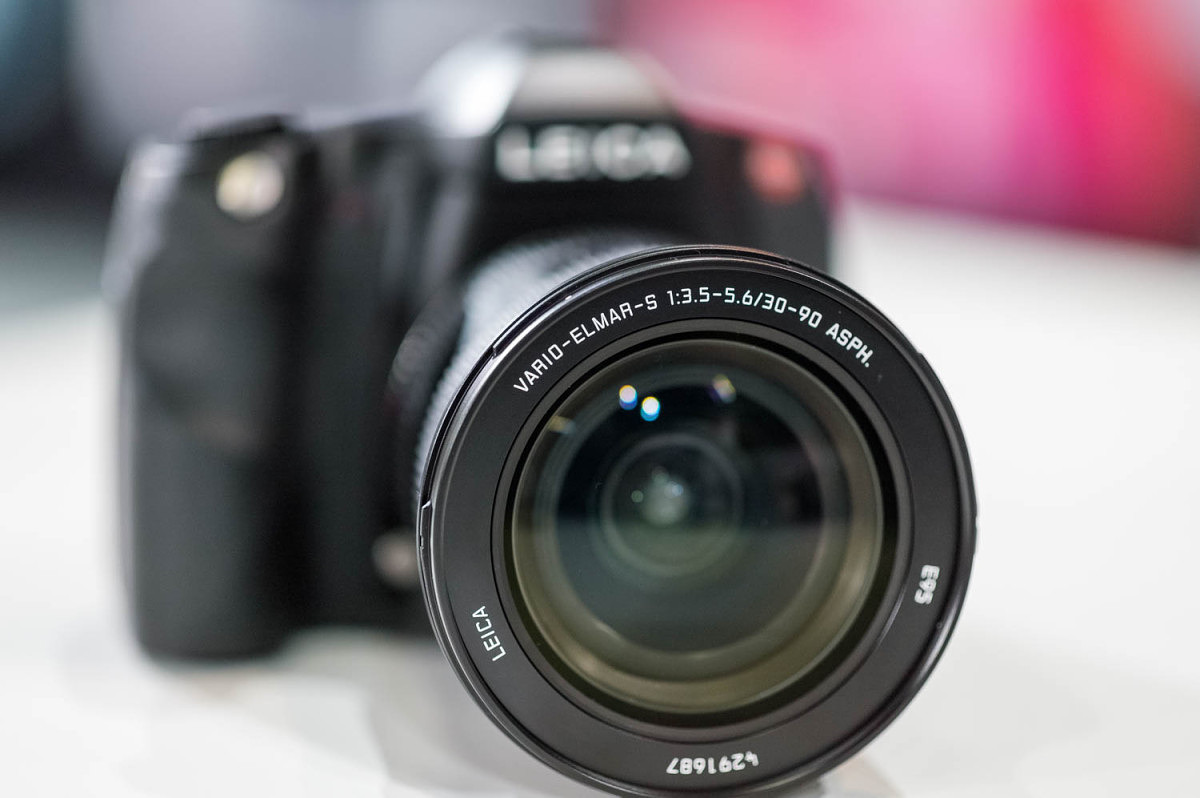
-
David Farkas replied to the topic Leica 120 mm CS: AF not working in the forum S Lenses 10 years, 7 months ago
David,
Glad to hear that the lens is back to 100%, and back in your hands.
-
david-farkas likes a reply on Leica 120 mm CS: AF not working 10 years, 7 months ago
-
David Farkas posted an update 10 years, 7 months ago
Here's a quick test show I took today. 100mm Summicron-S wide open at minimum focus distance, shot on S (Typ 006) @ ISO 800, 1/90th sec @ f/2. Not too shabby. 🙂 -
David Farkas wrote a new post, Photokina 2014: Day 4 – Leica compacts get upgraded with D-Lux (Typ 109) and V-Lux (Typ 114) 10 years, 7 months ago
There has been a lot of excitement at the show around Leica’s two new compact cameras, the Leica D-Lux (Typ 109) and the Leica V-Lux (Typ 114). Admittedly, there is tons of excitement around pretty much all of Leica’s 20-something new products presented here at Photokina, but for these two cameras we are seeing perhaps the largest upgrade from their predecessors. Both cameras have gotten major heart transplants, sporting sensors much larger than we usually see in cameras of this size.
I’ve used almost every generation of D-Lux and V-Lux and they have always been very capable cameras, offering great features, easy operation, lasting value and, above all else, great image quality. The new D-Lux and V-Lux cameras have raised the bar way, way higher with regards to absolute image quality, ease of operation and feature set.
I spoke with the product manager for these compact cameras, Peter Kruschewski, to gain a little more insight and take a closer look at these new models.
D-Lux (Typ 109)
The new D-Lux has a heft that belies its size. Pick it up and immediately you know this isn’t a plastic fantastic point and shoot. Rather than the half plastic/half metal build of the D-Lux 6, the new Typ 109 features an all-aluminum construction that is as durable as it is sleek. Even with its small form factor, the camera conforms nicely in the hand and has a little rubber thumb pad for extra grip. Multi-selector mode dials and the like are now replaced with direct exposure controls like shutter speed and exposure compensation dials on the top plate, with aperture and focus rings on the lens. The dials have solid detents and the focus ring is smoothly damped, giving a nice analog-type feel. Peter explained that the M-like control layout was a direct effort to make this generation of D-Lux (the 7th!) the truest to Leica DNA yet. And, I think on this front, Leica has succeeded. Straightforward controls have always been a hallmark of Leica.
The 12.8 MP micro 4/3 sensor in the D-Lux is 5x larger than the 1/1.7” sensor used in the D-Lux 6. To put this in perspective, Leica’s top of the line S System has a sensor that is 60% larger than full frame 35mm. The quality differences between the S and even the excellent M 240 (a full frame model) are readily apparent. The D-Lux’s chip is now 500% percent bigger. This is a really big deal.
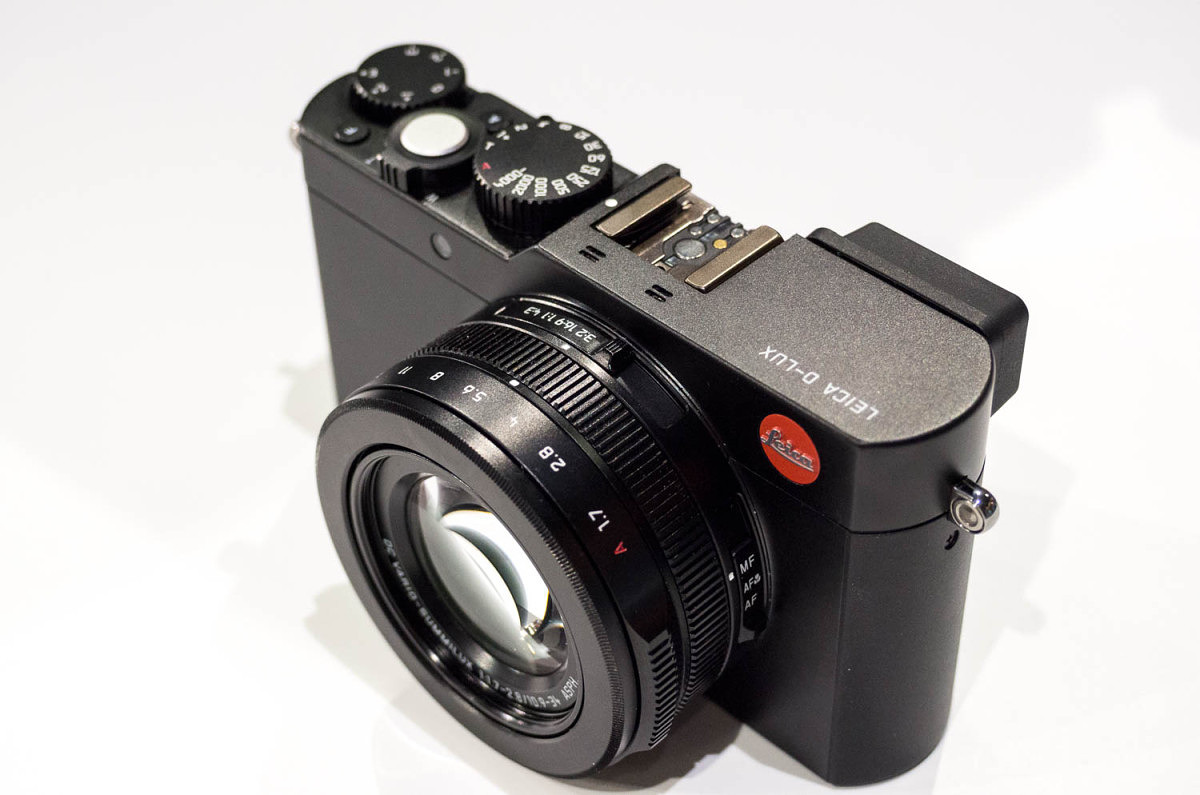
The two main advantages that a larger sensor will bring is improved low light performance and more creative freedom by allowing more depth of field control. Pictures will look more three dimensional with foreground subjects popping off the background. And, rather than struggling to take a clear picture at ISO 800 like on most compact cameras, I’m told this new model will excel at ISO 6400. Of course, if you want to see how far you can take low-light shooting, there are settings all the way up to 25,600.
Along with a larger sensor, you usually need a bigger lens. Somehow, the optical engineers at Leica have managed to keep the size of the lens down while still offering a great focal length range of 24-75mm (equiv) and very generous maximum aperture of f/1.7 – 2.8. According to Peter, yes, some sacrifices had to be made in lens design, such as limiting the long end of the range to 75mm vs. 90mm and going to f/1.7 rather than f/1.4. The goal was to keep the quality level and specs as high as possible, while keeping the size to a minimum. And, even though the DC Vario Summilux lens is larger on the Typ 109, it matches up quite nicely with the slightly beefier body. For those using filters, the D-Lux now accepts an E43 filter size, the same as used with the X Vario and the new X Typ 113.
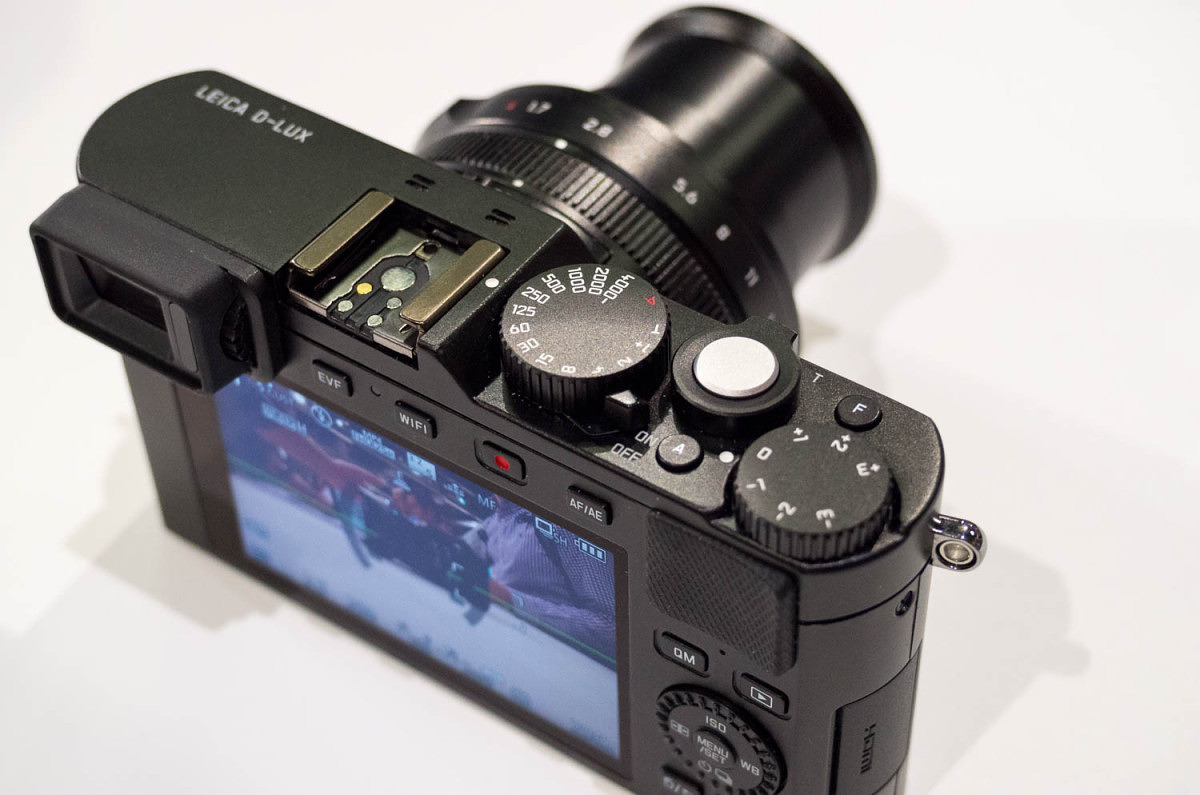
Also making its way to a D-Lux camera for the first time is a built-in, high resolution 2.8MP EVF. The EVF activates automatically when you place it up to your eye. A built-in finder has been requested by customers for some time, and now, Leica has found a way to incorporate it. Peter thinks that the built-in EVF is a defining feature of the Typ 109, and was extremely pleased that they were able to physically fit in to the camera, especially considering its compact size and other component requirements. Looking through the EVF is a real treat. Clear and bright with a fast refresh, this viewfinder is top rate with class-leading resolution and clarity.
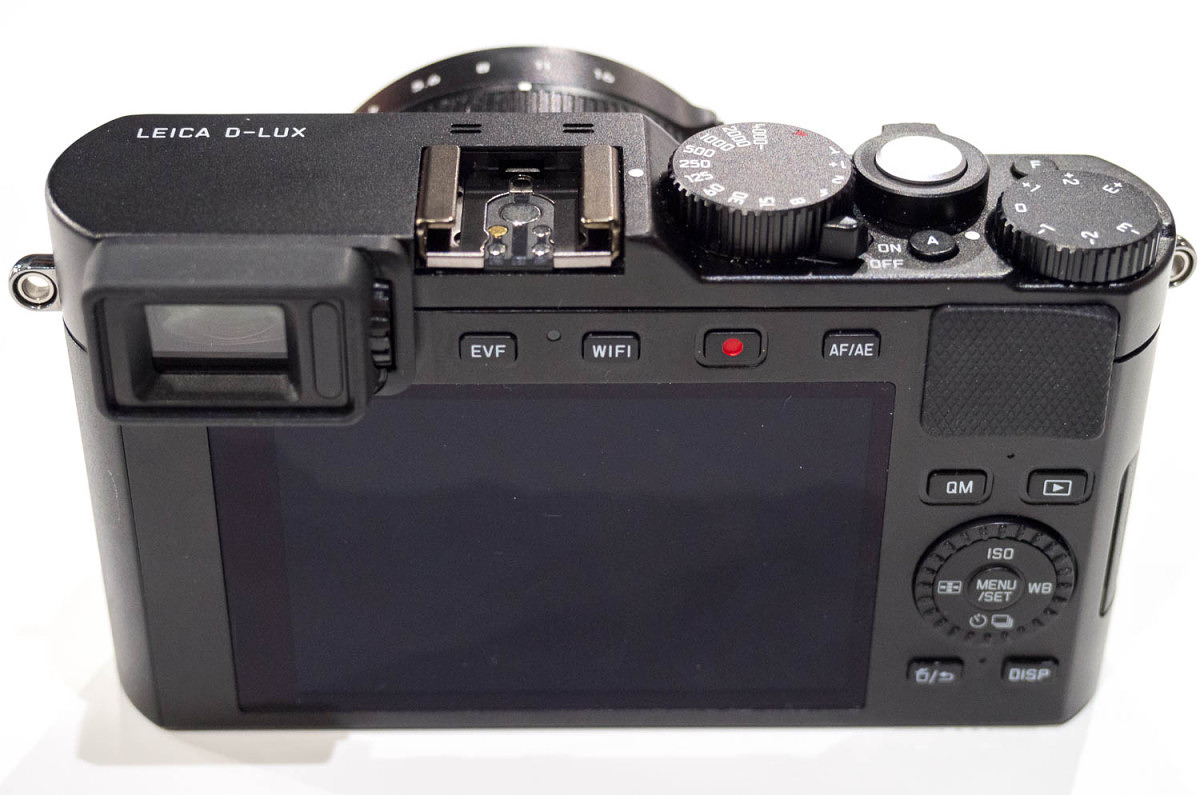
Of course, not everything was able to be fit in the new body. Perhaps because there was just no more space inside the packed chassis, or maybe to make the camera more system-like, there is no built-in pop-up flash. Instead, a small CF D hot-shoe mounted flash is provided with the camera. It’s cute and reminds me a little bit of the old single-use cube flashes, but it’s not made of clear plastic nor is it single use. You needn’t worry about batteries; the flash is powered by the camera. The other reasoning for omitting a built-in flash is that with such great low light performance and a fast f/1.7 lens, there are very few situations that you might actually need a small flash.
For video enthusiasts, there’s a lot to love. The D-Lux brings 4K video to the table with high-quality encoding up to 100 Mb/s. The 4K video area is slightly cropped from the full frame as it is 1:1 pixels for maximum quality with no down sampling. The active area isn’t too much smaller, so the resulting lens factor is about 1.5x, meaning that your 24mm wide angle turns to roughly a 35mm and 75mm at the long end goes to about 100mm. All-in-all, not a bad trade-off if 4K is your thing.
For remote camera control, instant review and image sharing, you can connect to your phone or tablet with WiFi. A new feature is that by using a phone with NFC (Near Field Communications), the camera and the phone will take care of setting up the correct WiFi settings for you. Very cool feature.
Rounding out some of the new features is focus peaking, visible on screen or in the EVF and a new high speed shutter setting, which takes the fastest shutter speed from 1/4000 sec on the D-Lux 6 to a crazy fast 1/16,000 sec by way of a new high-speed electronic shutter. And while you may not be able to freeze the flight of a bullet through an apple, you won’t need an ND filter to shoot wide-open at f/1.7, even on the sunniest of days.
One last note, for those upgrading to the new D-Lux, please note that the battery is not the same. Due to the increased power needs of the larger sensor, a new high-capacity battery, the BP-DC15-U is now required.
V-Lux (Typ 114)
The V-Lux has seen some pretty sizeable upgrading as well. The sensor has also gotten a sizeable boost both in terms of physical size and resolution, now sporting a 1” 20 MP CMOS chip. While not quite as large as the micro 4/3 sensor in the new D-Lux, the V-Lux’s 1” chip is 5x larger than that used in the V-Lux 4 and should see the same relative performance improvements found in the D-Lux, like better subject separation and improved low-light capabilities.
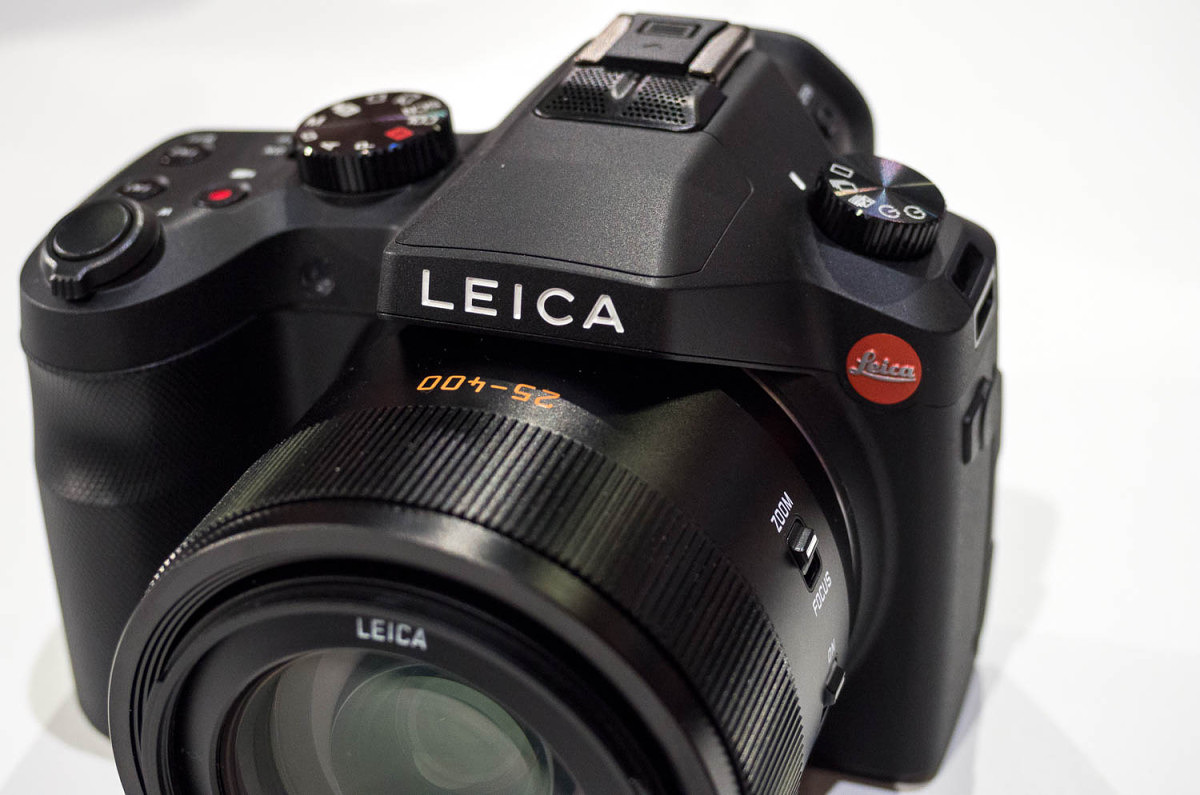
Peter called the new Typ 114 the “Swiss Army Knife of digital cameras.” He doesn’t seem too far off the mark here. In spite of the huge increase in sensor size, the V-Lux still boasts a 25-400mm f/2.8-4 zoom with image stabilization and incredibly fast autofocus. And I mean really fast. It used to be accepted that for sports you really needed a DSLR with a long zoom to capture action, and that a compact all-in-one camera fell short. Not so with the V-Lux. The AF is smoking fast, able to move that big lens from 2m to infinity in a blink of an eye (if said blink took 0.2 seconds). The camera can shoot at a blazingly quick 12 fps and, just like the D-Lux, now has shutter speeds up to 1/16,000 sec.
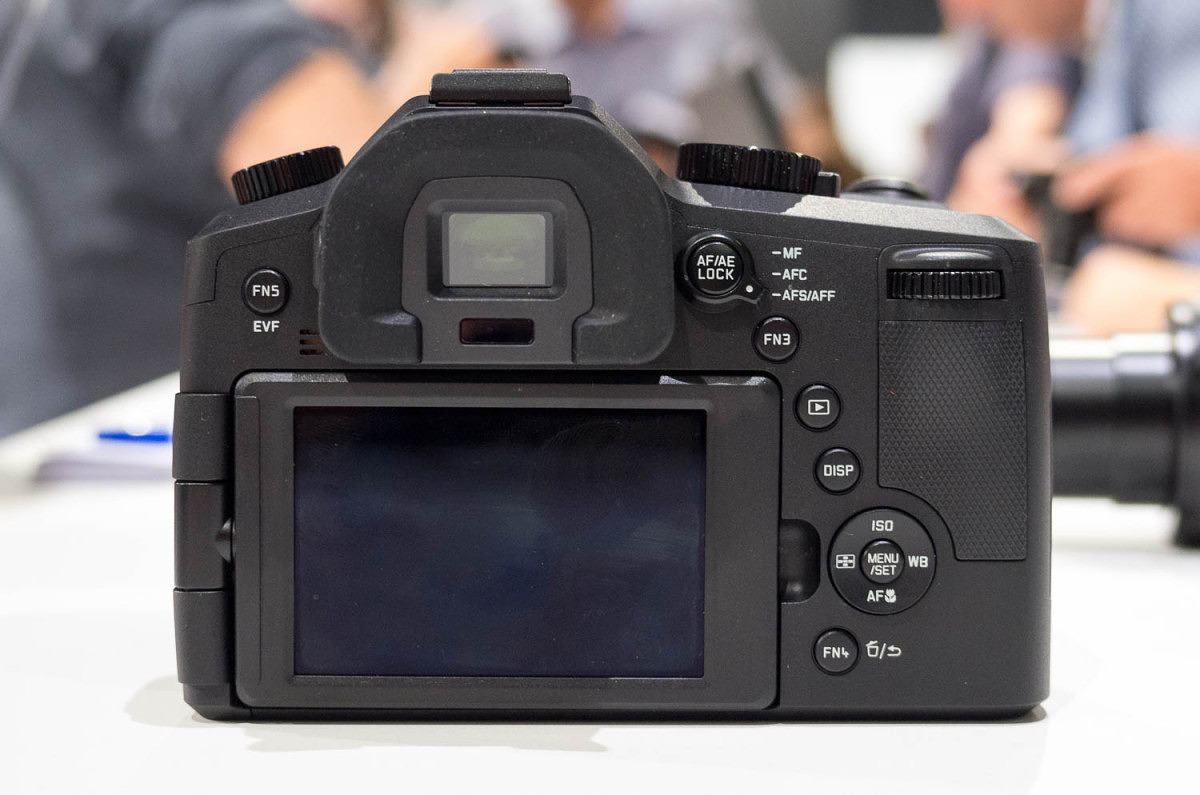
And, with 4K video on board, you can shoot even faster if you need to. Because each frame of 4K video weighs in at 8MP, and because you can capture 30 frames of this resolution every second, a new technique for action is to pull still frames from high resolution video. On FullHD, each frame is only 2MP, hardly enough for anything but online use. But, with 8MP, even prints like 16×20” can be expected. And, because the capture size is smaller than the full sensor, you can get an effective 600mm focal length for these action sequences. Of course, this technique isn’t without trade-offs. You’ll be giving up RAW which will limit your post-processing options and you won’t get the full 20MP image. But, if you really want to catch a cheetah bounding across the plain while on safari, it’s worth at least trying.
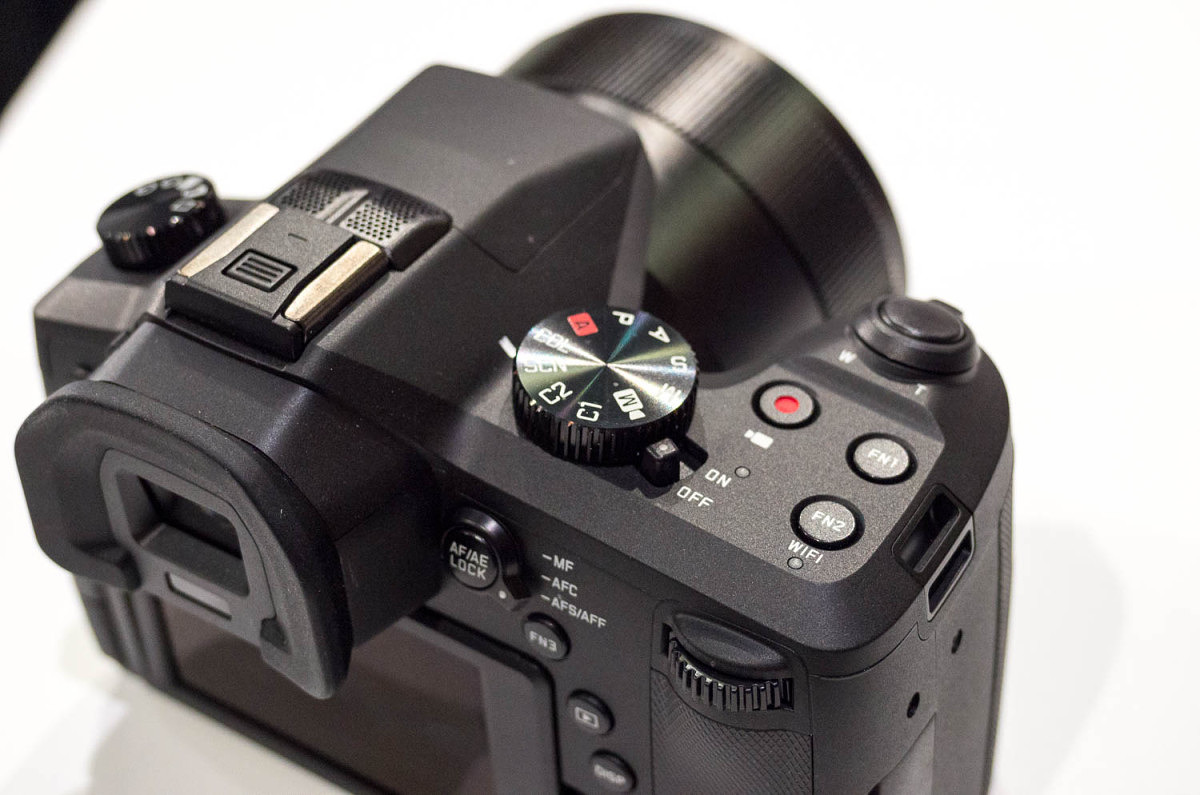
With the bigger sensor, low-light performance should be improved and as such, the ISO range has been expanded from a 3200 max up to 12,800. My guess is that optimum maximum ISO will be somewhere in the 1600 – 3200 range.
While the V-Lux 4 featured a built-in EVF and a rear LCD, both have gotten nice upgrades. The EVF is now a 2.4MP OLED type and the screen gets a full 920K pixel resolution, same as the D-Lux. Both are crystal clear with smooth and fluid live view. And, just like the D-Lux, focus peaking is an option for manual focus assistance.
And, just like its D-Lux brethren, similar WiFi and NFC can be found here too. All you need is the free Leica app on your iPhone or iPad and you’re off to the races.
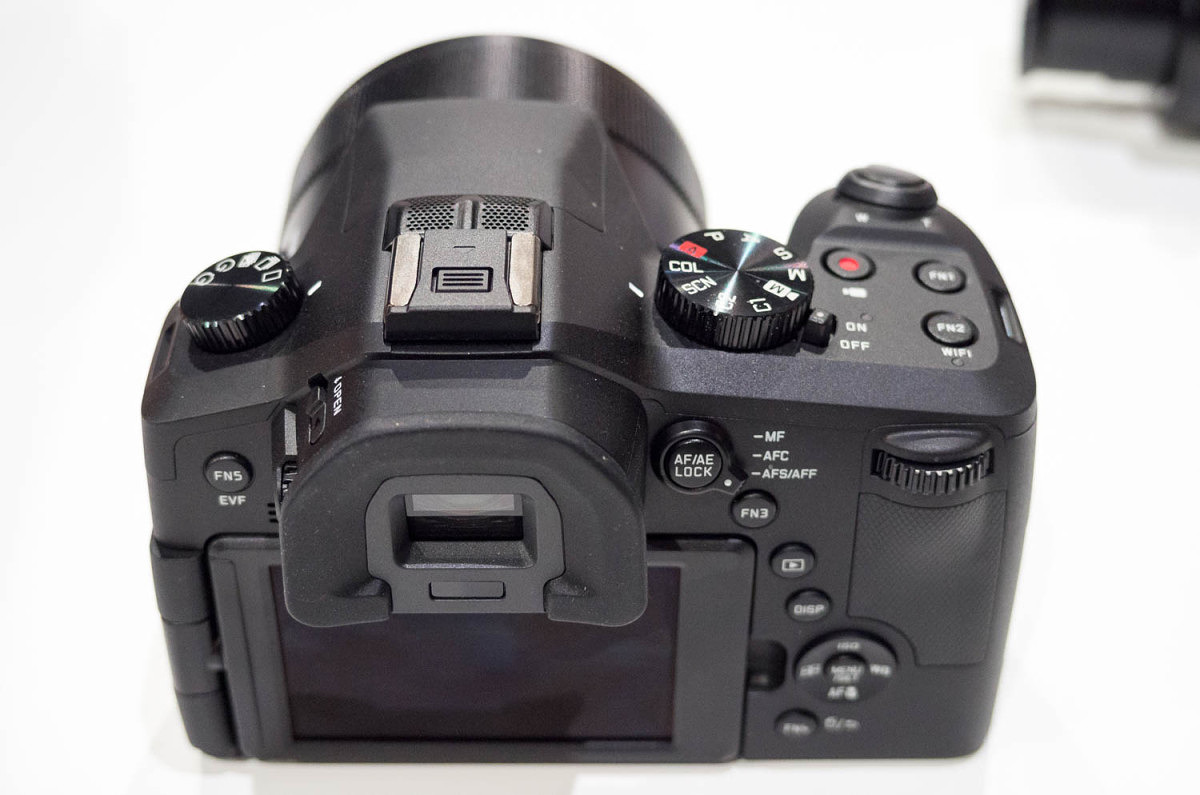
Besides just the internal modifications, the new Typ 114 has had more notable changes from V-Lux 4. It is larger but not much heavier. The increased size is need to accommodate the larger sensor and correspondingly larger lens, which now has a front diameter of 55mm. A nice benefit of the thicker lens barrel is the addition of a nice, wide zoom/focus combination ring. There’s a small switch on the side of the lens that allows you to toggle the function easily. The only other switch on the lens is one to control image stabilization. In fact, this more minimal design carries throughout the camera as there are fewer buttons and switches. The result is most certainly cleaner, more streamlined, and ultimately more modern.

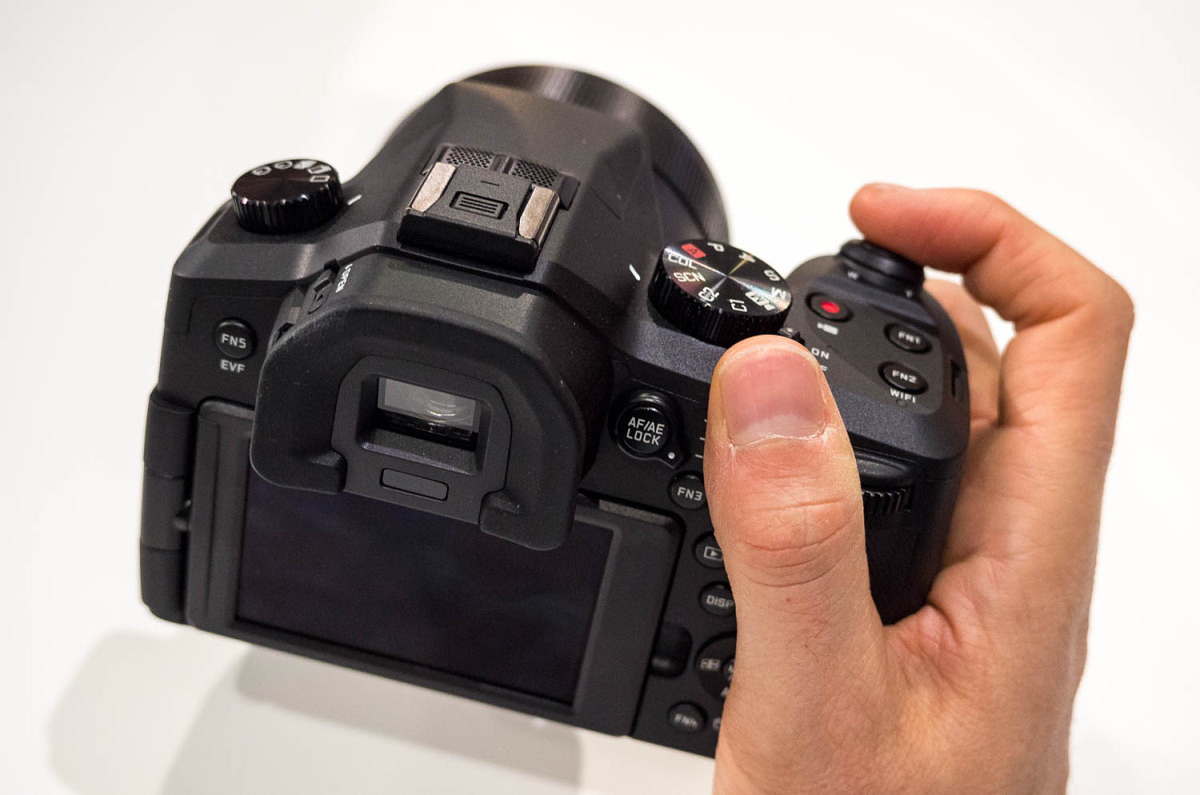
The camera feels very nice to hold. The grip is well-defined and a rubber thumb pad is added for increased ergonomics. Something else you might notice when picking up the camera for the first time is that the EVF/eyecup assembly on top of the camera protrudes from the body and overhangs the rear articulating LCD by at least a good inch. The result is far fewer nose prints on the LCD for the camera and less squished noses for users. Perhaps the most grateful demographic will be left-eyed shooters, who always seem to struggle to find a comfortable viewfinder position.
Overall, the V-Lux (Typ 114) is a very solid evolution from the V-Lux 4. Leica sees it as the perfect camera for vacations, safaris, sports, or just about anything where you need maximum zoom capability with the option of high-speed focus and shooting as well as 4K video.
Unlike the D-Lux, the new V-Lux still takes the same BP-DC12-U battery. So, at least one thing is still the same…
Wrapping up
These two new compact cameras show a direction change for Leica. The under-the-hood improvements are dramatic, much more significant than in any other generational evolution to date, and offer novices and enthusiasts alike so much more bang for their Leica buck. Big sensors, great lenses, high ISO capability, more 3D look, 4K video, WiFi and more, with solid construction and great ergonomics.
These aren’t cheap cameras, by any means, at $1,195 and $1,350 for the D-Lux and V-Lux respectively. But, they are perhaps the best value in the entire range. These models are equally well-suited to first time Leica buyers as they are to veteran M shooters looking to augment their arsenal with something a little smaller, as in the case of the D-Lux, or something with more range and speed like the V-Lux.
I think Leica has done a great job of filling in all the gaps in the product range. C, D, V, X, T, M, S. No small feat for a company that had its early struggles with digital photography not that long ago. Now, there is a system for almost every user and every need, at different price points.
The new compacts should start shipping in November 2014 and are available for immediate pre-order from Leica Store Miami.
Update (Sept 23): Just got word that the first delivery of V-Lux (Typ 114) cameras will be available starting this week! Order here.
-
Thanks David, for the interesting info.
Question: will the CF D hot-shoe mounted flash work on other Leica cameras? -
@Legardo Congrats on getting the new V-Lux. It's a great camera. The OIS button is to enable/disable the Optical Image Stabilization. I'm not familiar with an ALTADIF lens filter. My recommendation would be a B+W UV filter like this one. A fast memory card would suit you for taking 4K video and still images. Hope this helps.
-
Quite interesting information, thank you!
-
-
Josh Lehrer replied to the topic New S (007) in the forum Leica S 10 years, 7 months ago
To be honest I'm actually pleased with Leica’s decision to stay at 37.5 megapixels. Having made many large prints with the S2 and the S (Typ 006) I've yet to find myself wanting for more resolution. I find that the only times the image sharpness is not satisfactory is when I make a mistake in my technique. As we all know the tolerances for m…[Read more]
-
David Farkas wrote a new post, Photokina 2014: Day 3 – Hands on with Leica X (Typ 113) and X-E (Typ 102) 10 years, 7 months ago
The X System has been an interesting evolutionary process. First, Leica released the X1 along with the M9 and S2 on 9/9/9. The theme of that launch was that the S2 was the smallest medium format camera, the M9 the smallest full frame camera and the X1 the smallest APS-C camera. The 12MP X1 was relatively well-received but had its own shortcomings. A year later, at Photokina 2010, Fuji showed how much they liked the X camera concept of a DSLR sensor in the body of a compact camera with classic styling by showing their own. Heck, they even called their version an X100. The X100 had an APS-C sensor, a 35mm equivalent lens just like the X1 and a two tone look, again, much like the Leica. Not much happened with the X System until the X2 was released in May 2012 at the Berlin Das Wesentliche event. The X2 upped the resolution, kept the same great lens, and addressed many of the shortcomings of its predecessor. The X2 certainly did much better in the market and has proven to be a great little camera. My wife still uses and loves her Paul Smith X2.
But many users wanted a zoom lens and a better screen, among other things. So, in July 2013, the X Vario was launched. Featuring a 28-70mm equivalent zoom and a larger 3” high-res screen with the operational elements from the new M (Typ 240), the X Vario (Typ 107) seemed like an even bigger improvement. Unfortunately, the market didn't necessarily see it this way. The camera was teased as a Mini-M leading up to the launch (and it does bear a striking resemblance to the M). Expectations ran high for a CL-type digital, a smaller optical rangefinder camera, hopefully with full frame. This is not what came and to make marketing matters worse, the zoom lens featured a variable aperture range of f/3.5-6.3. Perhaps if the lens had been just a half a stop faster at f/2.8-5.6 the launch might have turned out differently. Forget for a moment that the lens on the X Vario is probably one of the best zoom lenses Leica has ever made for any camera, and that it was taken on and designed as a personal challenge by head of optics Peter Karbe, or that the $11,000+ 30-90mm S lens has almost the same f-stop range and no one complains. The result was a slow start for the X Vario, but a loyal following for those that were willing to try one out. I carry one with me every day in my “man-purse” ONA bag. My logic is that I get a compact camera with autofocus, usable high ISO, a serviceable zoom range, incredibly good optics, just the right amount of resolution, I can shoot video and I am still getting real Leica images close to the quality of an M9. As proof of its flexibility, just a take a look at 90% of the images on my Photokina 2014 reporting here on Red Dot Forum – they are all done with the X Vario. My video interviews – also done with the X Vario. It’s a good camera, and I’ve been a fan ever since I took one on a family trip for review. I never ended up taking it out of my bag.
But now that Leica had given its users a really good X camera with a zoom, they wanted a fast prime lens, faster than the 36mm f/2.8 on the X2. And, now they have it. The X (Typ 113) is the culmination of the improved features and body of an X Vario, along with a newly designed 23mm (35mm equiv.) f/1.7 Summilux ASPH. I’m told the lens is a real stunner, and I can’t wait to try one out when I get back to Miami. I’m not sure it will replace my X Vario, but I’m open to the possibility. And lest I forget to mention that this new lens focuses down to a mere 20cm. Oh, the possibilities…
Besides the fast lens, there is one major update to the X 113 from the X Vario. The camera can use the Visoflex (Typ 020), the same 2.4MP EVF that is used on the T (Typ 701). This means that in addition to the nice move from 1.4MP to 2.4MP, the new X will also be able to embed GPS data into the photos when using the Visoflex. The camera also features some nice software updates like improved Auto ISO settings, better navigation through the on-screen GUI and enhanced audio controls for video. Except for the improved audio controls, I requested all of the changes in my initial X Vario review. Thankfully, in concert with the X 113 release, updated firmware is available to all X Vario owners to take advantage of the same feature improvements.
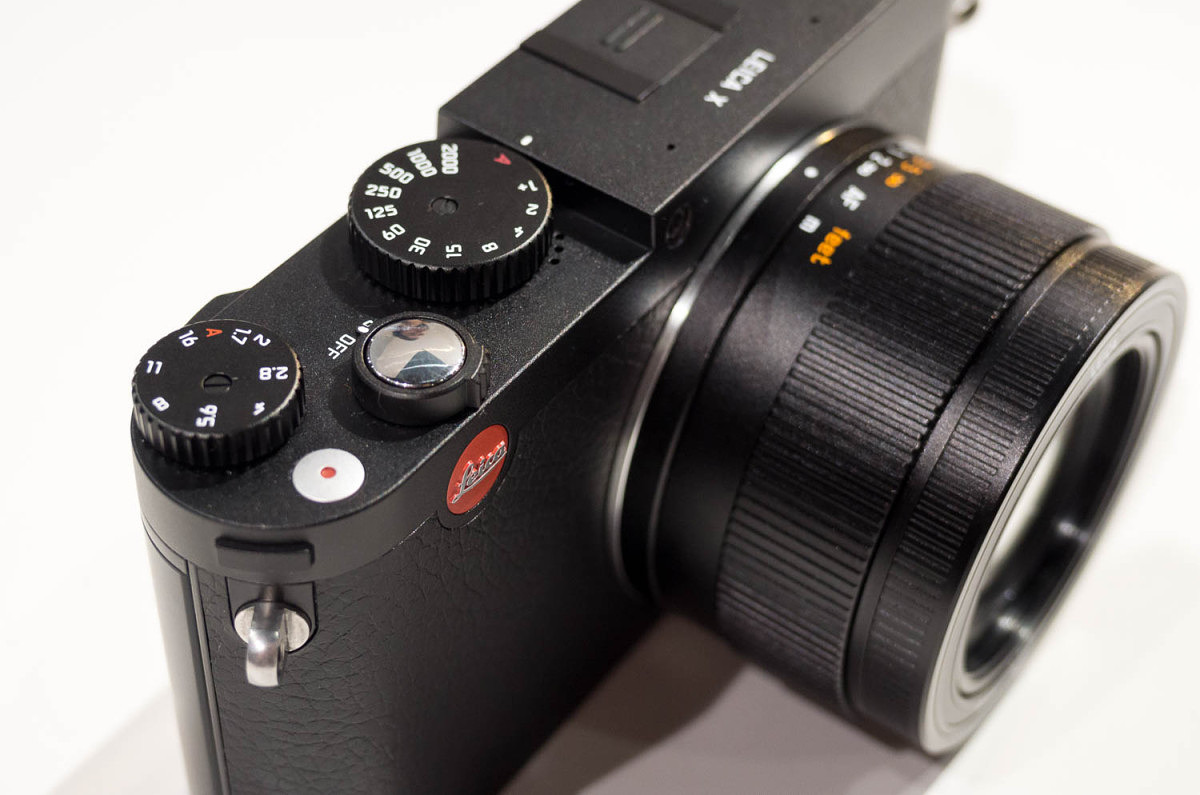
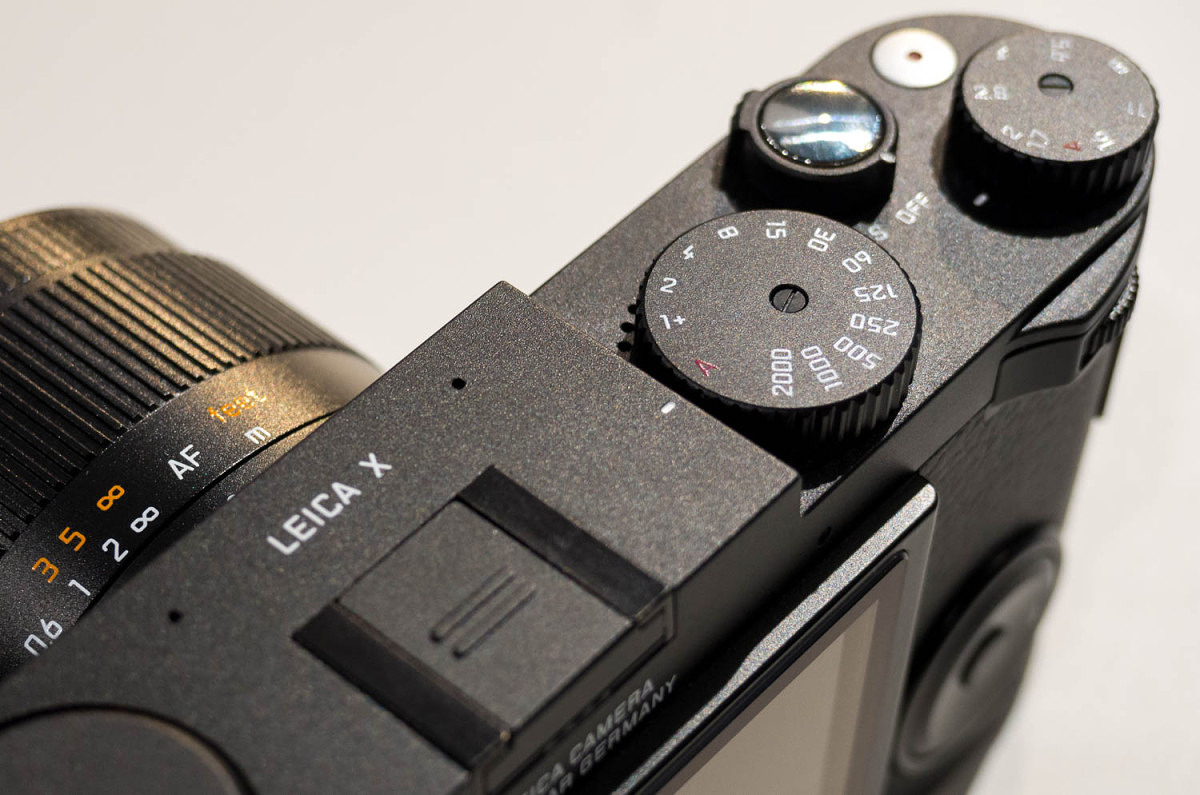
Another nice update is that, in addition to the standard black on black color motif, the X 113 now comes in a super-classy silver chrome with brown leatherette finish. It looks awesome. Leica should really be congratulated for going outside the normal range of options and creating such a stunning camera design. Like the X Vario there are manual dials on top of the camera for aperture and shutter speed and a smooth-turning, wide-ridged ring on the lens for focus with a proper focus scale. All these controls feature an A setting whereby that function can be automatically set by the camera. I love being able to shoot in full auto then easily use the lens in MF mode without ever looking at a single menu.

The X 113 camera will run just $2,295, which is a great value considering you’re getting a Leica Summilux lens and solidly-made Leica camera. As I tell people regarding the Vario, just think about it this way, you’re paying for an awesome Leica lens at a fraction of what a similar M lens might cost….and you’re getting a great camera essentially for free.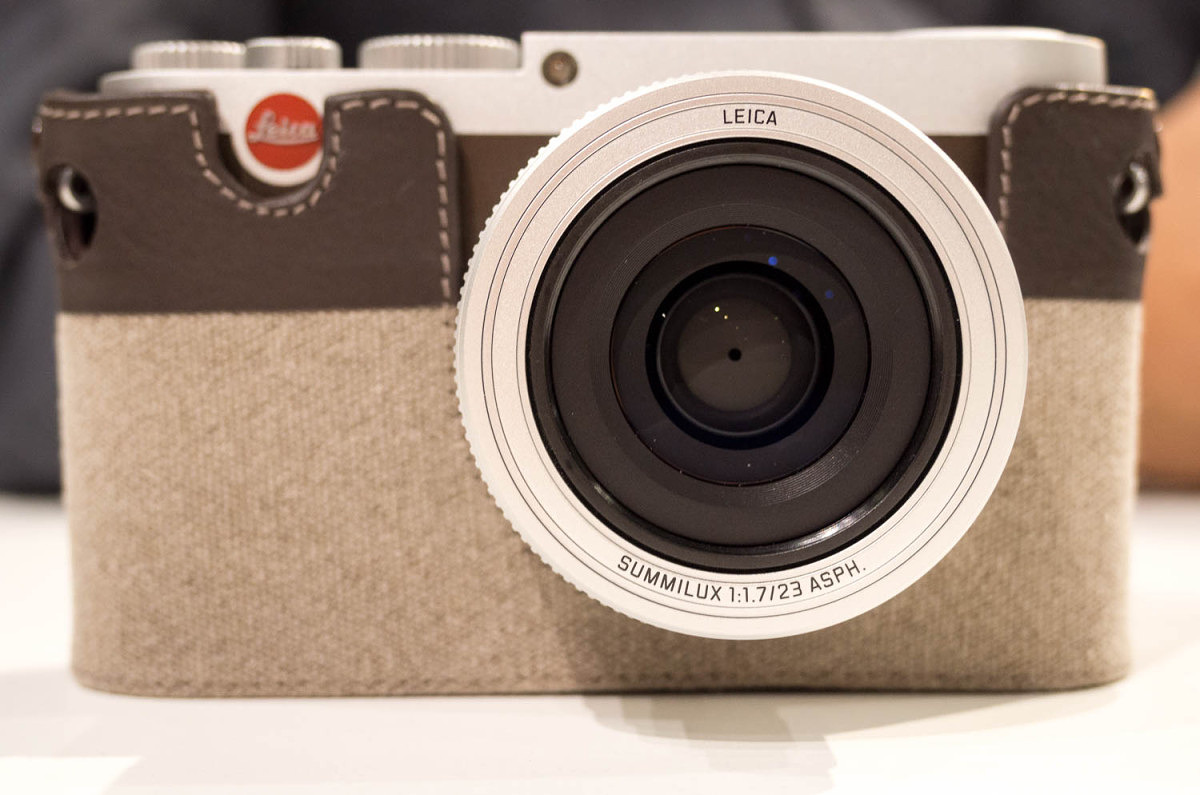
Along with the camera, there are some really sweet cases, both full every ready and half case protectors. For the silver/brown camera I’d suggest the two-tone canvas and leather one that looks like it came off the set of Mad Men. So vintage. So cool. There’s also a matching brown leather strap and two tone Visoflex pouch to keep the look going.
And while the X2 is officially going away, fans of the camera needn’t get too emotional. The X2 will start life over as the very fashionable X-E (Typ 102). Styled in titanium with contrasting silver chrome dials and a textured silver cladding, the X-E looks both sci-fi modern and runway chic at the same time. The price has been dropped to just $1,795, which is downright affordable for an APS-C Leica camera with a lens. The T camera body, which features the same basic sensor, is $1,850 without a lens.
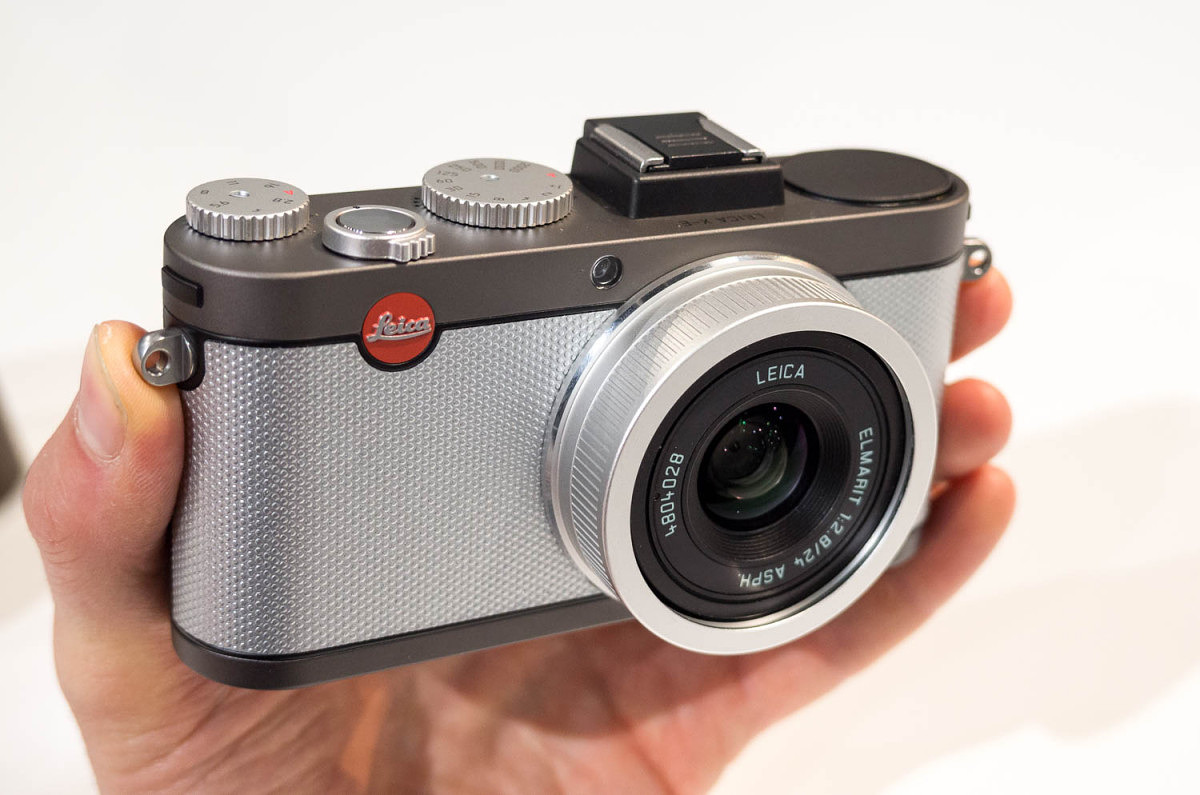
After I had a chance to play around with the new models and some of the cases, I sat down with X and T product manager Maike Harberts. You might recall our conversation not that long ago regarding the design process of the Leica T system.Let's start off easy. Please tell me about the X-E.
The X-E is basically the X2, but we used the a la carte titanium finish, contrasting silver dials and a new silver textured leatherette. I think it's a bit more space-shippy. And of course, we offer it at an attractive price point.
The X2 was very successful, so now we can offer new customers a more attractive price with a very different style.
Who do you think is the target market for the X-E?
It's not a Paul Smith or a special edition in any way, but it is for a customer who wants good quality but is not shy about showing off personal style. Anyone can have a black camera and be a “serious photographer”, but with this camera you can wear the camera and say, “hey I'm carrying a Leica.”
It can also be for the customer where the X (Typ 113) is just too big, they can look at the smaller and lighter X-E (Typ 102).
So, moving on, let's' talk about the new X.
We offer it in two color choices: black/black and silver/brown.
Why brown?
Of course, we could have put on black leatherette, but it's such a beautiful look with the brown. Brown is not too flashy and goes so nicely with the silver chrome. This is a beauty and appeals to men and women both.
What's the biggest feature of the X?
We embraced what people were looking for, a fast lens on an X camera. And ultimately, we decided to stick to the classic focal length of 35mm.
We also embraced the manual focusing. That was also a demand. With the bigger lens, we now had space to offer manual focus with a wide focus ring on the lens.
Why not a 50mm?
We reached out to quite a few customers and realized that 35 is perfect. 50 limits in terms of wide angle. So, we stayed with 35mm. And with the close-focusing abilities, you can just get closer when you need to and still get great Bokeh.
How similar is the new X to its predecessors, the X2 and the X Vario?
From a technical point of view the X Vario and the new X are almost identical. There are of course some minor changes. We had to make some small changes to accommodate for instance the new Visoflex (Typ 020).
The other thing you'll notice is that there is a consistency. A purpose. So when you pick up any X camera you immediately know how to use it. It's extremely easy to understand, whether it is the new X 113, the Vario or an X-E.
What was behind the decision to use the same 16.2 MP CMOS sensor in the new X?
We have such good experience with this sensor. It's a great sensor. It gives us the right resolution and we are very familiar working with it. I would need to see something with much better performance, then we could look at switching for future products. But for now, we really love this sensor.
Does the new X have an AA filter?
Yes, we use an AA filter on the X cameras, but no AA filter on the T. The T is a system camera, so there is a difference there. But, the AA filter is quite weak on the X line.
I noticed a strange phenomenon when shooting with the X. Why does the lens not shoot at f/1.7 close up? At close distance it only allows shooting at f/2.8.
One goal at Leica is that we have a consistent high-quality for all focal lengths and over all focus distances. So with the new 23 Summilux, a lens tends to go down in image quality in the close focus range. We could have made the lens much larger and heavier to maintain the performance without varying the aperture. The second option is that we could have limited the close focus distance to 50 or 60cm. Or, the final option is that we allow much closer focusing distance to offer greater options for photography but stop the lens down a bit in order to maintain the highest image performance. Of course, with such a close focus distance, you can still achieve very shallow DOF. So, I think it's not a bad compromise. We didn't want to limit the close focus distance, but I agree with the optics designers that we, as Leica, need to maintain the best image. This is always our first priority.
Thanks a lot Maike. Congratulations on the new products.
You're welcome, David. We hope the customers enjoy the cameras as much as we do.
Keep following my updates from Photokina 2014. There's still more to come! And feel free to post any questions you have for me here or in the forum.
-
David Farkas replied to the topic New S (007) in the forum Leica S 10 years, 7 months ago
I just posted an extremely in-depth write-up on the S (Typ 007). Give it a look:
Photokina 2014: Day 2 – Everything you need to know about the Leica S (Typ 007)
-
David Farkas wrote a new post, Photokina 2014: Video interview with Stefan Daniel, Leica Director of Product Management 10 years, 7 months ago
Stefan Daniel, Leica's Director of Product Management walked me through most of the major products introduced at Photokina. Of course, with so many new cameras and lenses, we couldn't go into too much detail on […]
-
David Farkas replied to the topic How is everyone liking the new site design? in the forum Annoucements and Site Matters 10 years, 7 months ago
Doug, if you click on the time/date in the Last Post column, you will be taken directly to the latest reply.
As far as old attachments that were migrated over, yes, some the sizing got a little strange. But, moving forward all smaller res preview images will all be the same size.
-
David Farkas wrote a new post, Photokina 2014: Day 2 – Everything you need to know about the Leica S (Typ 007) 10 years, 7 months ago
With my focus on the M yesterday, I wanted to dedicate my second day at the show to the new Leica S (Typ 007). As the third generation in the S family (I’m not counting the old S1 as it’s a totally different animal), Leica stepped up their game pretty significantly with the S 007. The new S ticks a lot of boxes on users’ wish lists. I got a chance to sit down with Stephan Schulz, Director of Professional Photo Products, and Toni Felsner, Project Manager of the S System to go over all of the changes on the new S.
The S 007 isn’t the first…or second or even third…medium format digital camera to transition from a CCD to a CMOS sensor. Hasselblad, Phase One and Pentax all got there first earlier this year by using the 44x33mm 50MP Sony sensor. But, like one of my favorite sayings goes, “The early bird may get the worm, but the second mouse gets the cheese.” The Leica S is now the fastest MFD system in the world, boasting a frame rate of 3.5 FPS, which is blazingly fast thanks to the new Maestro II image processor under the hood and the rapid-fire, lightweight shutter making light work of exposing the new CMOSIS-produced CMOS sensor at the heart of the S.
The camera also is the first to shoot 4K video and use the full width of the sensor to produce 1080p video. It’s got 802.11n Wi-Fi, built-in GPS, UHS-I dual card support, HDMI out, much faster autofocus and focus tracking, USB 3.0, a new and quite large daylight-viewable transflective top display, 60fps live view with focus peaking, DOF calculations clearly indicated, a whole host of video features and incredibly fast image processing.
Handling the camera is not too different than the S (Typ 006) that I have used extensively. The size and shape are familiar, which is to say, still one of the most comfortable and ergonomic camera bodies I’ve ever used. The camera is built like a rubber-encased tank and has seen upgrades in the durability category in addition to all the under-the-hood changes. The entire lens mount, and not just the mounting ring, is now solid stainless steel. So are the strap lugs. The mount now has a polished sheen of indestructability. The new faster, quieter shutter is now rated at 150,000 actuations, up from the already respectable 100,000 on the S (Typ 006).
While the bulk of the body remains the same, the entire top plate is brand new. The round knob-like GPS nub of the S (Typ 006) is replaced by a black gloss rounded rectangle that sits flush with the top of the camera. At first glance, it looks like a second status screen and seemed somewhat out of place, but it does fit the design quite well after some getting used to. The top status color OLED of the S (Typ 006) is now traded out for a handsome transflective monochrome LCD that is at least double the size. Information is clear and crisp with white lettering against a deep blue background, and the transflective screen, while still having a built-in backlight, actually increases in readability under bright light. The screen is reminiscent of those used in car dashboard displays.
The shutter speed dial is now updated as well. No speed markings grace the dial any longer. The dial is smaller in diameter, has been moved forward towards the front edge and is much easier to turn. The concept is to have multiple functions for this control element and to be easy to turn by your forefinger while gripping the camera. Both were achieved here as I found it easy to use and comfortable to access while shooting. In playback mode, the top dial now controls zoom, with the rear thumb dial taking care of scrolling. This makes playback and review of images much quicker and more intuitive.
The last changes to the top plate are two steel buttons that sit to the right of the large top LCD and behind the top dial. The one with the red dot on it is to activate video recording and the other unmarked button is to turn on live view.
While not readily apparent from looking at the back of the camera, the onscreen GUI has gotten a nice facelift. Leica designers have traded rounded, dark gray selections to a more modern flat design, more similar to what you might see in iOS 7 or Windows 8. The look is clean and readable and functionally perhaps just a little easier to navigate given the improved menu organization. You also can update firmware within the menu without having to power cycle the camera and hold any buttons for x amount of seconds.
The battery has gotten its own update. Visibly indistinguishable from its predecessor, the new battery boasts an increase in capacity in order to run the live view and video features of the S 007. The really great news for existing S2 and S 006 owners is that the battery is backwards compatible, meaning you can use it to get even longer battery life. It can be used in the Multifunction Grip, which is unchanged, as well as being charged using the same Pro Charger. Just don’t mix the old and the new battery in the grip. The warning I received about this reminded me a part in the movie Ghostbusters of when Egon warns his comrades about not crossing the streams, so we’ll leave it at that.
Included with the camera is a new piece of hardware, called the Leica Audio Adapter-S. This small dongle attaches to a locking LEMO port on the side of the camera and has three ports, two 3.5mm audio jacks, one for microphone in, the other for audio out, as well as an RCA connector for importing timecode from an external generator.
A lot of focus has been given to providing professional video features in the new S. As I already mentioned, the camera can shoot Digital Cinema 4K and 1080p FullHD. The 4K is actually wider than that used on televisions and computer monitors, measuring 4096 x 2160 pixels. The 4K video is captured at 1:1 on the sensor, meaning that each pixel on the sensor yields one pixel on the final video. So, to this end, the 4K capture area is a cropped section on the larger sensor. While I was pretty excited about the prospect of 4K on such a large sensor, from a quality perspective, this approach is a better one. In 1080p FullHD mode the entire area of the sensor, cropped to 16:9, is used. I imagine video guys everywhere drooling over the prospect of shooting on such a large sensor through the incredible range of S glass. Video can be recorded to either a local CF or SD card, or simultaneously to a computer or recorder via the HDMI port. Output from the HDMI port is limited to 1080p only, as Leica is using HDMI v1.3 which cannot carry 4K signals. The video feed is clean, stripped of any overlays or other information, allowing it to be recorded and ported as necessary. Quality of video should prove to be excellent, whether recorded to card or over HDMI. 4:2:2 sampling is used for best color fidelity and Leica engineers are targeting a bit rate of 50 Mb/s.
Besides video features, the two main focuses of the S product team has been to overcome two of the challenges historically found in medium format digital systems, namely speed and low light performance. The S has seemed to come out on top on both accounts. At 3.5 fps, the S shoots roughly three times faster than a Hasselblad or Phase One camera. This frame rate is possible with the new shutter and with the upgrade to the Maestro II. The first Maestro processor, care of chip maker Fujitsu, was already quite capable, chugging through 160MP/s. It powered the S2, the S 006 and most recently the M (Typ 240). While a specific speed isn’t being disclosed right now, the second generation ASIC chip is on the order of 2.5-3x faster than its predecessor. Along with support for Wi-Fi, USB 3.0, live view, 4K video and a blazingly-fast frame rate, the new processor also boasts improved image performance and enhanced in-camera RAW noise reduction. This goes to address the second goal, low light performance. Even though the sensor architecture is roughly the same as the one used in the M 240, these improved algorithms and image processing will result in even less noise at equivalent ISOs to the M. We are talking about very good and usable full res ISO 6400! The S is no longer relegated to being used in full light or being confined to a tripod. Coupled with the 30-90mm Vario lens, this beast could easily serve as a general purpose shooter, with similar handling and capabilities to that of a pro 35mm DSLR, but offering the advantages of medium format with a sensor area 60% larger.
Along the same lines of speed comes an entirely redesigned AF system. While still featuring a single cross-type sensor in the center of the frame rather than a few closely spaced points, the already good AF speed and accuracy is now improved by a full 50% increase in both. This is not a small incremental bump, but rather feels totally different. I tried it out and even the previously mediocre AFc tracking mode is really good now. I’m told that it can easily track a subject walking or jogging toward the camera, even in the close range. And, you don’t even need to buy a new S 007 to take advantage of the speed increase.
Here’s how it works. In the old system, the AF sensor when activated would tell the motor to start moving towards the target distance. When it reached that point, the AF sensor would measure again, then start the motor again to adjust for precision, and repeat as necessary until 100% perfect. But this starting and stopping proves to be a little inefficient.
In the new system, the AF module stays active during the entire travel of the lens, constantly measuring and providing real-time instructions to the focus motor. Also new is the ability to finely vary the speed of the motor, slowing down and starting up gradually to minimize any jerkiness and increase movement efficiency. Apparently, the hardware to control motor speed through pulse width modulation and maintain AF measurements throughout the range have been there since the S 006, just not the software. So the new firmware just released for the S 006 upgrades the AF to the new standard. Unfortunately, given the hardware differences, the S2 cannot take advantage of this. Leica’s been doing a fantastic job providing ongoing support and expanding functionality for existing customers.
Also included as part of that AF package is a faster time to shoot. In AFs mode, when you press the shutter, the mirror actually starts to move before the lens motor has fully stopped. The system knows where the point of focus will be and will continue to finalize focus while the mechanical exposure sequence starts. This leads to a feeling of much more responsiveness.
Another huge item is live view functionality. With a 60 fps refresh rate off the sensor, live view looks amazing. Clear, bright and fluid. Unlike the M 240 or the T, which only allow for zooming in to the center of the image, the S 007 allows you to pan anywhere in the image at 100% view. And, you can use a spot cursor to use contrast detect AF anywhere in the image which in live view. There is also focus peaking and the focus spot can be combined with the spot meter to meter anywhere in the frame as well. Very nice implementation.
Like the T, the S can now use the Leica Shuttle app for iPhone or iPad to remotely control the camera and stream a live feed from the sensor. If you have a weak connection, the frame rate will drop, but the camera will still communicate. All image controls as well as relevant menu items can be accessed remotely and high-res JPGs can be streamed while shooting, all while the camera records to the internal memory or to a tethered connection over USB. Great feature for both the commercial studio as well as in the field for landscape applications. And, just like the T app, you’ll be able to browse and evaluate all the images on the card.
Some of my long-term wish items have been granted. In speaking with the Toni, he said that there were some “David Farkas wish items” on the new camera. One of my long-term wishes for landscape photography was to have the ability to determine hyperfocal distance. The S offers such a full system integration between lens aperture, precise focus distance and the camera that I reasoned it should be possible to calculate and display a DOF range. I’m happy to say that this is now a standard feature on the S 007. Whenever you are in manual focus mode or when performing a manual focus override in AF, three numbers show on the top display: the focus setting, front focus and back focus. So, to get hyperfocal, just turn the lens until the back value reads at infinity. Done and done. Love it.
Another item that I’ve requested is the ability to write DNG to both the CF and SD cards at the same time. Not only does the camera do this with ease, but in Backup mode as it’s called now, the S will also write DNG+JPG to both cards or store DNG files on card while shooting tethered. This last point is great. If the S2 or the S 006 got disconnected during a tethered shooting session, the camera would be fine, but the images in the buffer and in transit would be lost. Now, the S 007 in the same situation would just continue shooting to the internal card storage.
Leica is also teaming up with some experienced video accessory companies to create a full shooting package around the S. Rigs, matte boxes and follow focus controls from Chrosziel, microphones from Sennheiser and digital capture from Atomos are all in the works. In fact, Atomos is planning a firmware update that will allow the S to be controlled by the recorder’s touch screen when connected via HDMI.
All-in-all, the S (Typ 007) seems to really deliver. Some might be disappointed by Leica’s decision not to bump the resolution slightly to 50MP, but to reiterate Stephan’s point, Leica is focused on delivering practical, real-world quality and usability.
To add a tenth lens to the system, Leica is also imminently releasing the gorgeous 100mm Summicron-S ASPH. This is now the fastest medium format lens produced and will equal the depth of field of an f/1.6 on 35mm full frame. It focuses down to 0.7 m and according to Peter Karbe, head of optics at Leica, it is an amazing optic, delivering almost perfect performance wide-open at every distance. He seemed especially proud of this new lens design and has made it clear to me in the past that the S lenses are the showpieces of Leica optical design.
And, lastly, in keeping with the trend of taking the previous generation and rebranding it as an “essential” model, the S (Typ 006) will get a makeover and name change to the Leica S-E. Dressed up in anthracite gray with silver controls, the S-E is like an M-E on steroids. At about $10,000 less than the S (Typ 007), it can still serve the needs of those photographers not needing video, live view, fast frame rate or low light performance, while offering a more attractive price point.
The S System continues to mature and shows Leica’s long term commitment to constant improvement and continued support. The lenses continue to be among the best that Leica has produced for any system and now the upcoming camera offers medium format without compromise. It’s incredible that it’s only been six years since Leica first announced the S System and less than five years since it started shipping the S2. There has been so much improvement and a rapid build-up of lenses to meet most every need that the S is truly a flagship system for Leica.
Stay tuned for more Photokina updates! Don't forget, you can follow me on Instagram @leicastoremiami and on Twitter @reddotforum.
-
Nico,
For now, on the pre-production samples at the show, yes. There is the same 125 second limit. I specifically asked both product managers, as well as Dr. Volker Zimmer, head of R&D, if the exposure time could be longer. They absolutely want to offer longer exposures, but refuse to sacrifice any degradation in image quality. The repeated mantra at Leica, from everyone, is that delivering the highest quality level is the number one priority. Features will only be added if they meet internal criteria. So, the short answer is that, yes, hopefully we will see longer exposures by launch time, but Leica will not officially promise this.
Hope this helps.
-
I went to the Phase One IQ260 from the S because of the lack of long exposure times. If they could do 5 minutes then I would likely go back the the S. One of the things I hate about Phase One is that you must use their software when doing long exposure as LR will not handle the dark frame subtraction with their file format. I'll be interested to see what they do with the final release.
-
-
David-
What a series of improvements!
The Leica express continues to roll unimpeded through photoland!
I was gratified to hear about the hyperfocal solution and my question relates to the accuracy of using the infinity measure. Puts and others state that the bars on the M lenses as well as other camera lenses are not as accurate for digital as they were intended for the more forgiving analog. Has Leica tested and validated these measurements in the field….
Albert -
Scott,
My understanding is that the live DOF readout will not be able to be added via firmware to the S 006 and will only be available on the new S 007. Of course, Leica was able to incorporate the new AF algorithms into the S 006 with the latest firmware, so there might be a way. We will have to see.
-
-
David Farkas wrote a new post, Dr. Andreas Kaufmann's one-of-a-kind M240 spotted at Photokina 2014 10 years, 7 months ago
So while I was waiting for an interview in the press area of the Leica booth earlier in the day, I noticed Dr. Kaufmann, the owner of Leica camera, sitting with a few people at one of the tall cocktail tables out […]
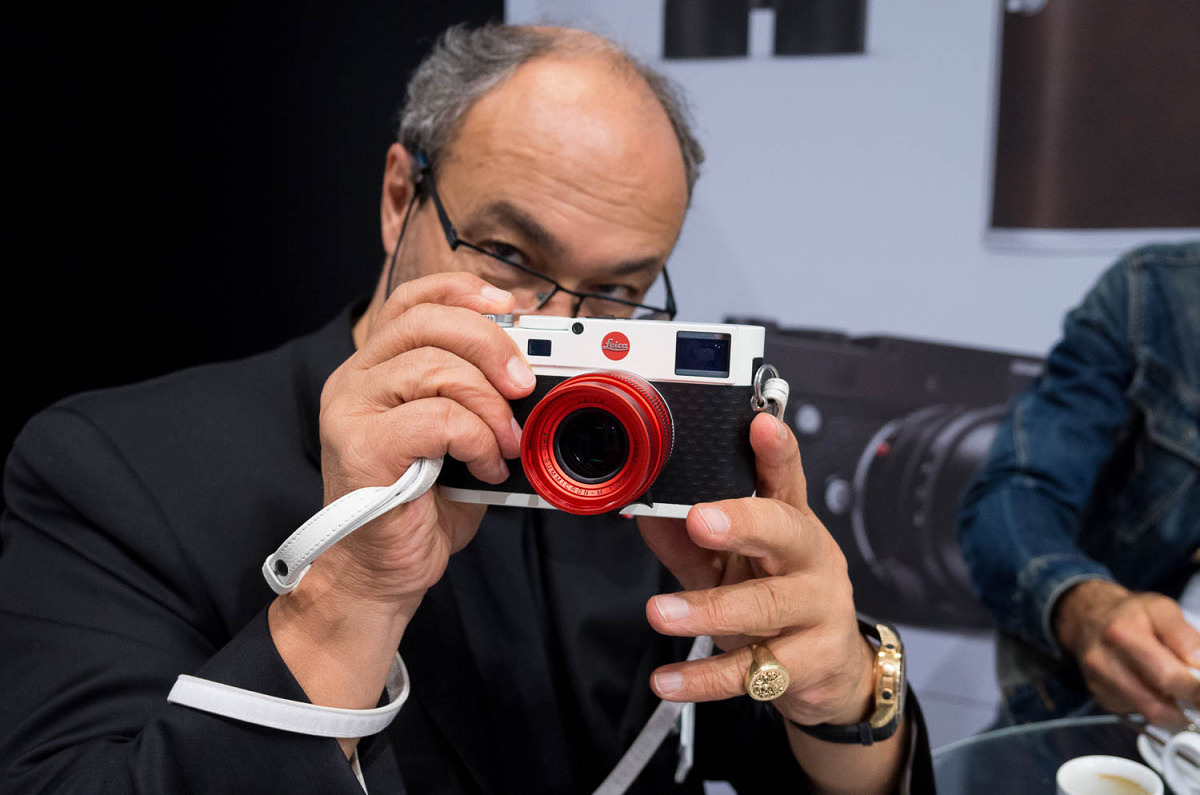
-
david-farkas likes a reply on Night Street From Above 10 years, 7 months ago
-
David Farkas replied to the topic Leica 28mm Summilux-ASPH at Photokina 2014? in the forum M Lenses 10 years, 7 months ago
Roger,
Have no fear. According to both Jesko and Peter Karbe, the 28 Lux is coming. They just need to build tooling. I'd expect to see this lens in the coming months.
-
David Farkas wrote a new post, Photokina 2014: Day 1 – Leica M System 10 years, 7 months ago
I arrived at the Koelmesse this morning, headed up the familiar steps of the South Entrance and made my way to Leica’s huge booth, again occupying the entirety of Hall 1.The place is enormous with areas for each s […]

-
Great write-up David!! And the questions/answers also.
David, the part I find fascinating is the simplification of cameras comment, and the reason I love my M9. Could you ask if there is any push for simplification in the successor to the M240? Perhaps , my question is more request, so I am going to jump in with both feet. As features are added the complexity increases quickly, the M240 is feature rich and the complexity also followed. If anyone can simplify it is Leica, my frustration is the button pushing for playback with evf/screen firstly and the menu system secondly. A simplification could go something like this, attach the camera to a computer, allow choices of menu items visible/hidden. If I don't use a menu item I could then hide it and never have to deal with it, thus simplifying. Of course simplifying initially adds complexity by creating one more process but the field shooting would be simplified by less menu choices. I am sure Leica could come up with a better solution, perhaps in a firmware update?-
Daryl, this is an interesting idea. I'm happy to mention it tomorrow.
-
-
David,
Always nice to read your comments on this every two year show. No one else seems to capture the feelings, as well as the insight. The metal shades on the new lenses is most welcome, but I am having a difficult time understanding how the lens cap can fit over both the lens and the shade. I must be missing something? -
The great cub reporter is at it again!
Your screed is a pleasure to read and I look forward to your upcoming report on the Leica S (typ 007).
Albert-
Thanks Albert. Working on it now. So much information! I spent about two hours with the product managers earlier today.
-
-
David, thank you for the show report. Lots of stuff to cover. On a side note, which camera did you use for the photos of the event?
-
I'm guessing X Vario Mark 😉
-
Peter is correct. I used the X Vario (Typ 107) for almost all of the images in the article except for a few really close-up shots where I used the D-Lux 6.
I'm pretty sure that the event images were all taken at ISO 1600.
Nice little camera, that X Vario….
-
-
David…thanks for the well written and informative report. Enjoyed reading it and look forward to the next chapter.
-
Excellent write-up David!
Perhaps the new MM will be like the M 60, without the LCD.
And certainly agree with Mr. Jesko von Oeynhausen comment and I quote
“From a quality perspective, there is no need for improvement”.
-
-
David Farkas replied to the topic How is everyone liking the new site design? in the forum Annoucements and Site Matters 10 years, 7 months ago
Jack,
You're not exactly a New Member…. all of your previous posts and uploaded images are still here. And your post count remains. The site rating is based on a new points system which counts all involvement, not just forum posts. Pretty easy to accumulate points. Just visit the site, read some articles, post some comments, upload images or…[Read more]
-
Josh Lehrer wrote a new post, Leica Announces M (Typ 240) Edition “Leica 60” Set 10 years, 7 months ago
Today, as part of their Photokina announcements, Leica has released the M (Typ 240) Edition “Leica 60” Set which includes a unique Leica M-P (Typ 240) made from stainless steel that has no LCD screen and a stainless steel Leica Summilux-M 35mm f/1.4 ASPH FLE. Instead of the usual collection of buttons and menu settings, the camera has a simple ISO dial on the back similar to Leica's film M cameras and shoots an uncompressed DNG file. The official press release from Leica:
This year, Leica Camera AG, Wetzlar, is celebrating two special anniversaries. At Photokina 2014, the focus of the celebrations will not be exclusively on 100 years of Leica photography, but also on the 60th anniversary of the legendary Leica M rangefinder system.
The first Leica M-Camera to possess the unique characteristics of the Leica M-System was the Leica M3, presented in 1954. A camera distinguished by absolute mechanical and optical precision and a focus on the essential parameters needed for photography. A camera with functions that clearly placed the skills of the photographer in the foreground rather than any special features the camera offered. Continuously perfected over six decades, these unique characteristics, today in combination with the latest technological innovations, still differentiate the current Leica M models from other cameras.
And now, on the 60th anniversary of this legendary camera, Leica Camera AG presents a commemorative limited edition: the Leica M Edition 60. The set consists of a Leica M-P digital camera (Typ 240) and the fast Leica Summilux-M 35mm f/1.4 ASPH lens, both in special versions created by Audi Design that pay homage to the essence of photography and carry it back to its origins.
Reduced to only the essential camera features, the Leica M Edition 60 is the first digital camera to concentrate exclusively on the bare functions required for digital photography – shutter speed, aperture, focusing and ISO sensitivity. This is also the reason for the replacement of the camera’s display with an ISO selector dial. For reasons of quality, exposures are saved as raw data in DNG format. Working with the Leica M Edition 60 intentionally demands the same care and attention as working with an analogue model. Only the sensor and the entire electronics reflect the state of the art of contemporary camera technology.
With the Leica M Edition 60, photographers compose and frame each subject in the viewfinder, set the aperture and shutter speed and press the shutter release at the decisive moment. Instead of the constant distraction of technical features and the checking of menu settings and controls, they enjoy the freedom to concentrate completely on their subjects. With this concept, Leica is once again the synonym for an art in which technology plays a role subordinate to the essentially creative aspects of photography.
In addition to these unusual features, above all the exceptional finish of the products is an outstanding aspect of the Leica M Edition 60. Here, stainless steel – a material that is extremely difficult to work with – has been employed for the visible metallic elements of the camera and lens. Resistant and durable in equal measure, this material guarantees enduring value preservation and lends the products a refined character with a silky sheen. The premium look is further complemented by special anthracite-colored genuine-leather trim applied to the camera body.
Strictly limited to 600 examples worldwide, the cameras and lenses of the Leica M Edition 60 feature unique matching numbers between 001/600 and 600/600. The M-Cameras also bear the engravings ‘Leica 60’ and ‘Leica Camera Wetzlar’. The special edition includes a camera protector, also created by Audi Design.
The Leica M Edition 60 will be available starting October 2014.
To learn more about the Leica M Edition 60 set, visit Leica Store Miami's website, give us a call, or email us. This is a limited edition set and will sell out fast!
-
Josh Lehrer wrote a new post, Leica Announces S (Typ 007) Medium Format Digital SLR 10 years, 7 months ago
Today, as part of their Photokina announcements, Leica has introduced the Leica S (Typ 007), the highly anticipated successor to the Leica S (Typ 006) medium format digital SLR camera. The S (Typ 007) features a 37.5 megapixel CMOS sensor with live view, focus peaking, HD video up to 4K, integrated Wi-Fi and GPS, and an ISO range from 200-6400. The official press release from Leica:
With the Leica S (Type 007), Leica Camera AG, Wetzlar, presents the new top model of the Leica S-System. As a logical development of its predecessors, the new Leica S features a multitude of radically new components – like the Leica CMOS sensor and the Leica Maestro II image processor – and now opens up new dimensions in the field of medium-format photography.
For the first time, the combination of the highest burst rate, extreme sensor sensitivity and comprehensive capture modes for still pictures – and now also video in exceptional quality – provides photographers with the opportunity to exploit the superior imaging capabilities of medium format for productions that demand maximum mobility and drive. The Leica S significantly accelerates and simplifies the photographic workflow with a multitude of features that are unique to medium-format photography – and some of them not only there. In addition to the new body, a new lens also expands the capabilities of the S-System. With regard to speed and imaging quality, the Leica Summicron-S 100 mm f/2 ASPH. telephoto portrait lens represents a new benchmark.
New image sensor and new processor for increased quality and higher speed
Amongst the most remarkable innovations in the Leica S are the new Leica CMOS sensor and Maestro II image processor. Thanks to these, it has been possible to enormously increase the speed and versatility of the S-System and raise it to a level that was previously unheard of in the medium-format segment. With a burst frequency of up to 3.5 frames per second, full-HD video in full-frame medium-format sensor size and 4K video recording, fast Live View mode and exceptional imaging quality at all ISO settings, the Leica S (Type 007) once again documents its status as the benchmark in the medium-format segment. The 2 GB buffer memory ensures smooth shooting of rapid sequences and, despite its more than doubled burst rate capability, the new focal plane shutter in the camera offers a further significantly increased service life of at least 150,000 cycles.
Fast, predictive autofocus module for subjects in motion
The revised autofocus system brings not only higher speed, but also more reliable and more precise focusing. To ensure optimum sharpness and precise tracking of moving subjects, the Leica S (Type 007) features a predictive autofocus mode: the camera registers the motion of the subject and determines the distance to it at the moment of exposure. In combination with its fascinating imaging quality and high burst rate, the Leica S sets entirely new standards for professional medium-format action photography.
Integrated Wlan, GPS system and levelling aid for precision and uncomplicated workflows
The Leica S is currently the only professional camera to feature an integrated GPS module that can record the geographical positioning data of the momentary location in the Exif data of the image file whenever needed, as well as automatically set the local system time. On the basis of the coordinates, appropriate software installed on a computer, for instance the Adobe Photoshop Lightroom package supplied with the camera, can display the precise location of each image on a map and register the corresponding place names as search keys for archived photos. The new dual-axis levelling aid (spirit level) displays the precise horizontal and vertical orientation of the camera in the viewfinder to allow photographers to align the subject with absolute precision and without any need for external aids. In combination with an app for smartphones and tablets, the camera’s integrated Wlan module enables remote control of the camera and remote image assessment in Live View mode to provide simpler and intuitive workflows.
Optimised handling
With a resolution of 921,600 pixels, a 3″ diagonal, full sRGB colour space and increased contrast and brightness, the display allows optimum assessment of subjects and images in every situation. The glass plate protecting the monitor is manufactured from tough and scratch-resistant Corning Gorilla Glass.
The panel on the top deck of the Leica S has been redesigned as a trans-reflective display with a larger area and optimised information content to ensure optimum legibility – even in bright sunlight. Two new control elements on the top deck enable direct selection of Live View mode and the activation of video recording.
Lifespan
Leica S-Cameras are designed and constructed for many years of daily use. The new stainless-steel bayonet guarantees even greater endurance under even the toughest conditions. The Leica S (Type 007) possesses all the proven quality characteristics of the S-System. These include the large 30 × 45 mm Leica Pro Format sensor and its micro-lens layer that guarantees consistently uniform brightness from corner to corner. The camera and S-Lenses are extremely ruggedly built and sealed against environmental influences like dust and rain. The system’s unique dual-shutter concept offers photographers the choice of using the camera’s fast focal plane shutter with speeds up to 1/4000 s or the electronically controlled central shutter of the CS lenses that allows flash sync at all shutter speeds up to 1/1000 s. The ten currently available Leica S-System lenses, six of which are also available with a central shutter, offer photographers all important focal lengths and a first-class tilt/shift lens. At the same time, numerous third-party medium-format lenses can be mounted on the Leica S with adapters: for instance the Leica S-Adapter H for Hasselblad H lenses and the Leica S-Adapter C for Contax 645 lenses, both of which provide full compatibility – including autofocus, central shutter control (Hasselblad) and automatic aperture control.
The Leica S is uncompromisingly built for maximum dependability in use and also features details like cable connections with strain relief, separate slots for CompactFlash and SD memory cards, further optimised energy efficiency and a scratch-resistant display. The Leica S therefore stands alone as an ideal and extremely reliable tool for achieving maximum quality results in the studio and on location under even the most unfavourable conditions.
The Leica S is supplied complete with the Leica Protection Plan. The LPP offers photographers an extended warranty for a period of three years, a replacement camera to cover repair times and numerous other benefits.
The launch of the Leica S (Type 007) is planned for Spring 2015.
This is a HUGE update for the S-System and is one of the most significant announcements at this Photokina. You can learn more about the S (Typ 007) at Leica Store Miami's website, or you can give us a call or email us anytime.
-
Hi, is this the Sony cmos chip or the CMOSIS sensor?
-
The sensor is a Leica/CMOSIS chip, similar in architecture to the one used in the M (Typ 240), with a 6µ pixel pitch. I'm told that the with the second generation MAESTRO II processor, we might even see better high ISO performance in the S (Typ 007) than in the M.
-
-
Any idea when image samples will be available? Also, is the S-E essentially the previous Type 006?
-
Any idea when image samples will be available? Also, is the S-E essentially the previous Type 006?
-
David, will you be doing an in depth review?
I see the value of greater iso and fps but surprised by the static pixel count, can you shed any light on Leica's intended market for this camera?-
I plan on doing a full S System write-up today or tomorrow. Stay tuned!
-
I'm presently working on a write-up now. Getting pretty late/early here but so much information!
-
-
-
Josh Lehrer wrote a new post, Leica Announces Silver Noctilux-M 50mm and Summilux-M 35mm Lenses 10 years, 7 months ago
Today, as part of their Photokina announcements, Leica has released silver anodized versions of two of their most popular M-System lenses: the Leica Summilux-M 35 mm f/1.4 ASPH FLE Silver Anodized and the Leica Noctilux-M 50 mm f/0.95 ASPH Silver Anodized. Unlike some of Leica's previous silver chrome lenses which were made from brass and quite a bit heavier than their black chrome counterparts, these two new lenses are made from aluminum and do not weigh any more than the black versions. Optically they are identical to their counterparts in black chrome as well. The official press release from Leica:
Leica Camera AG, Wetzlar now offers two of the fastest Leica M-Lenses, the Leica Noctilux-M 50mm f/0.95 ASPH and the Leica Summilux-M 35mm f/1.4 ASPH, in an alternative silver anodized finish. The technical specifications of both lenses are identical to those of their serially produced counterparts. Whether in classic black or elegant silver, the two lenses offer exceptional imaging performance and enormous versatility, particularly when shooting in available light.
As the world’s fastest aspherical lens, the Leica Noctilux-M 50mm f/0.95 ASPH represents a milestone in lens construction and possesses a unique performance spectrum. At its maximum aperture, its extremely shallow depth of field enables the creation of portraits and detail studies characterized by inimitable aesthetic qualities. When used for available-light photography, the lens actually exceeds the perceptive capabilities of the human eye and delivers outstanding imaging results. Due to the very natural reproduction of perspectives and proportions by its 50mm focal length, it is also an ideal universal lens that allows true-to-life rendition of subjects under normal lighting conditions.
The Summilux-M 35mm f/1.4 ASPH combines a moderate wide-angle character with natural reproduction of proportions and is therefore also an extremely versatile lens. Regardless of whether it’s a matter of selective focus in the close-up range, high-contrast available-light applications or landscape shots with immense depth of field, the lens delivers persuasive arguments in any situation. Its focal length of 35mm, the classic for reportage photography, makes it ideal as the first lens for newcomers to Leica M-Cameras, while its low weight and particularly compact size make it perfect as part of a lightweight M-System for travel photography.
As is the case for all Leica lenses, the Leica Noctilux-M 50mm f/0.95 ASPH and the Leica Summilux-M 35mm f/1.4 ASPH are designed and constructed by Leica optical specialists and combine the best of optical and mechanical expertise. As particularly reliable products with enduring value, they are made in Germany from only the finest materials and assembled in an elaborate process entirely by hand. The combination of cutting-edge technologies and painstaking manufacturing procedures guarantees consistently excellent quality.
Both lenses in silver anodized finish will be available from the end of October 2014.
To see more images, tech specs, and to place an order you can see the lenses on Leica Store Miami's website. Feel free to give us a call or email us anytime with questions.
- Load More


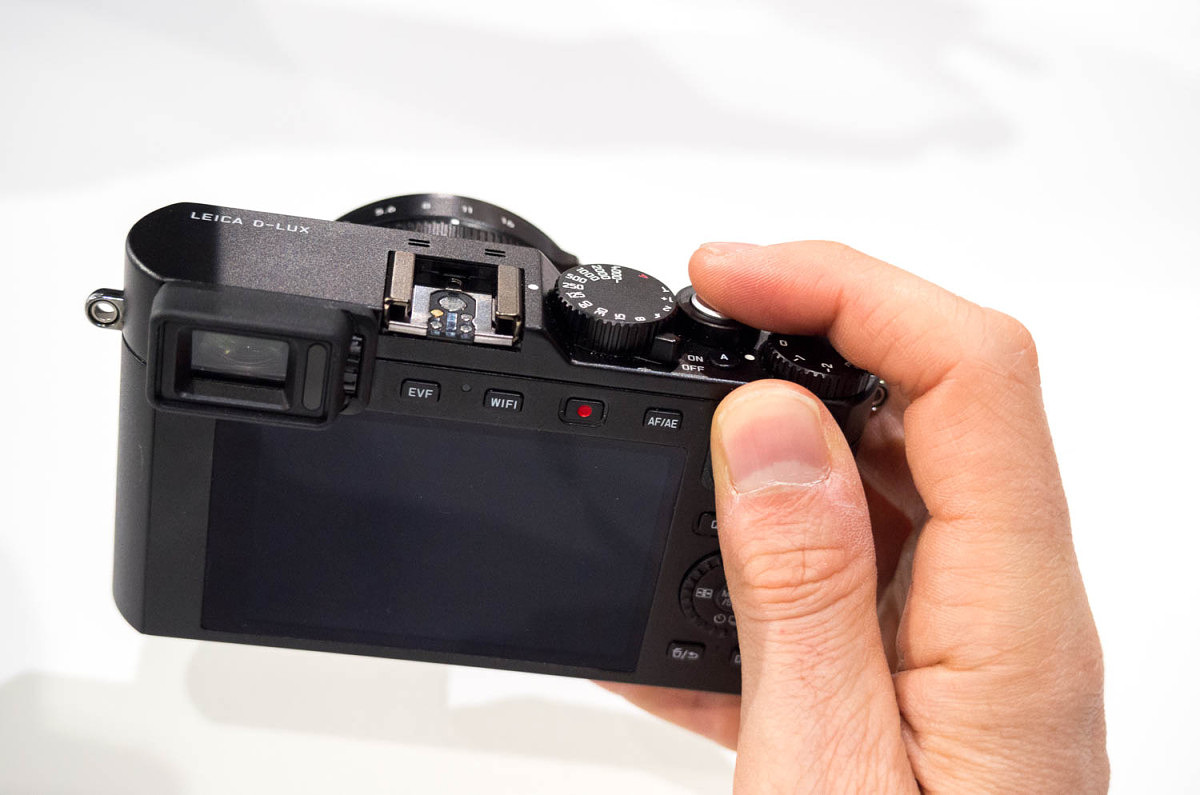
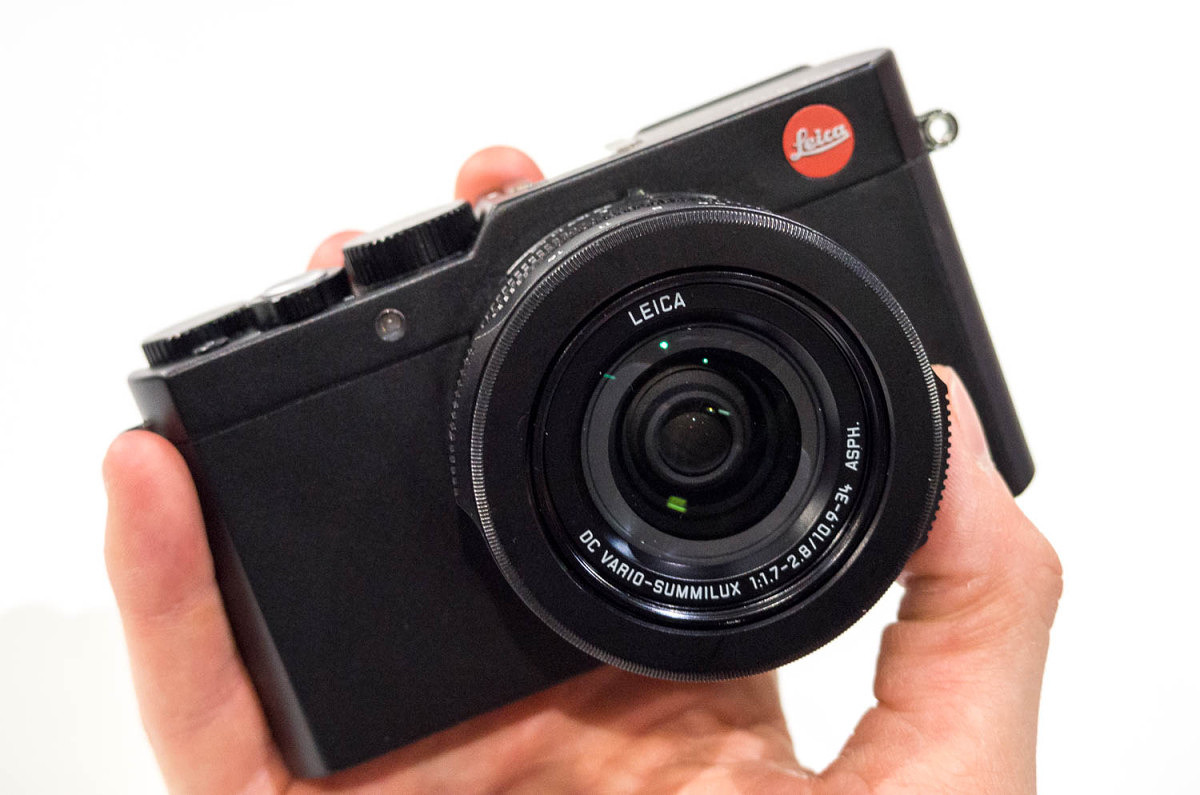
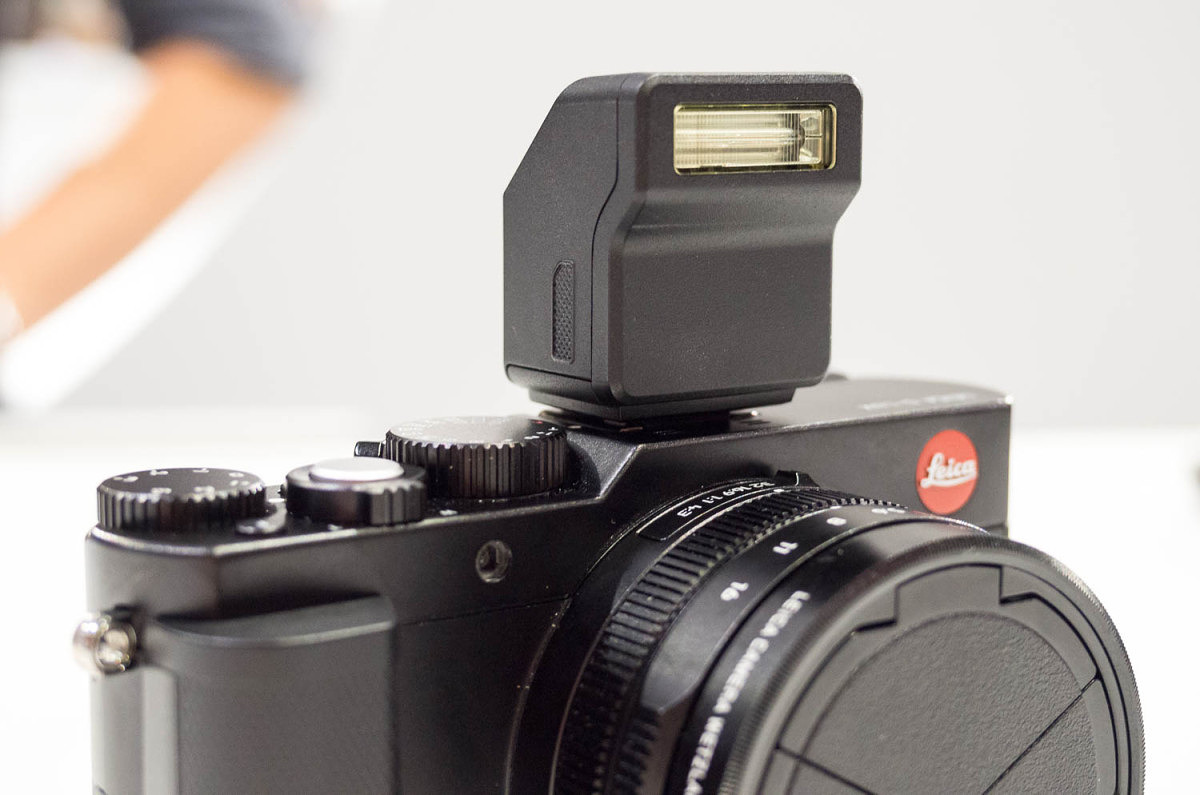
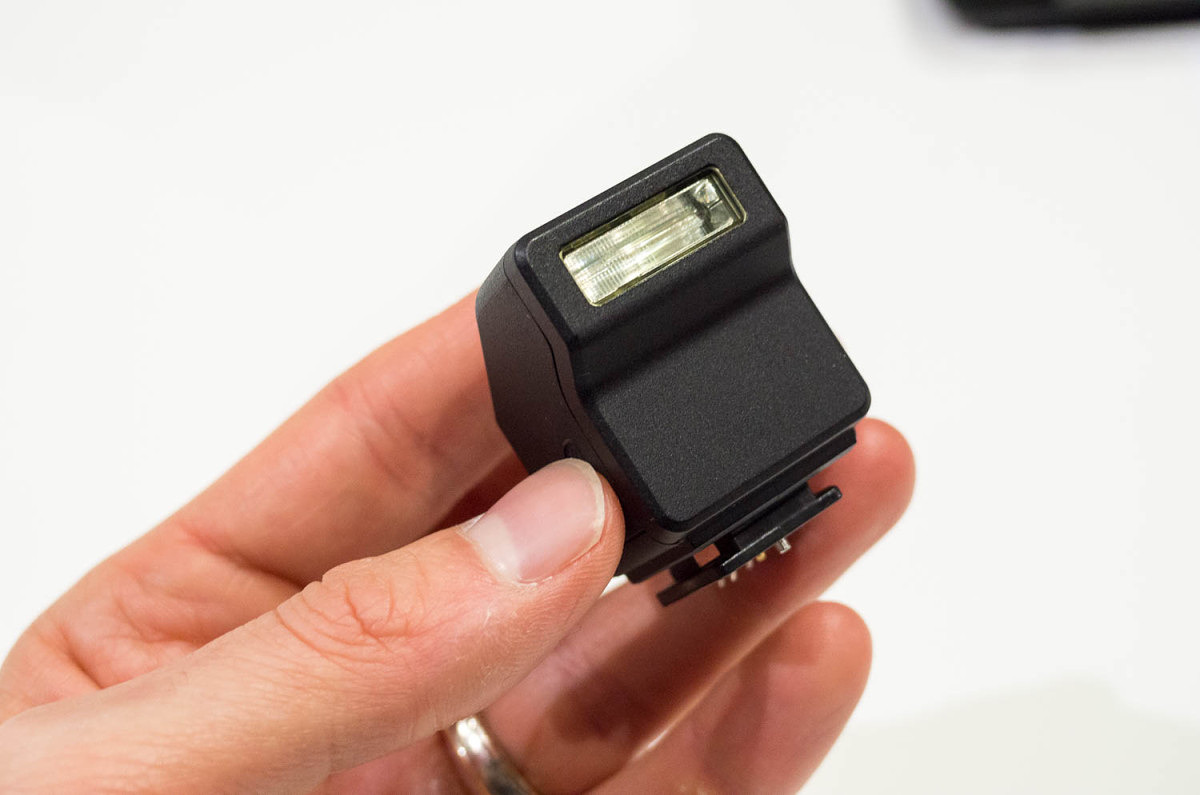
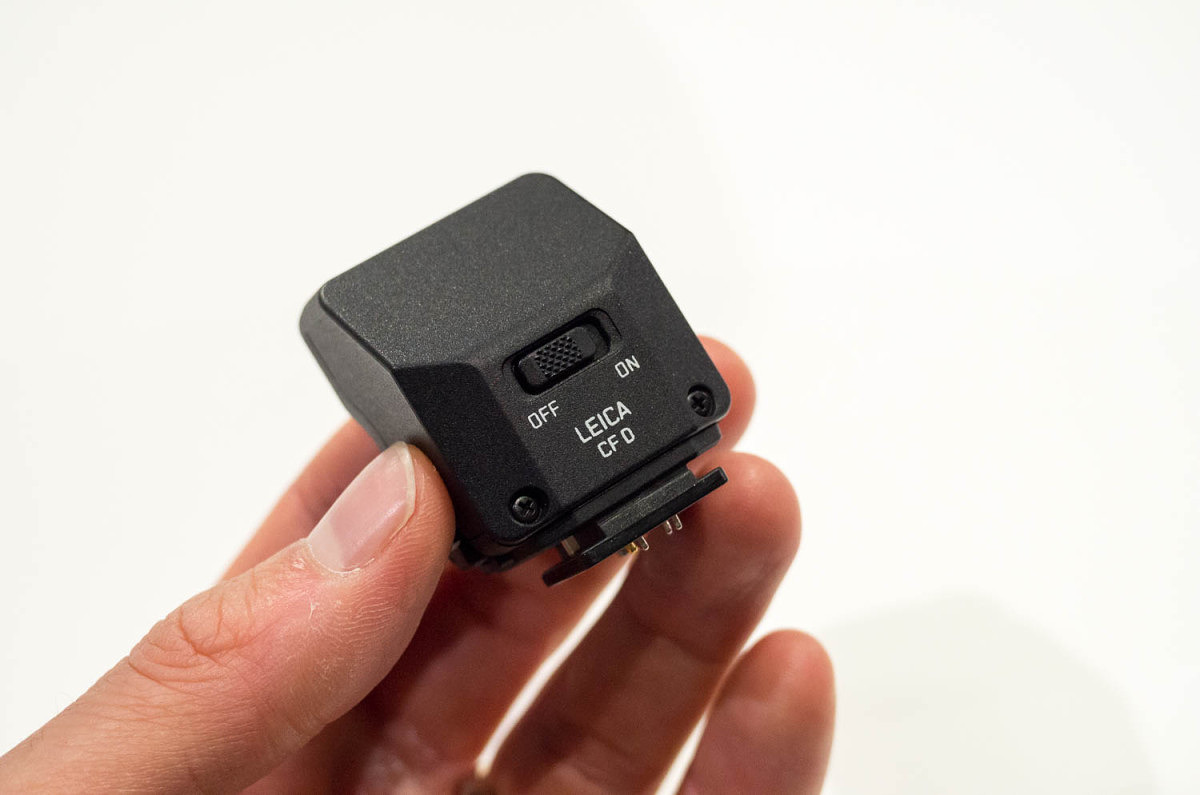
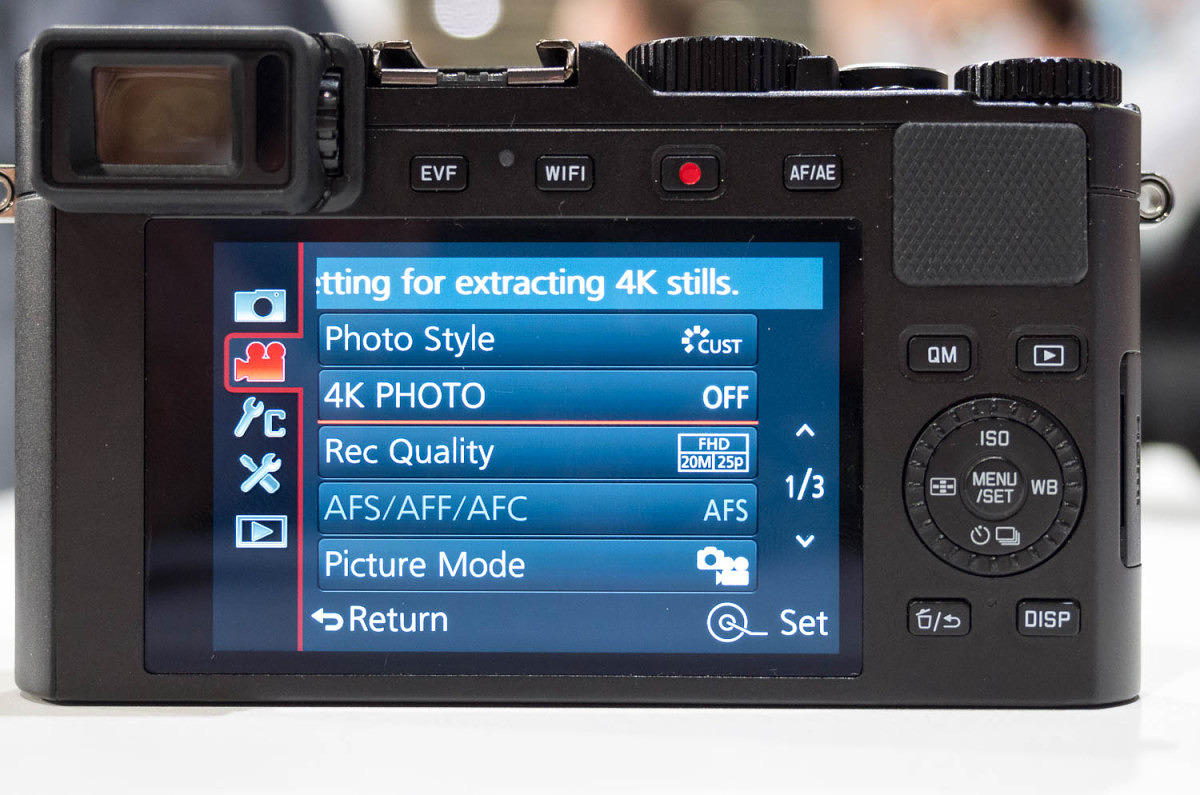
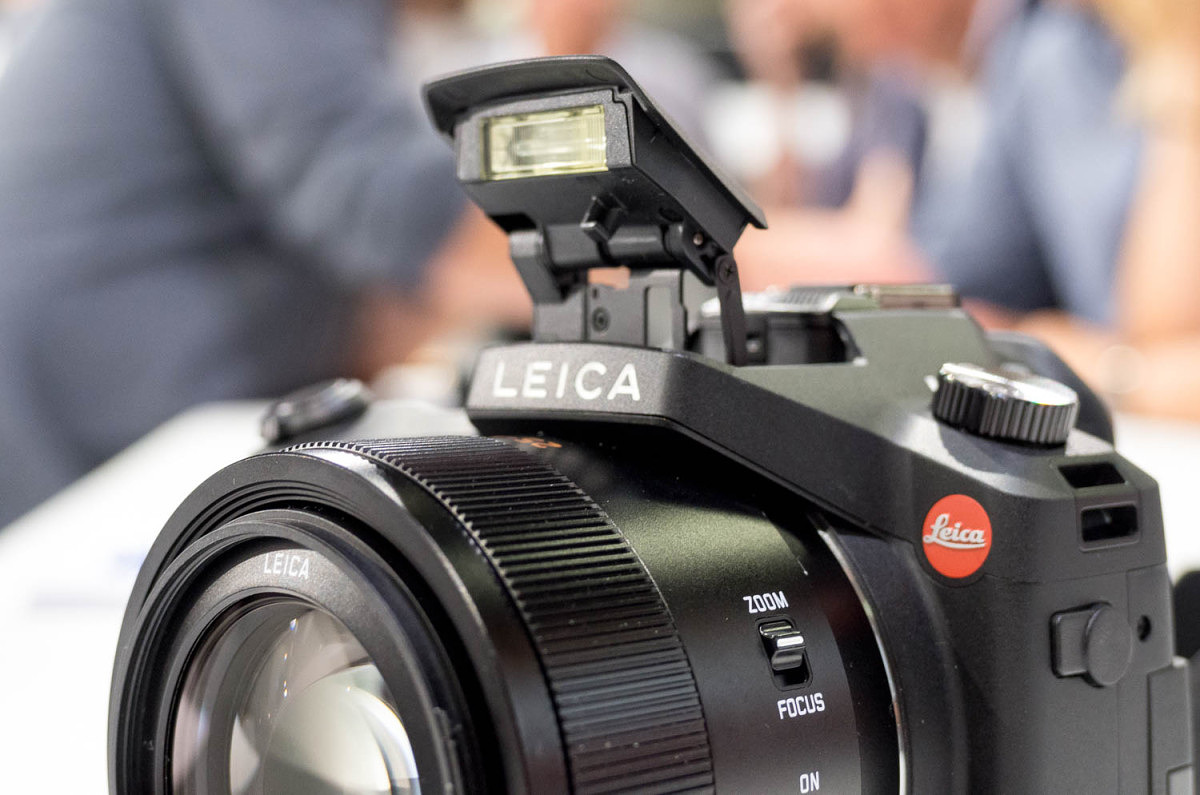
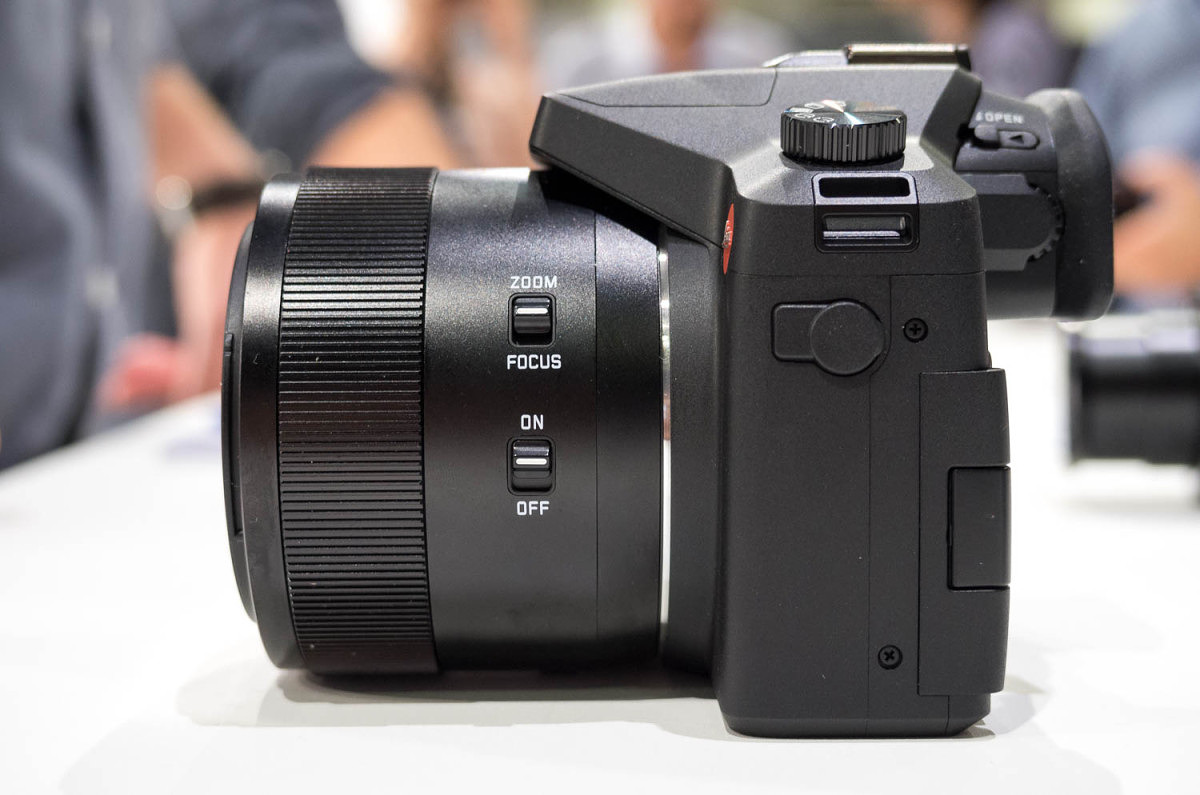
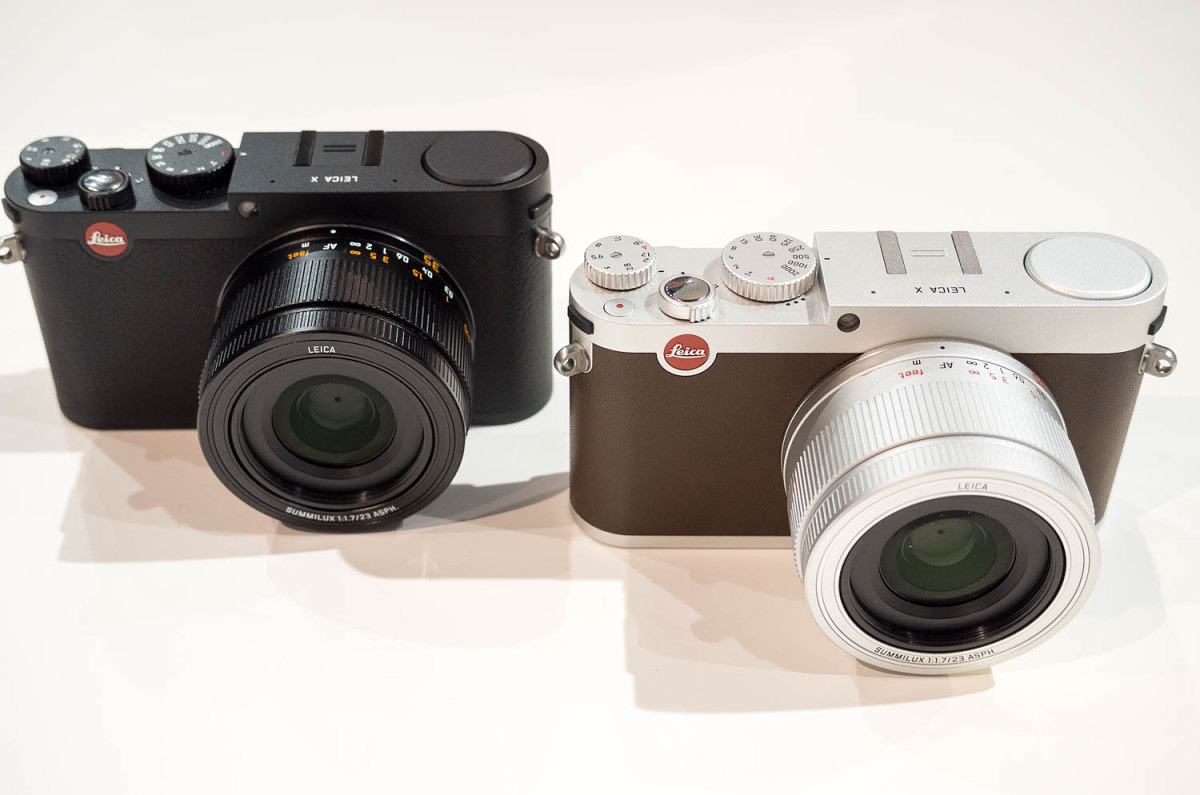
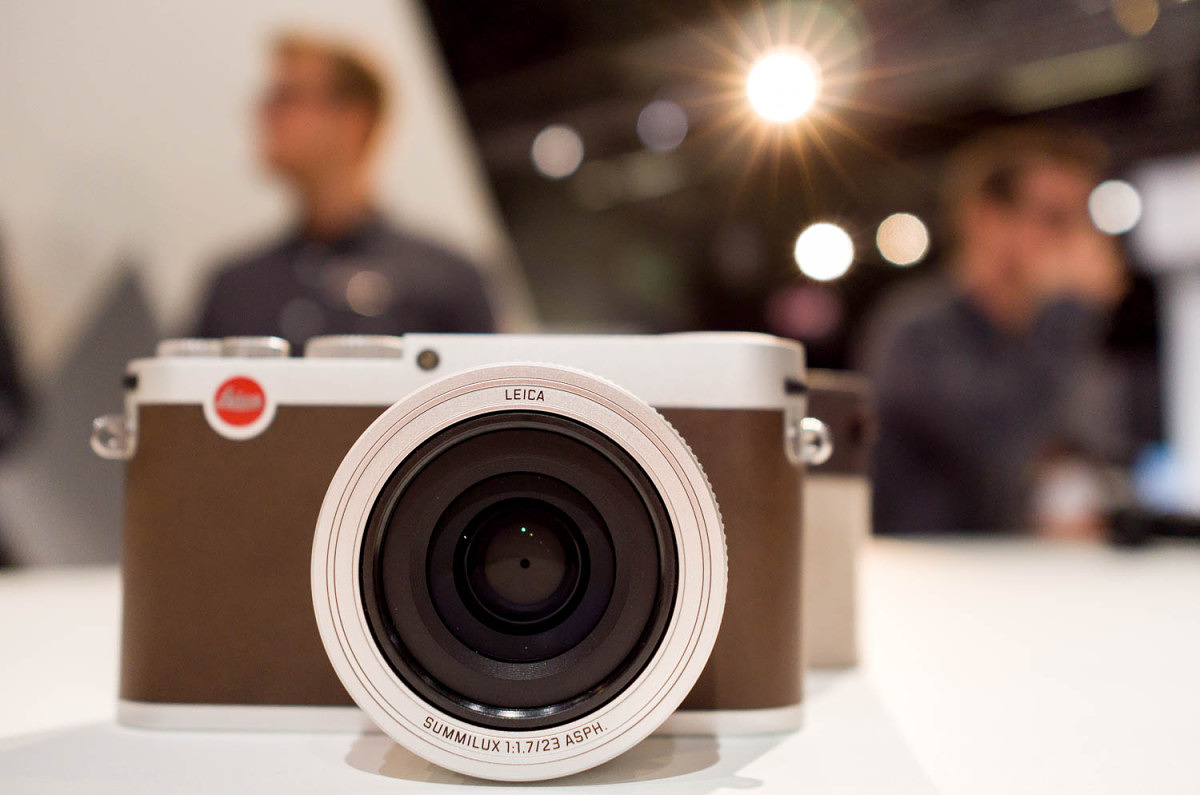
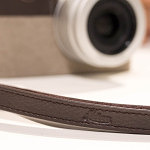
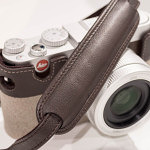
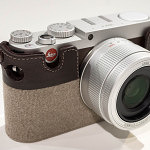
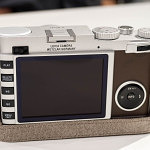

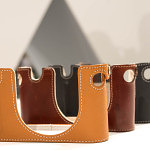
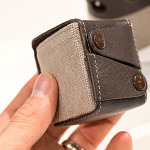
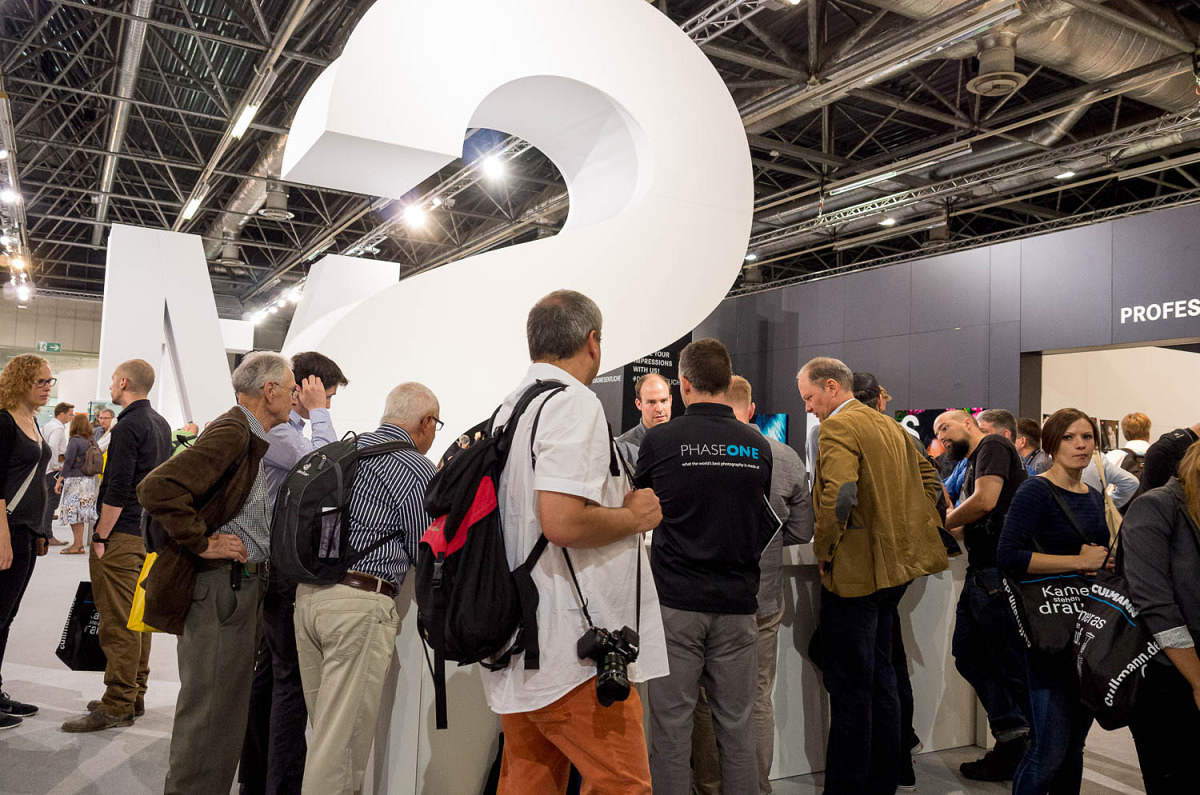

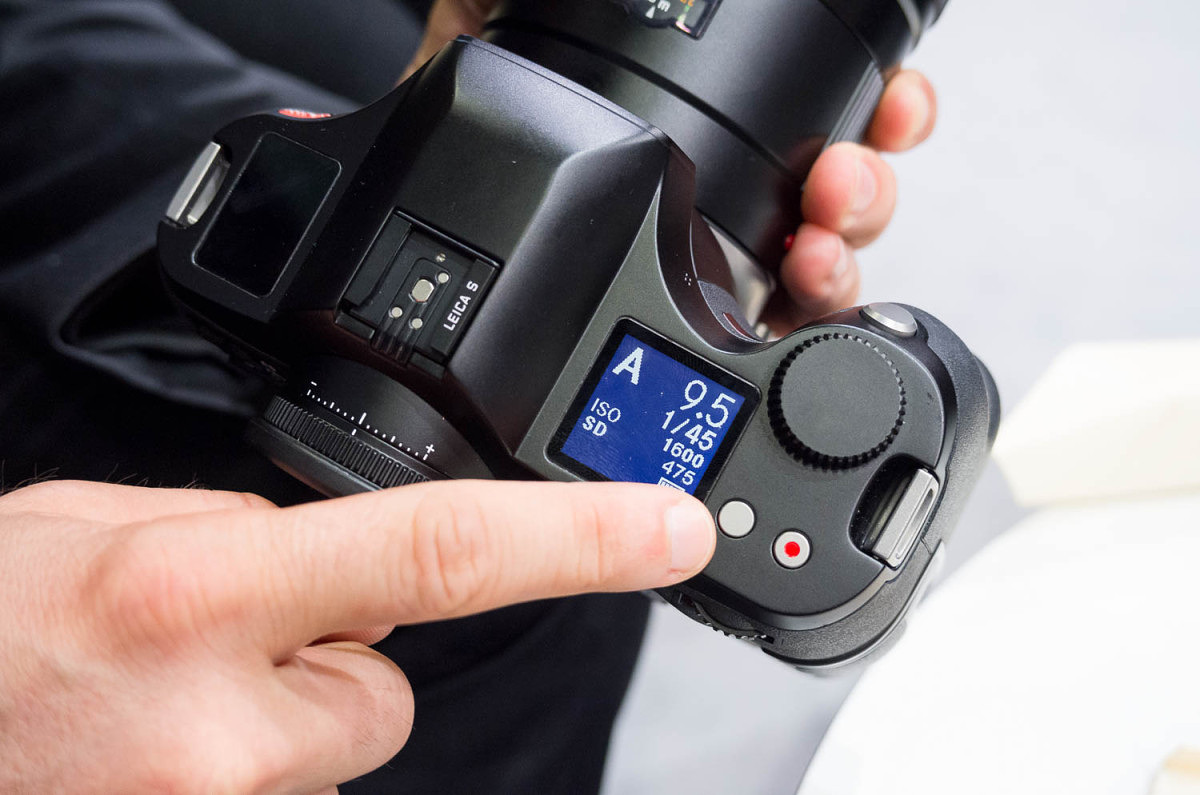

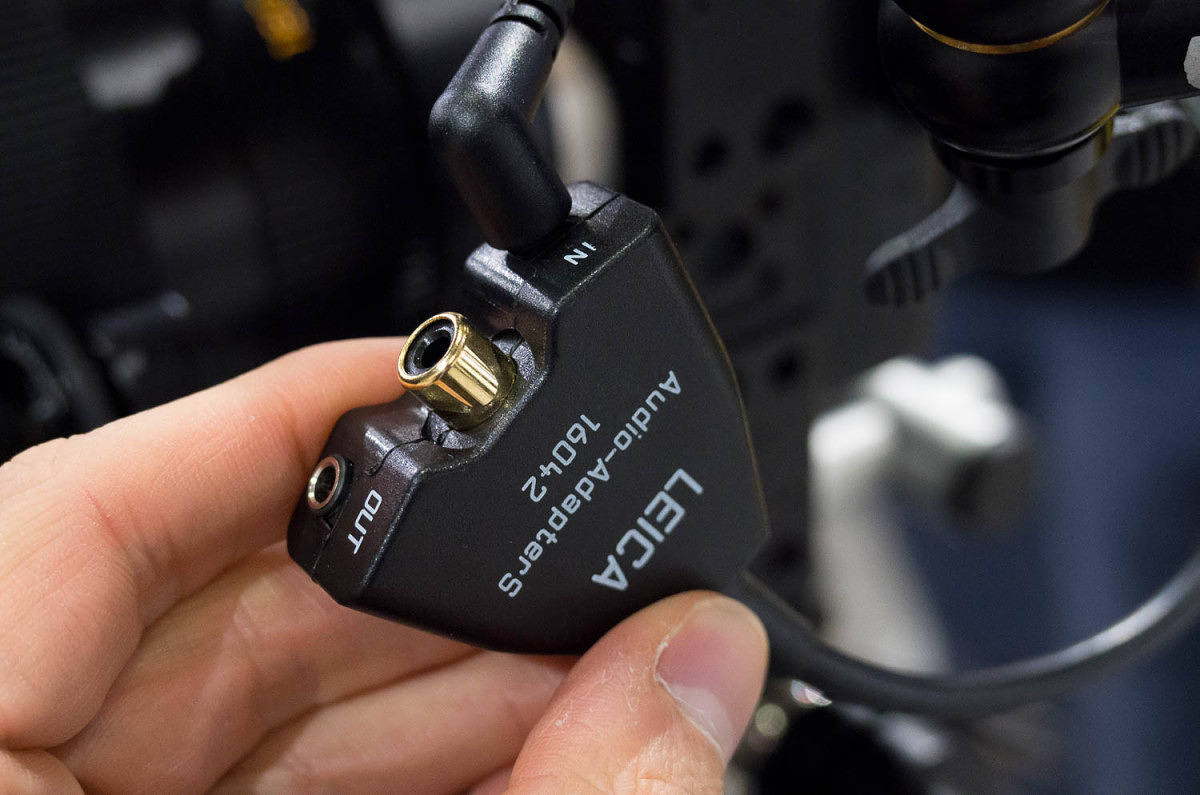
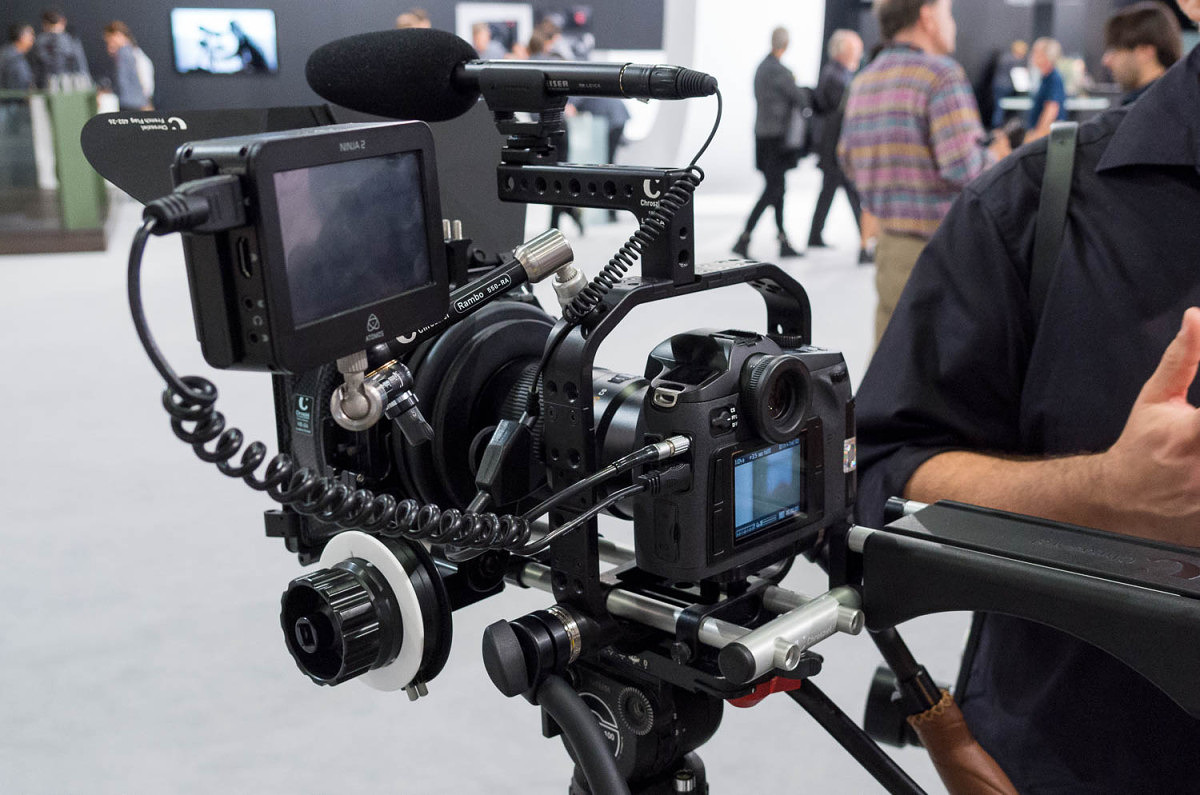
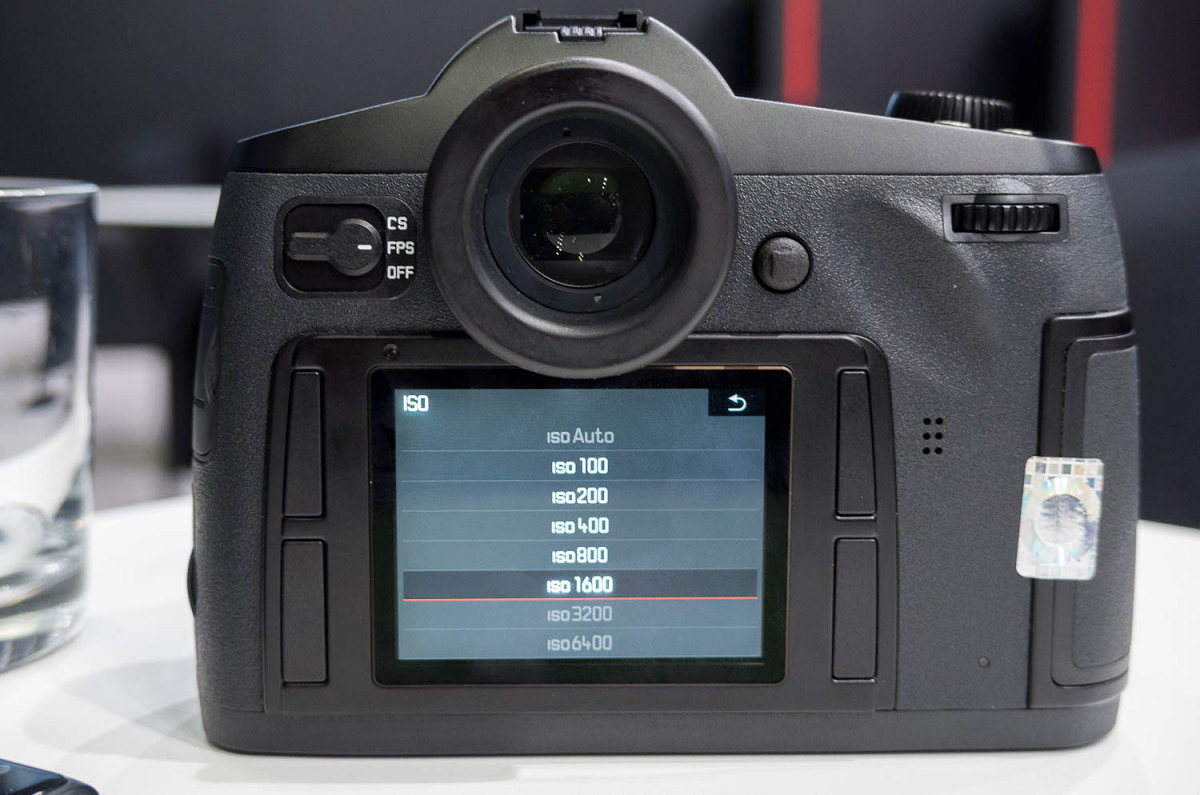
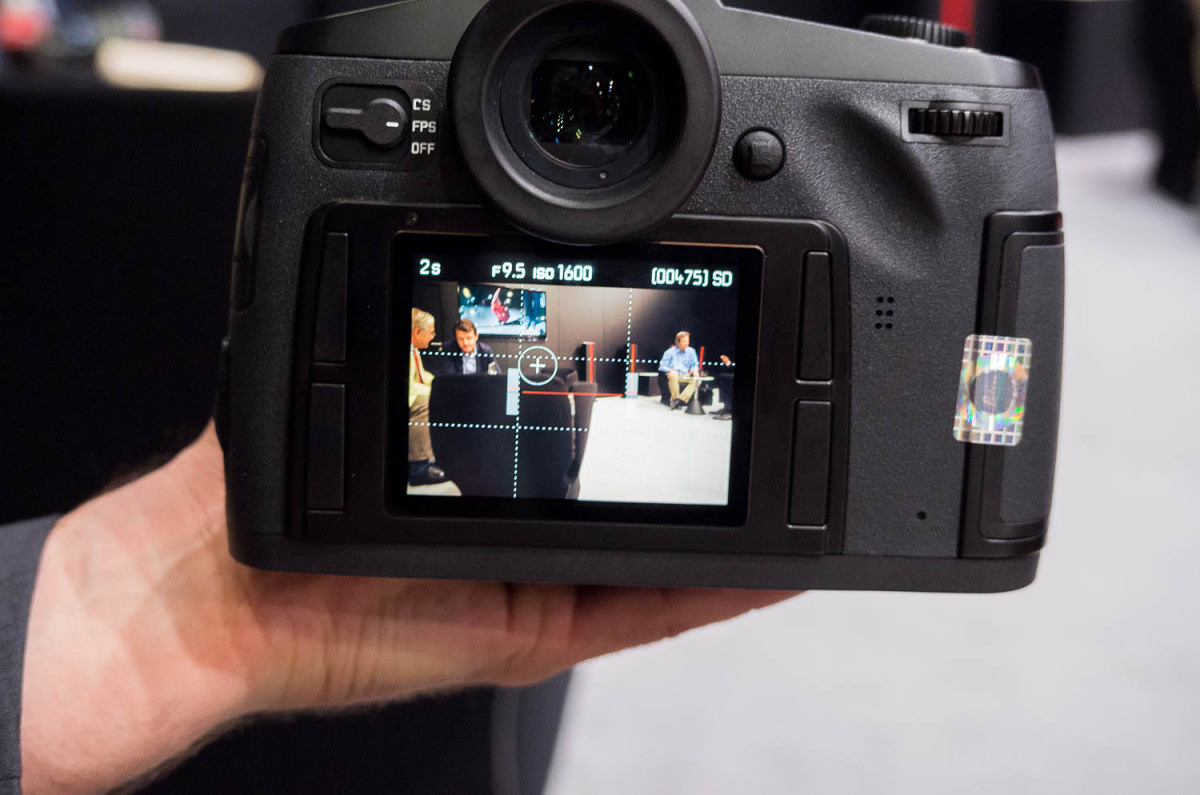
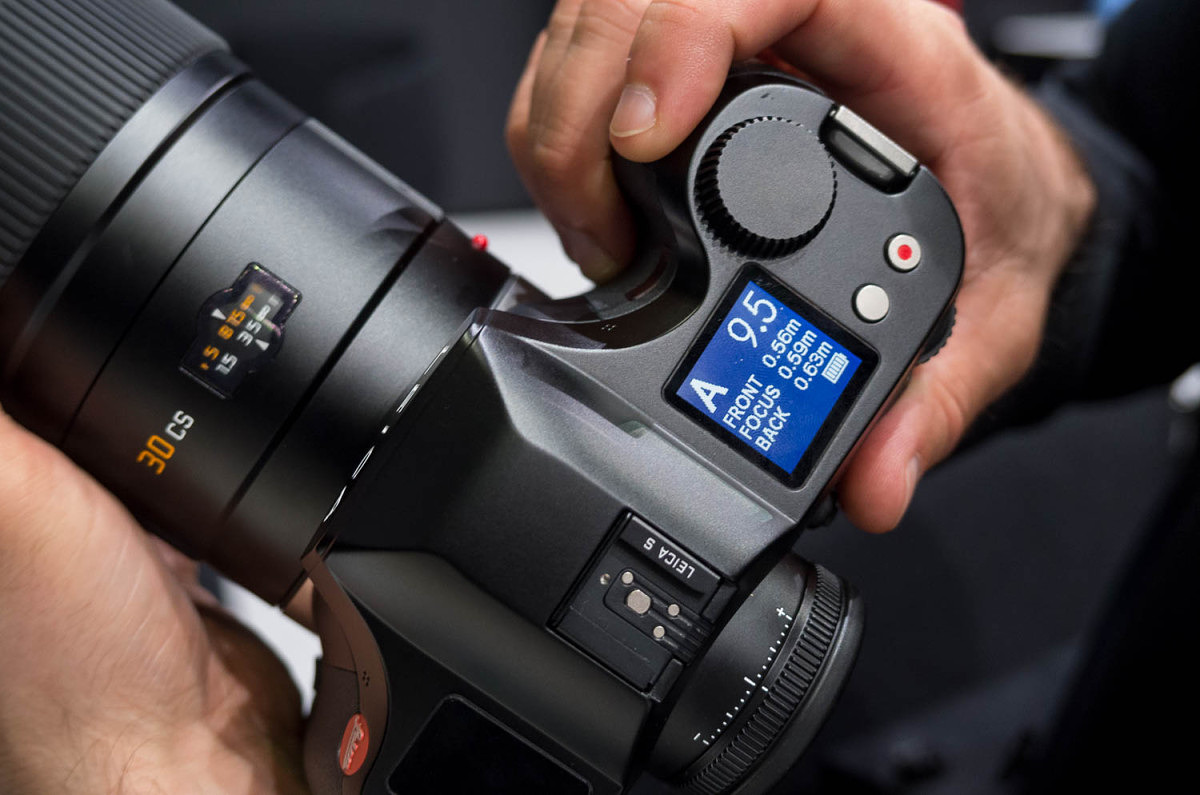
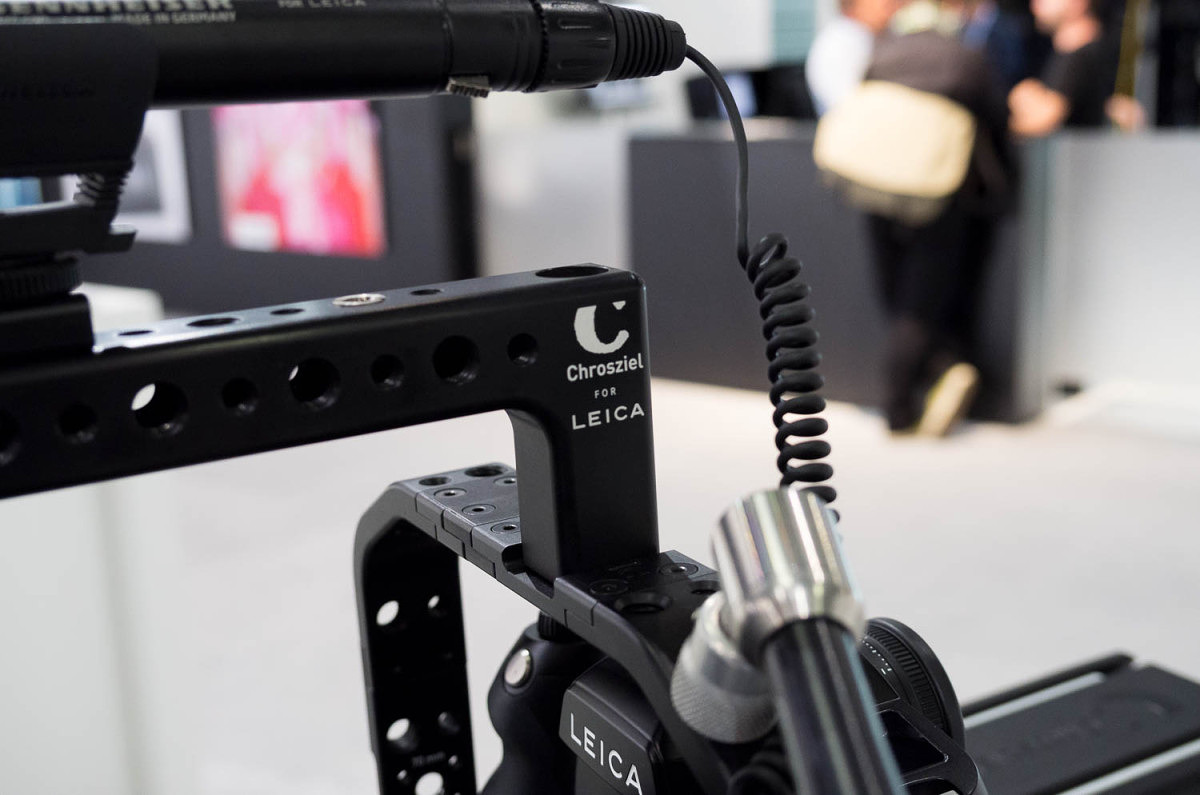
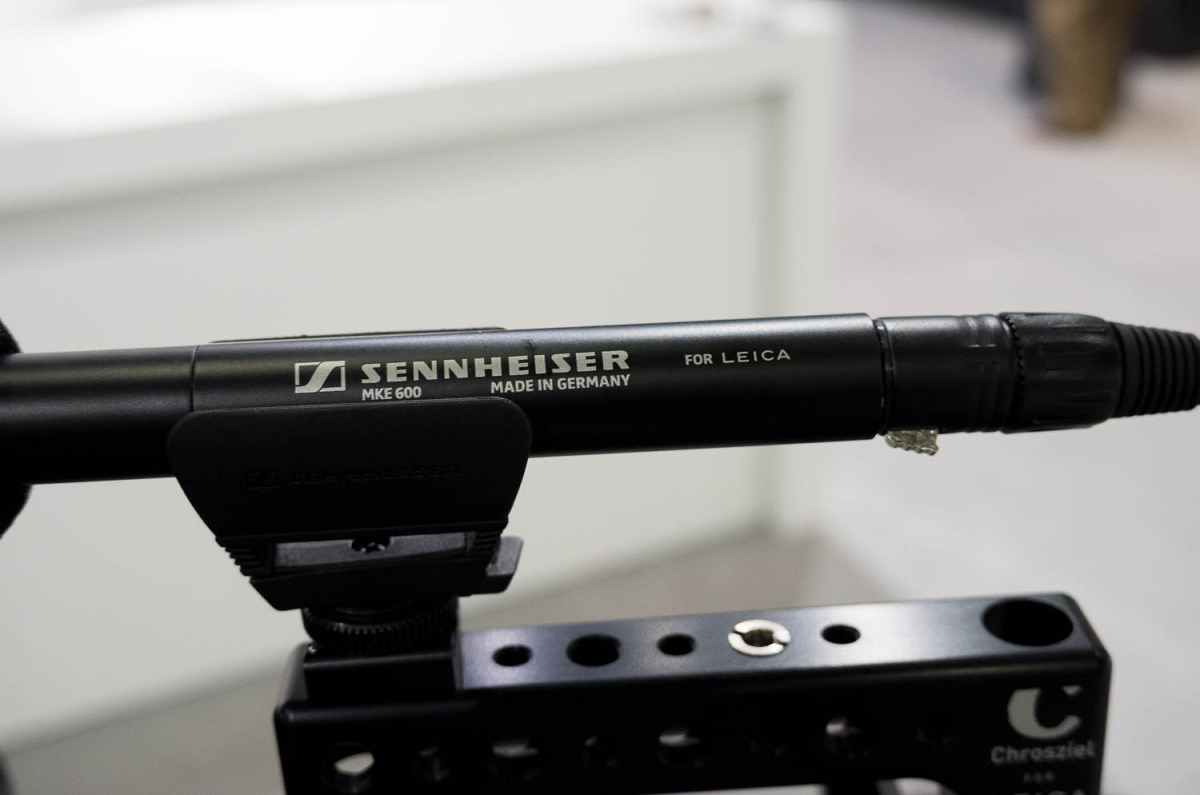
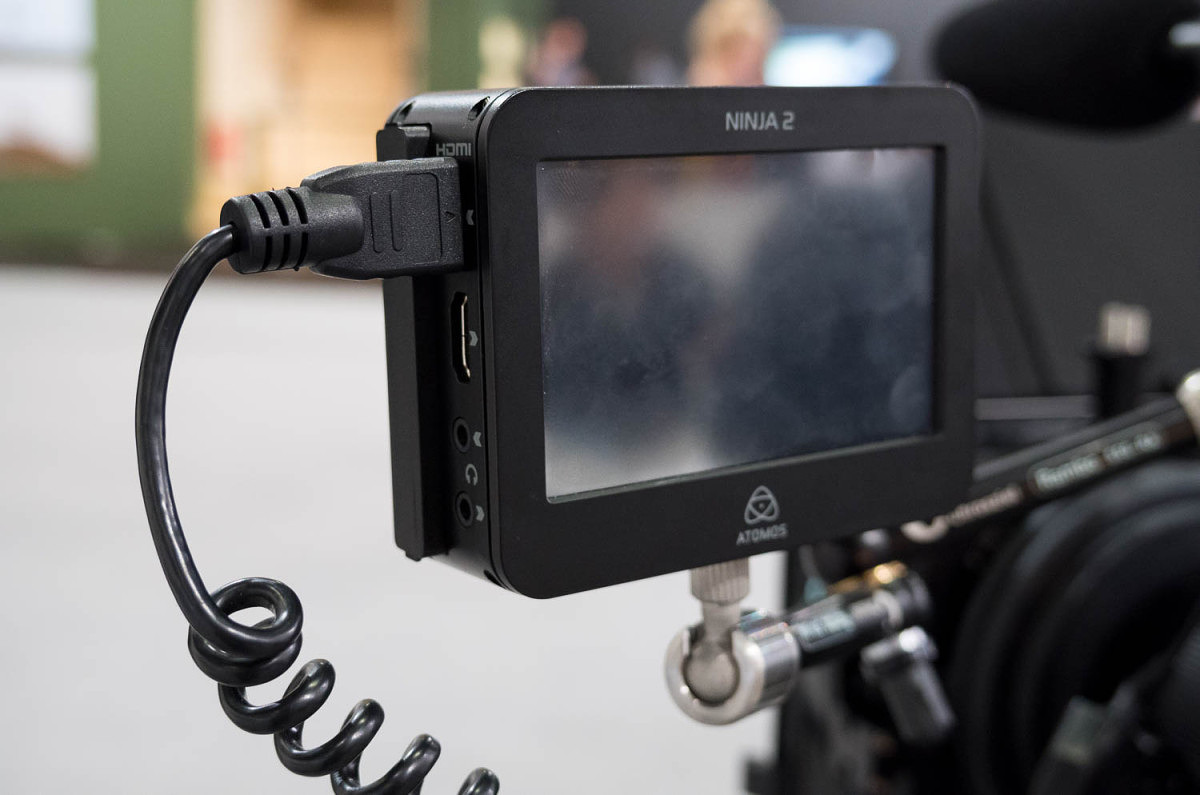

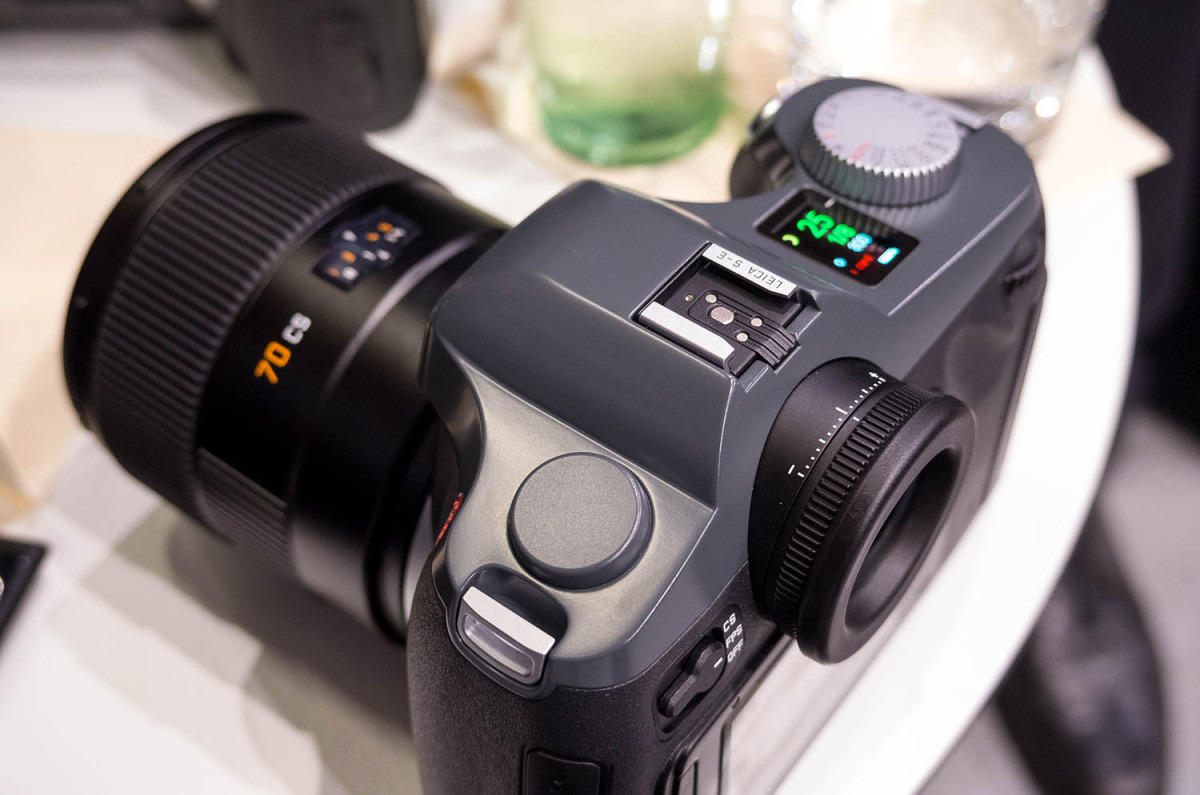
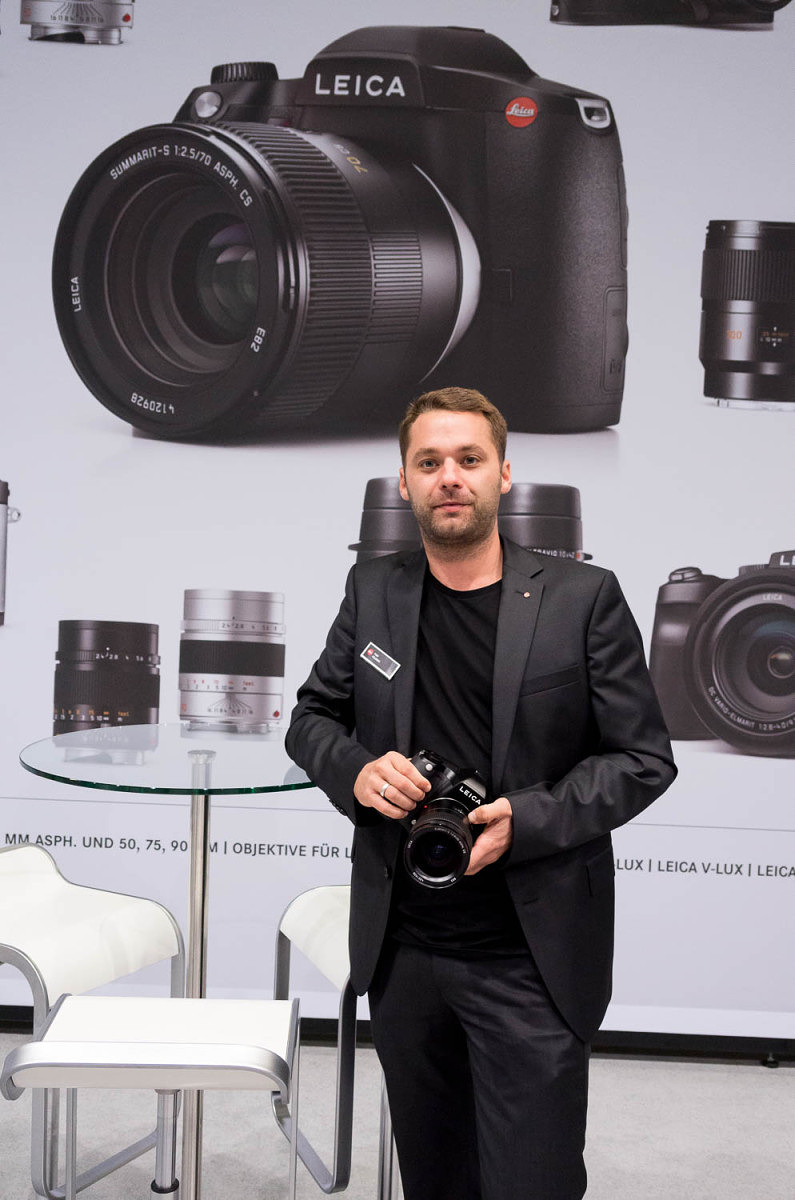
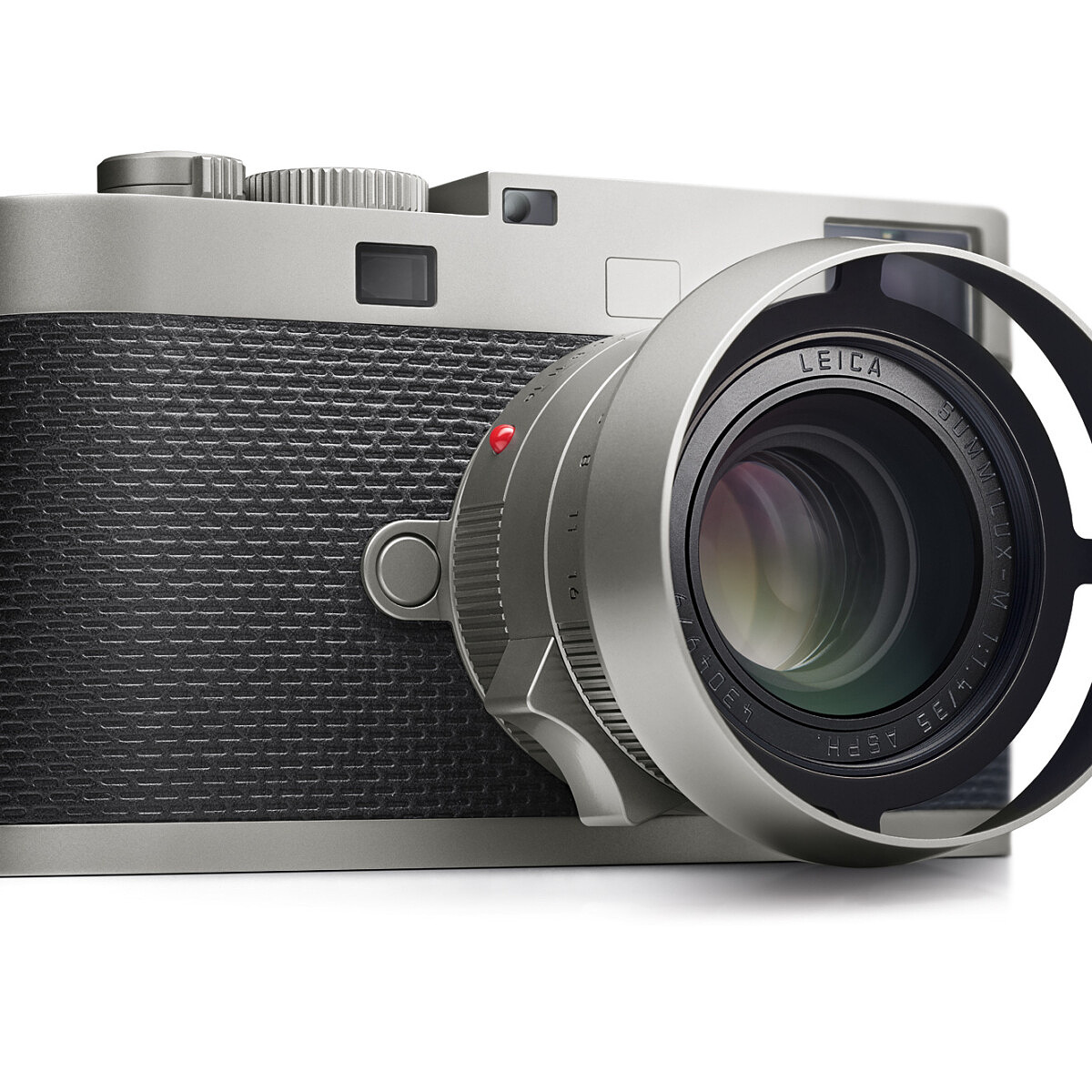
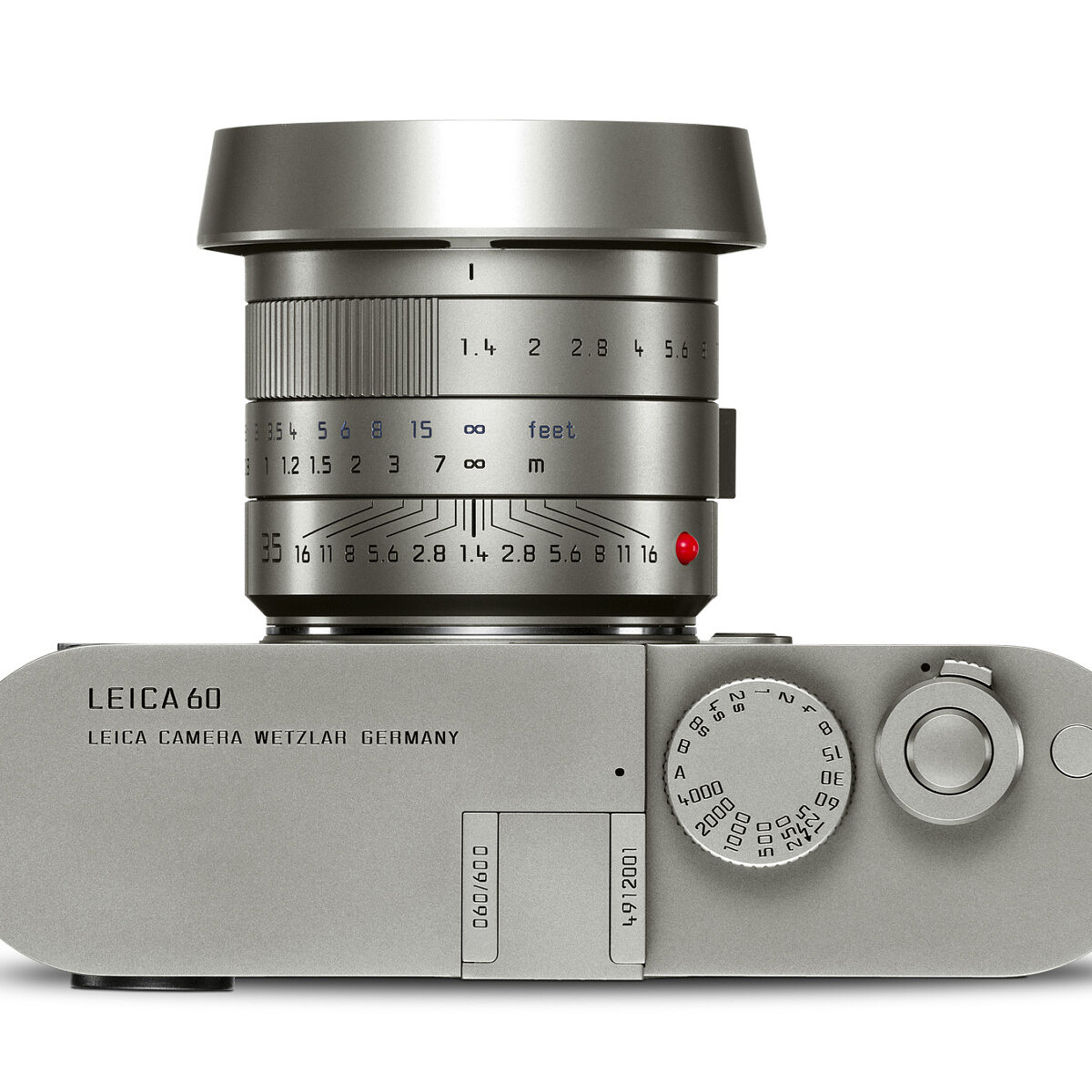
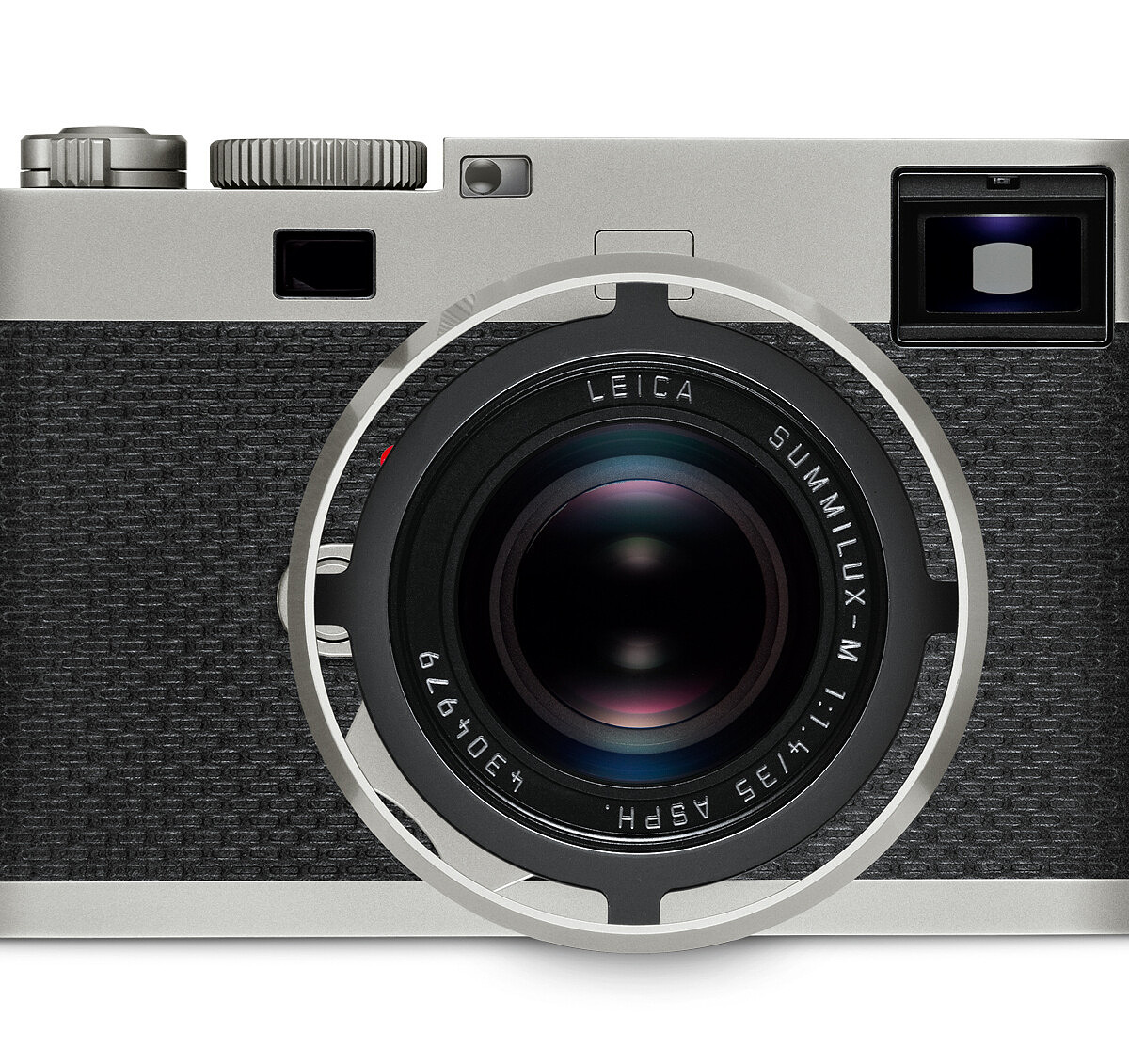
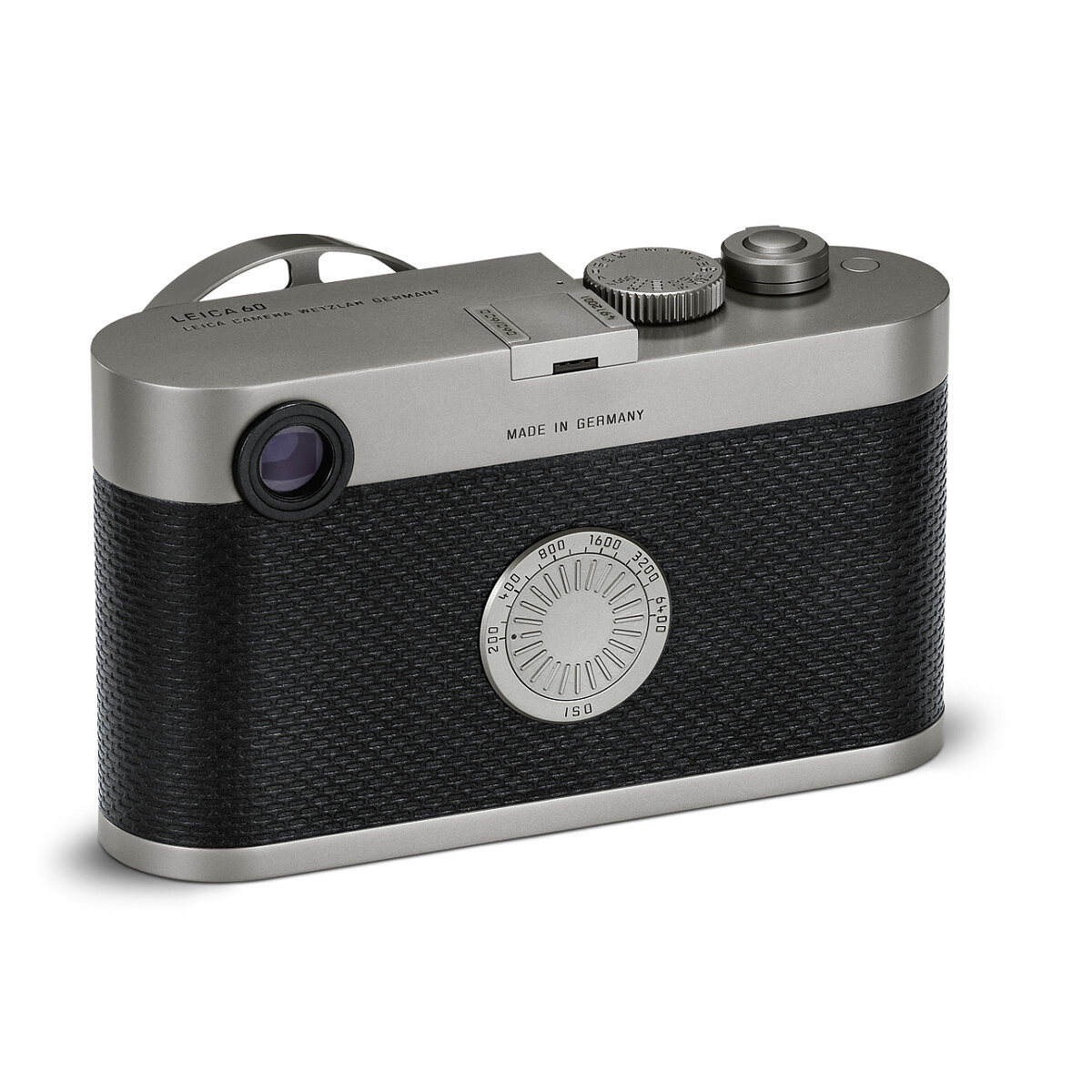
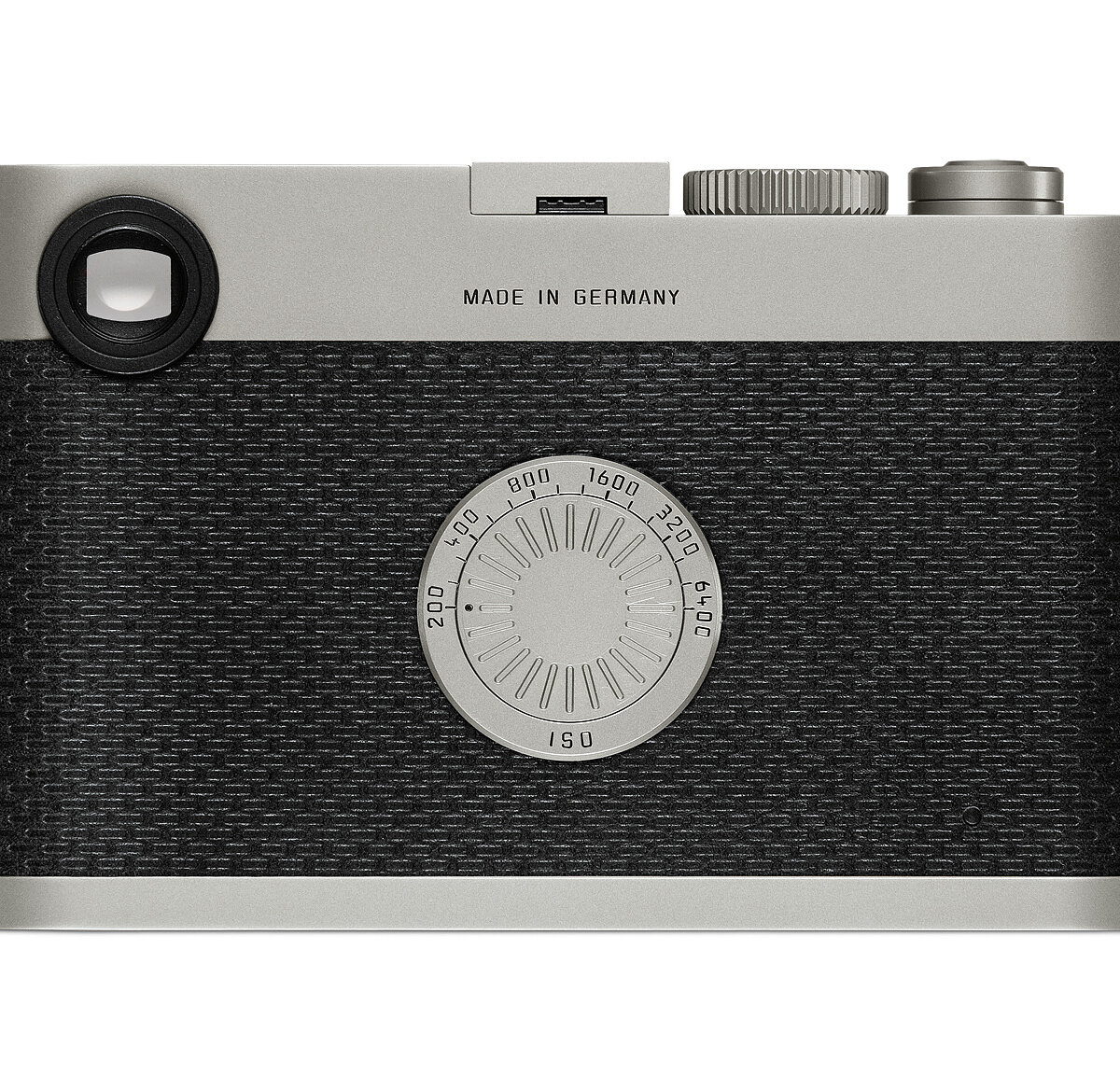
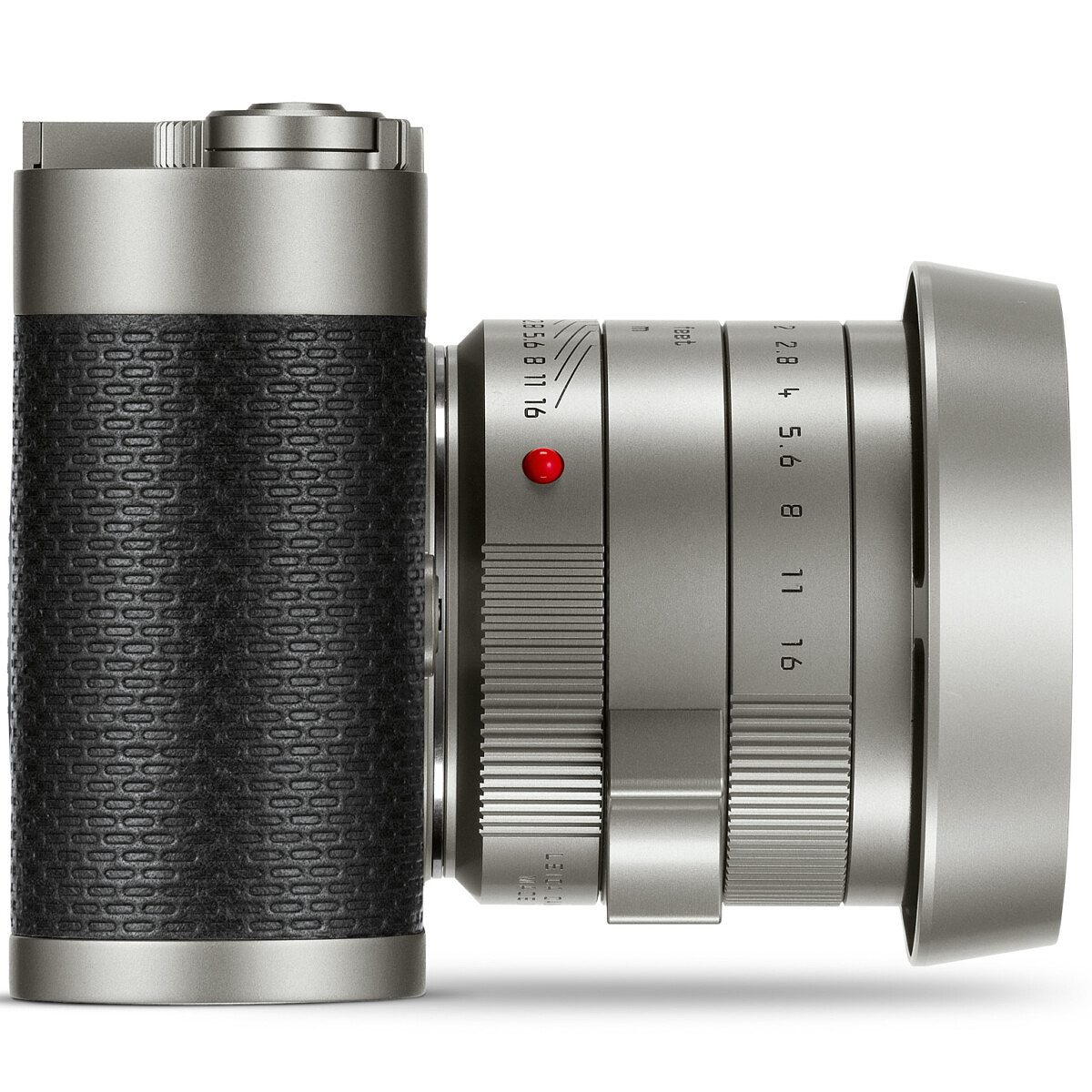

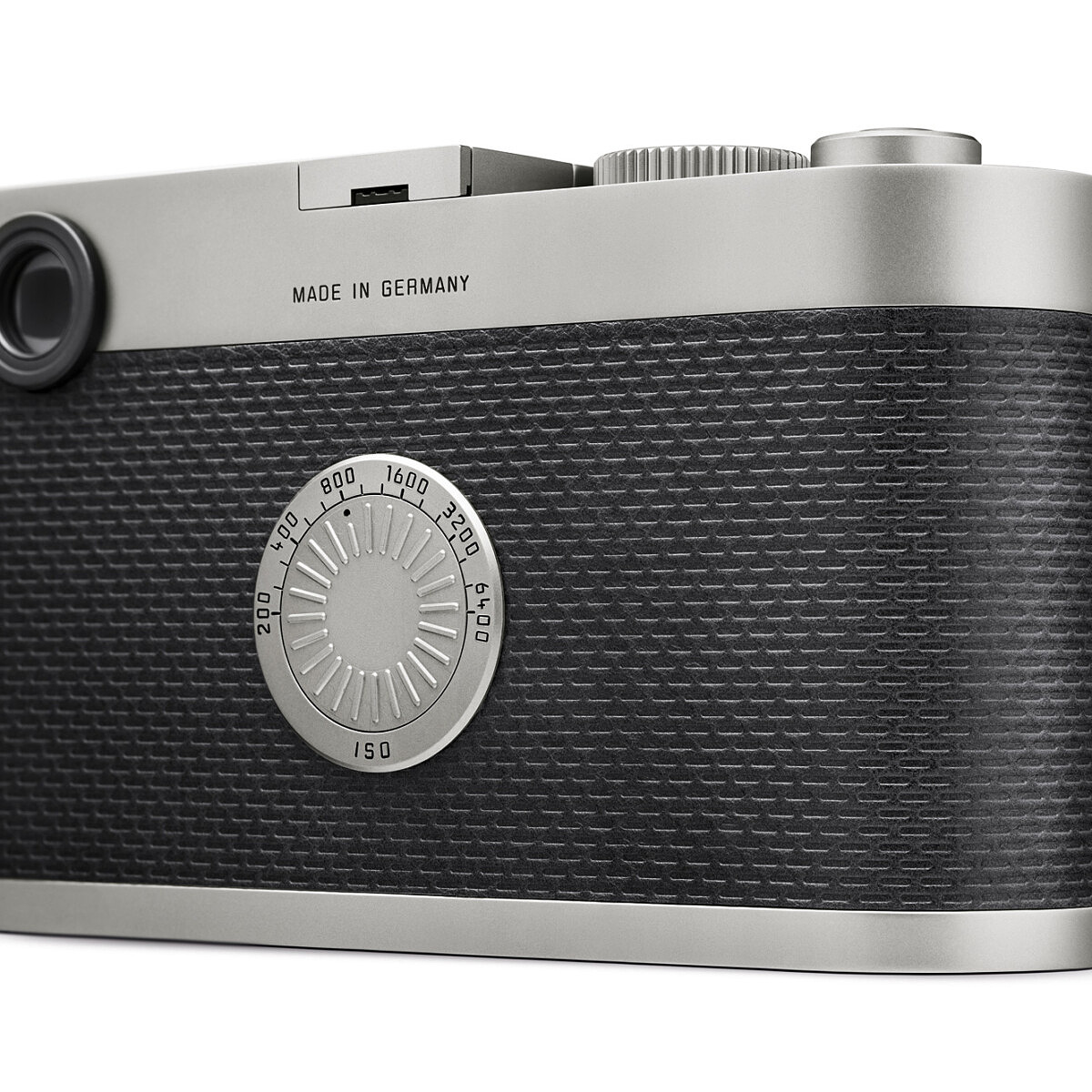
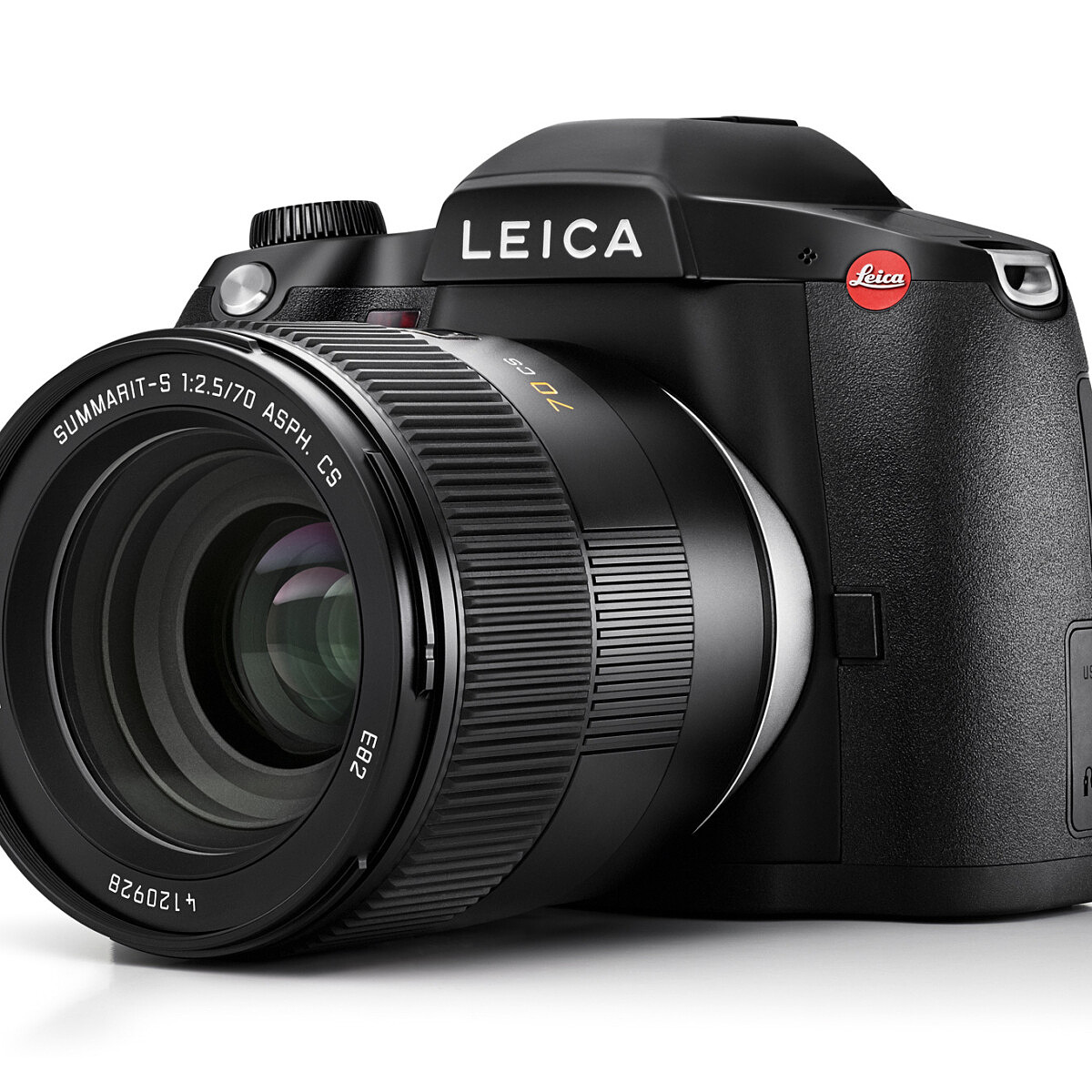
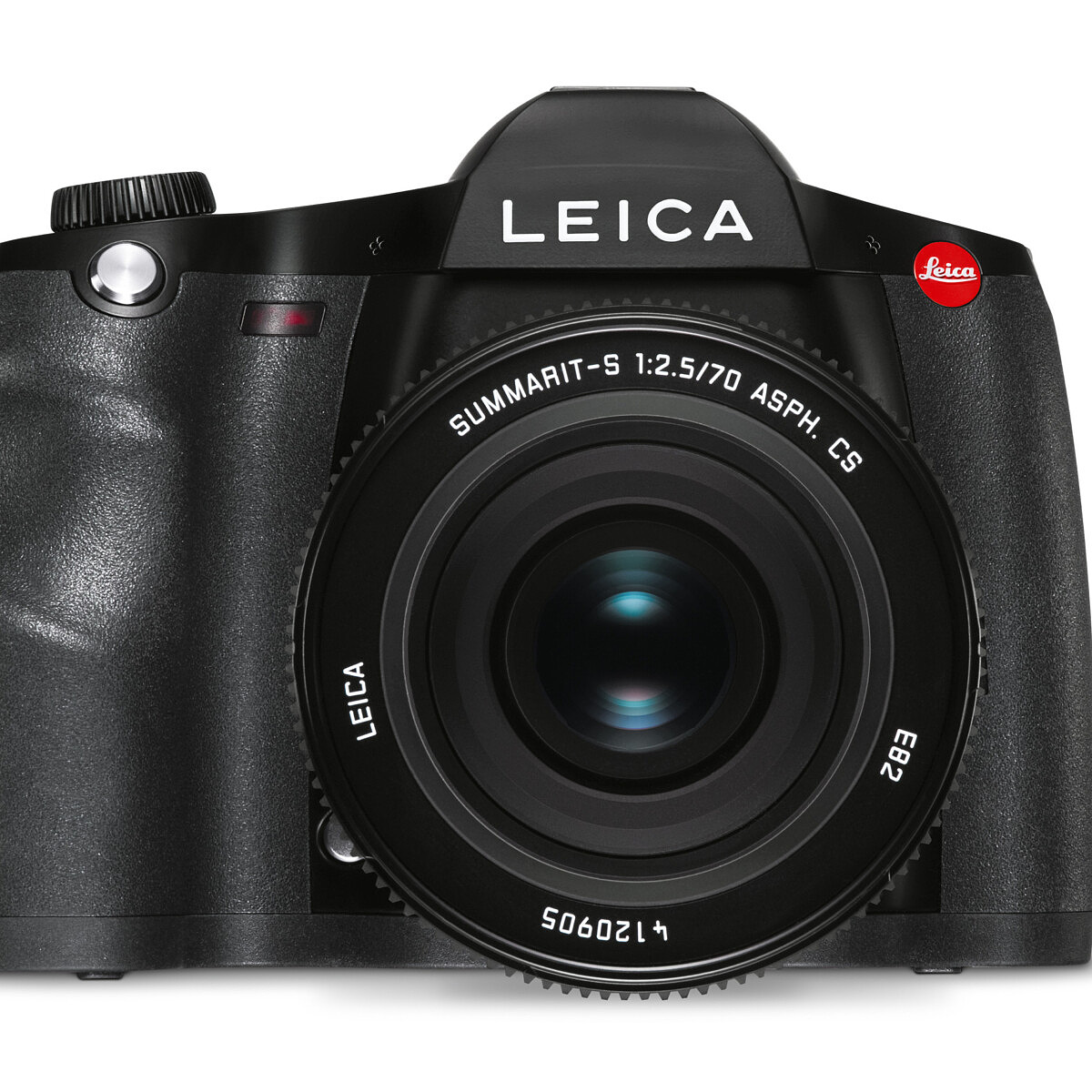
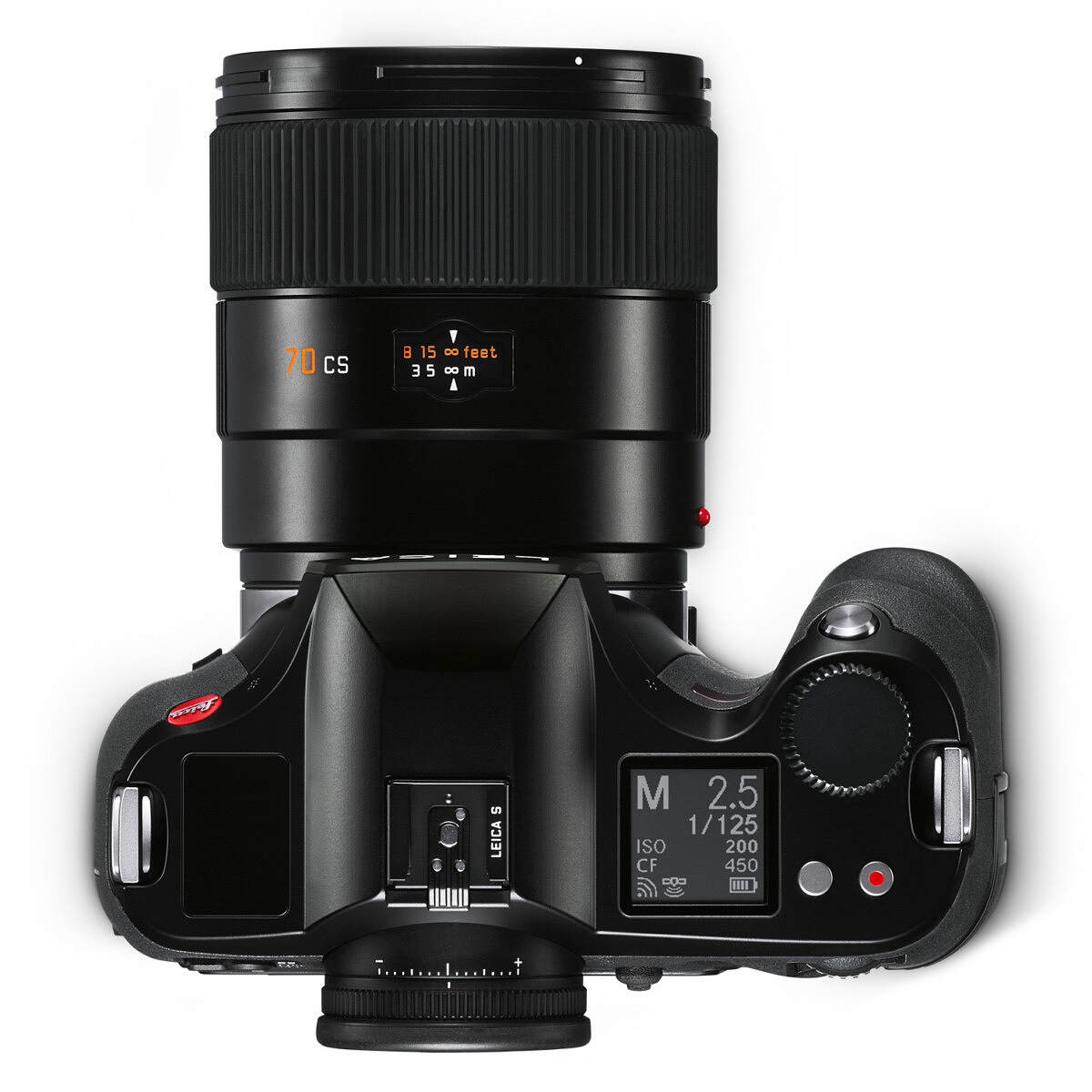
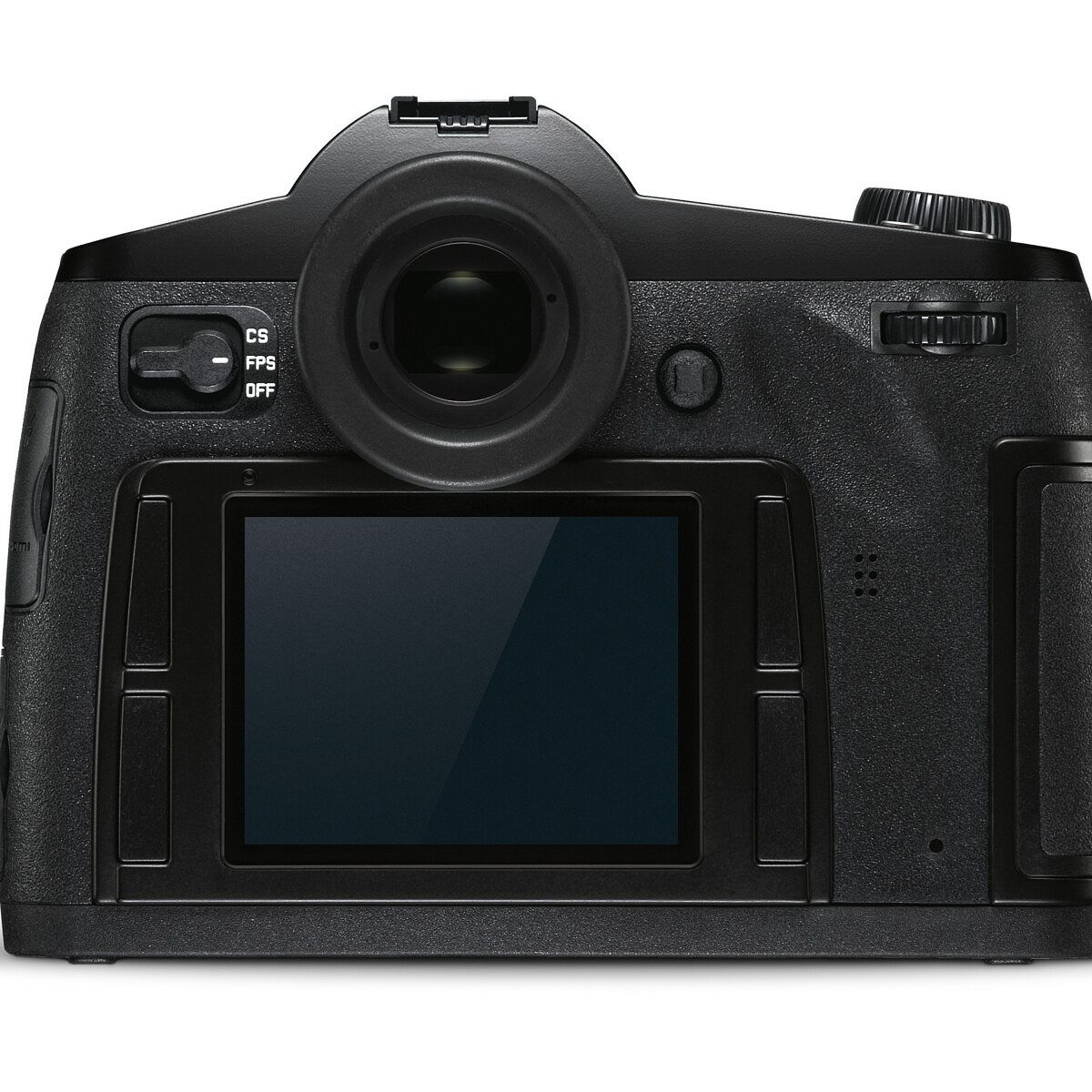
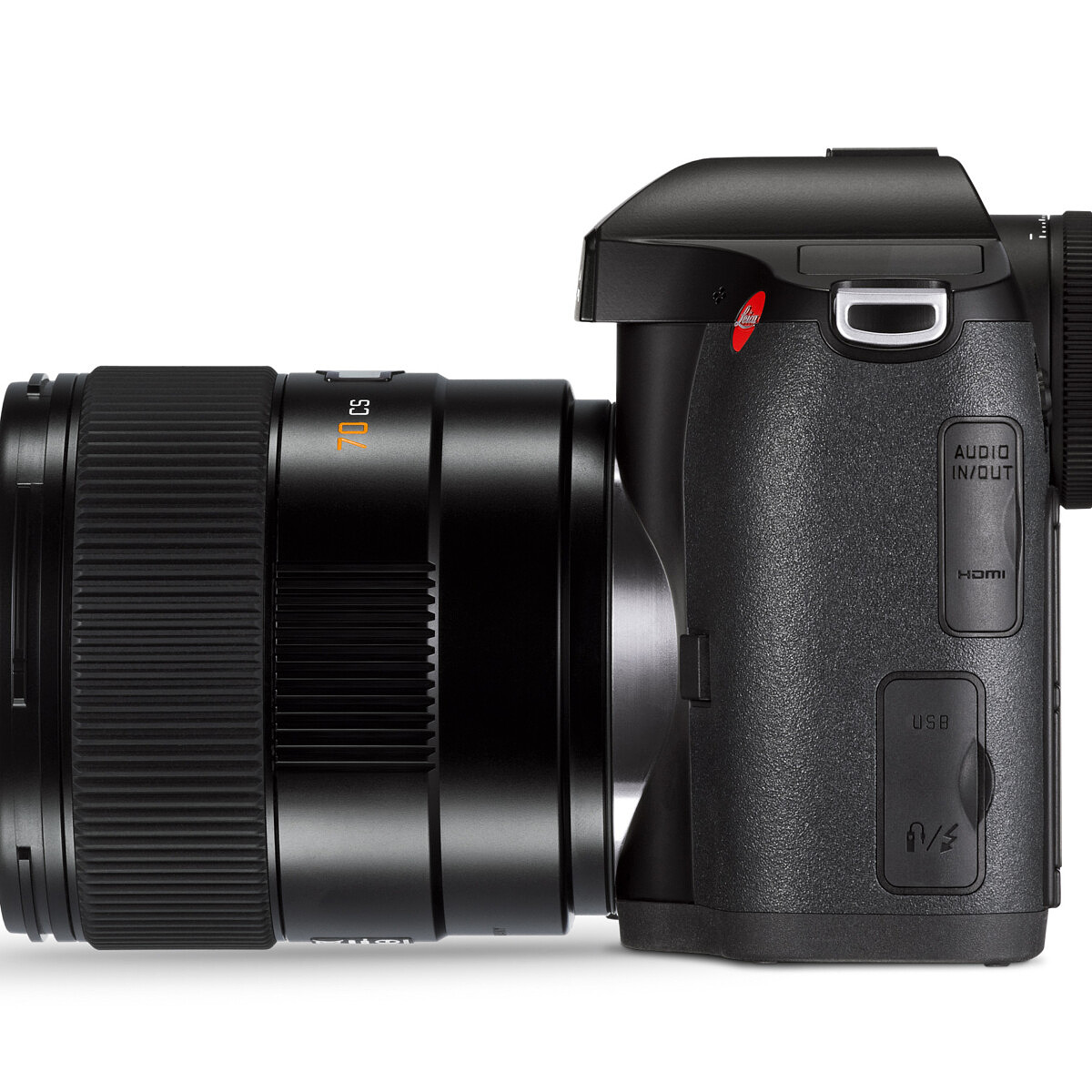
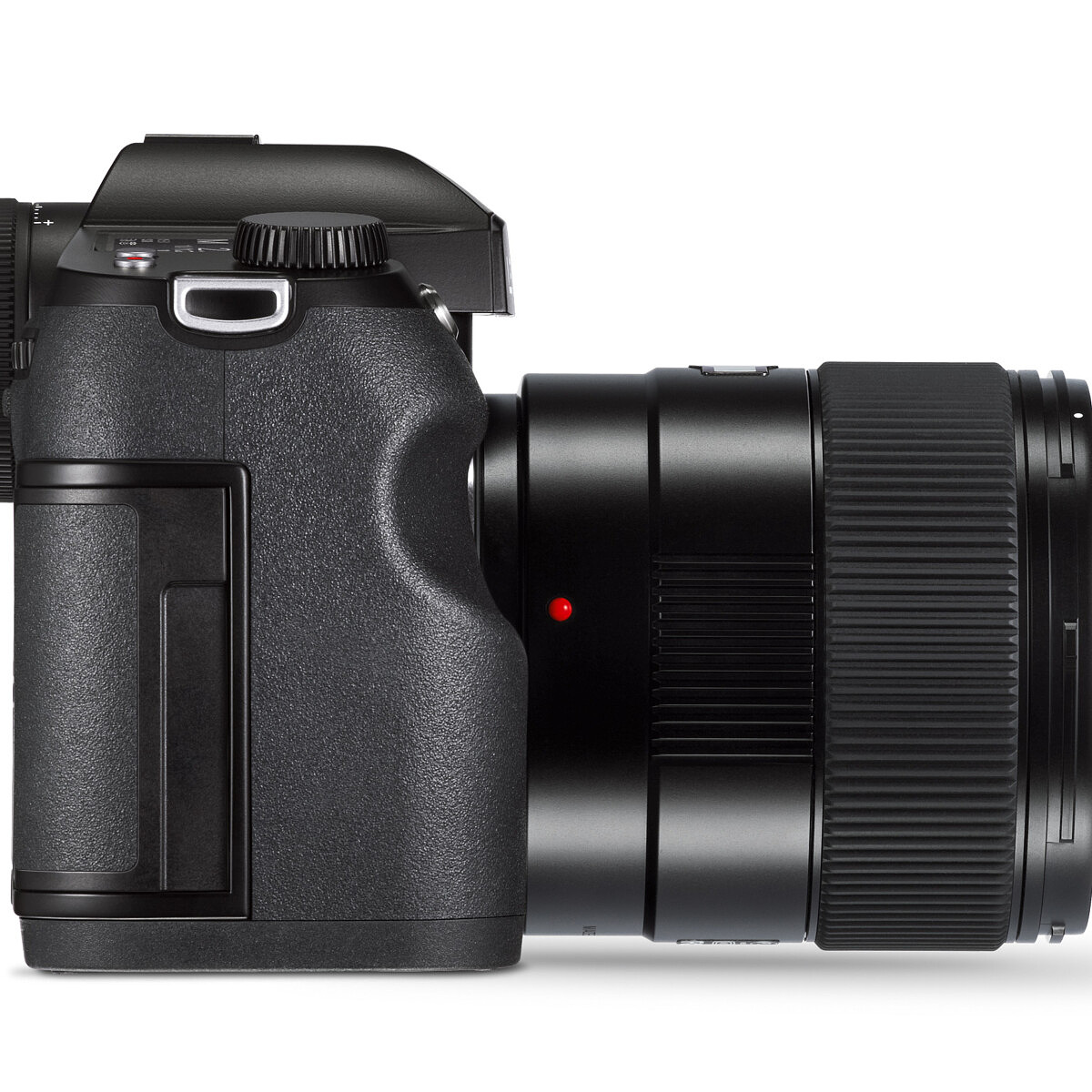
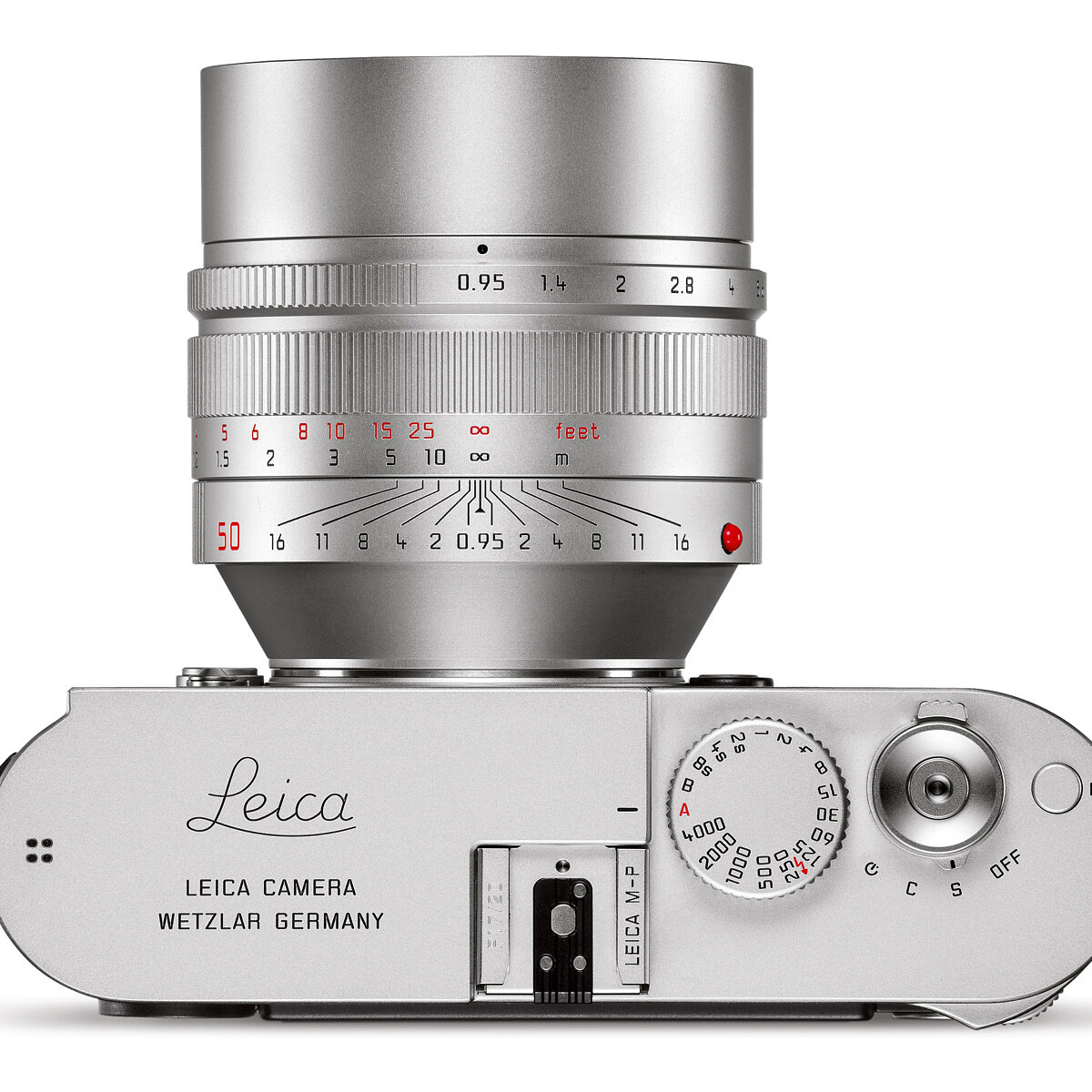
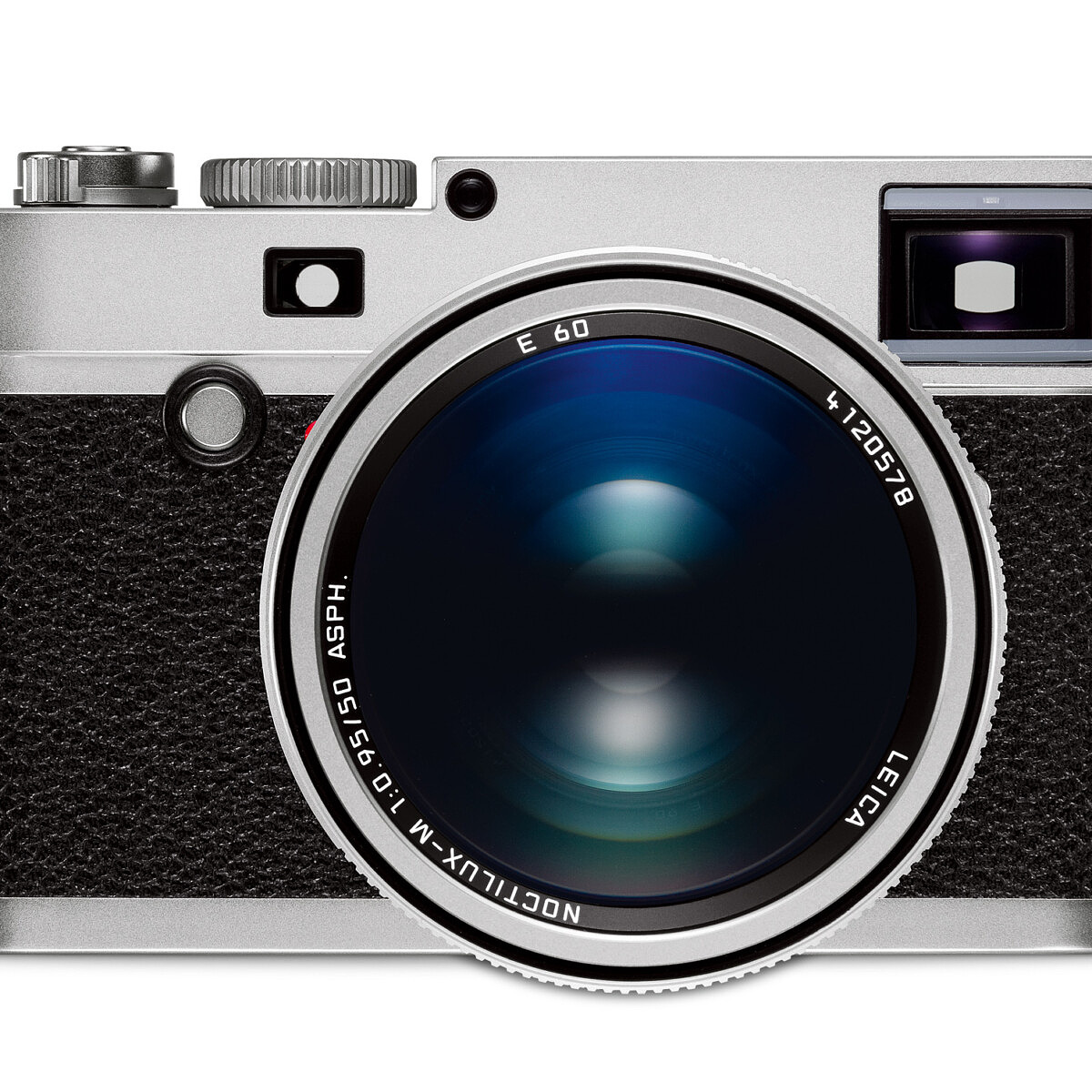
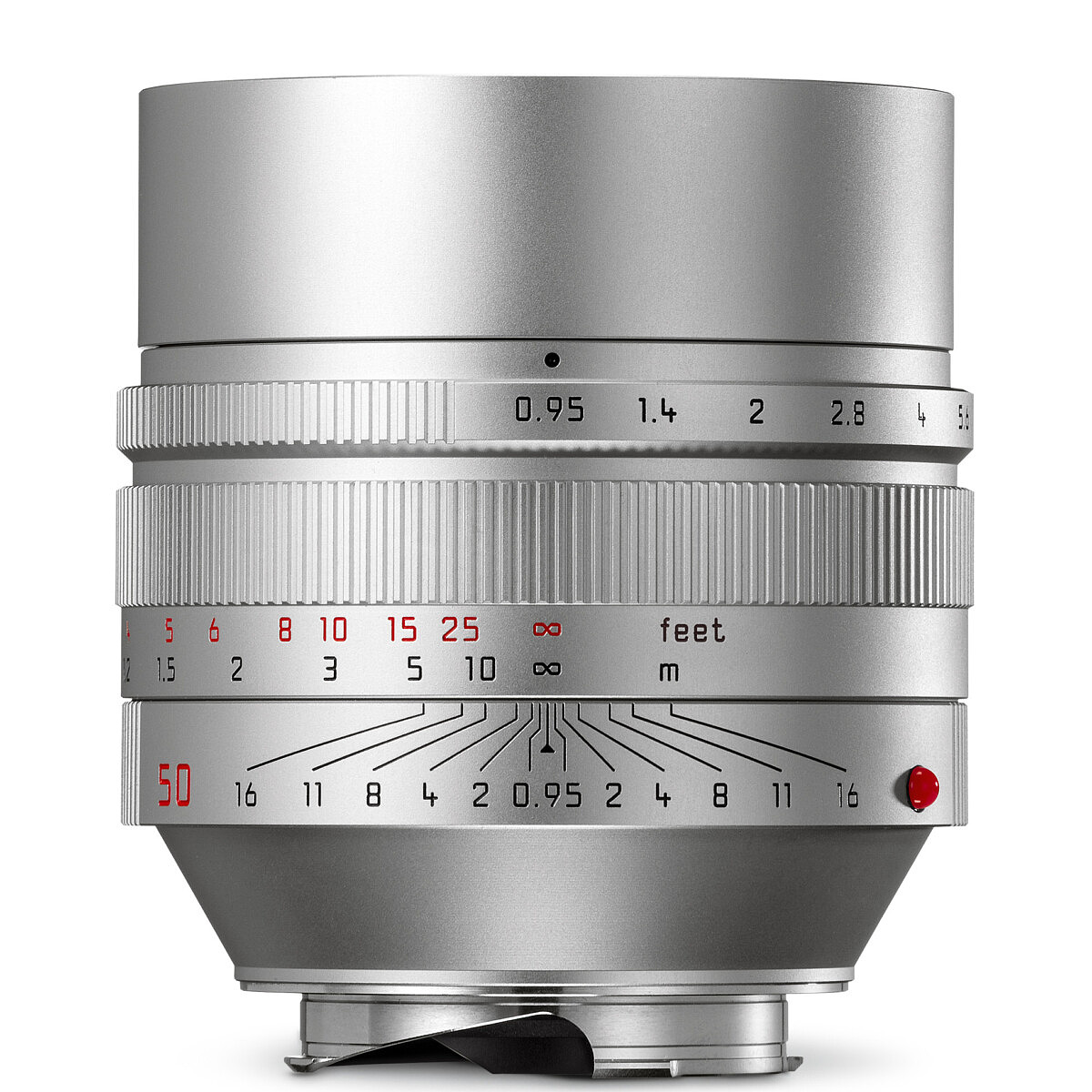
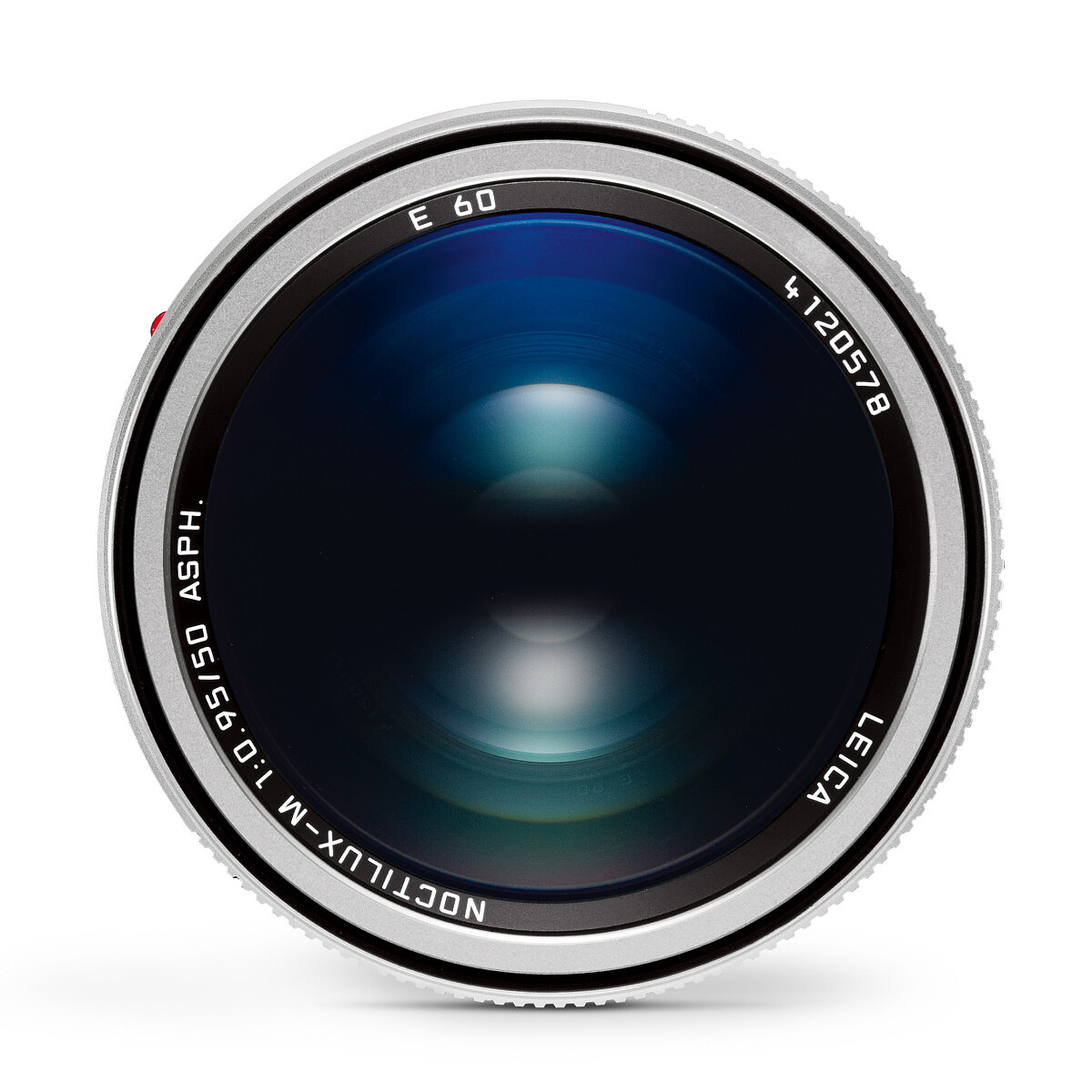
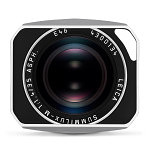
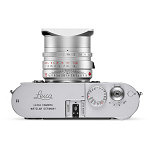
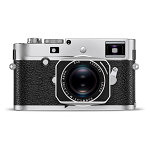
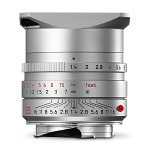
Your review of the S 100mm f/2 is very compelling. Put me down for the Noctilux of the S world!
Have a safe trip back to Florida.
Albert
Looks like this is going to be a really nice portrait lens. Can't wait to try it.
Leica Summicron-S 100mm f/2 ASPH is really a pretty lens
I would love to try this lens out!
There is no CS version planned for the 100mm Summicron-S. My understanding is that the aperture is too wide to allow for the smaller CS mechanism.